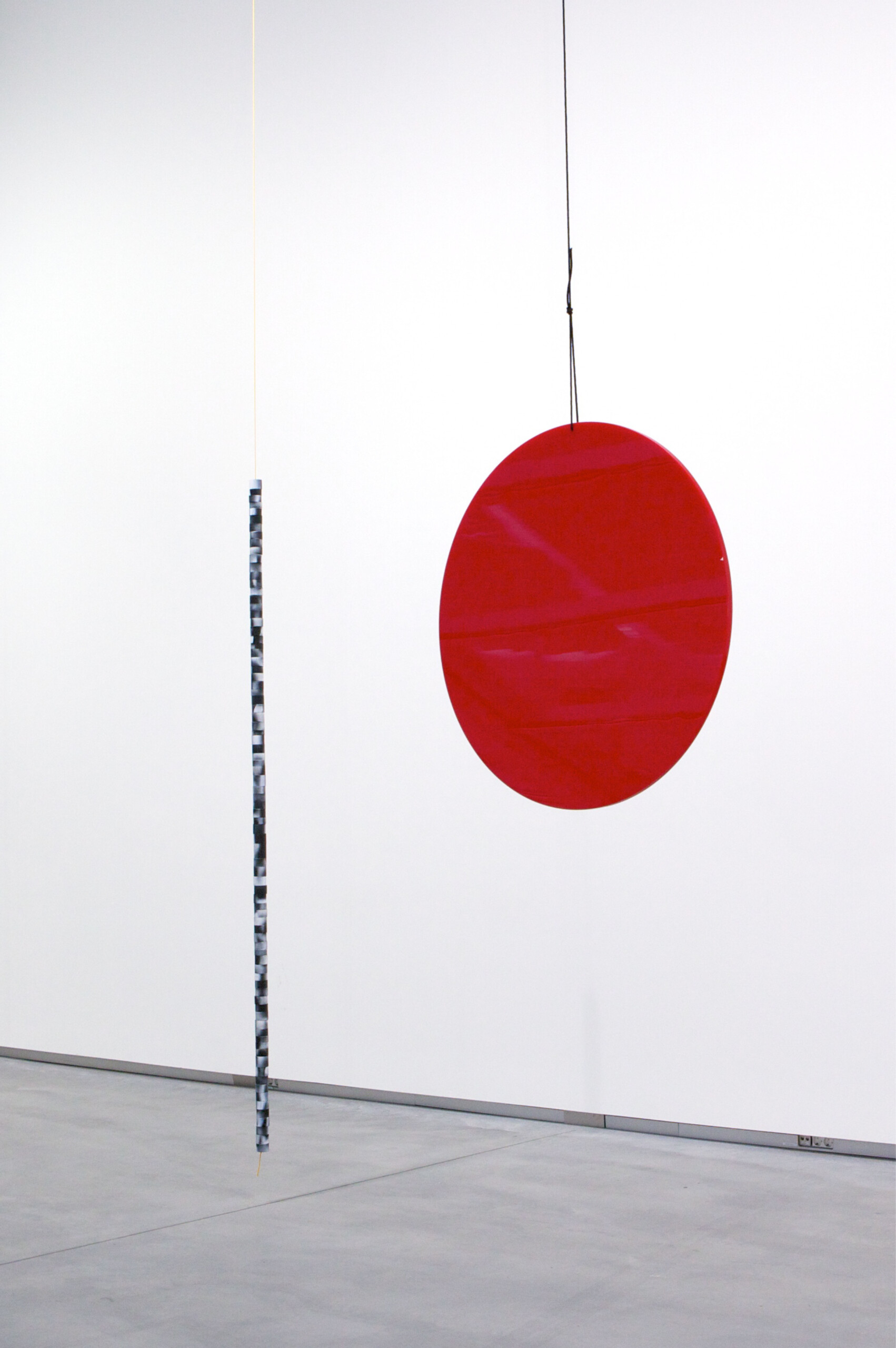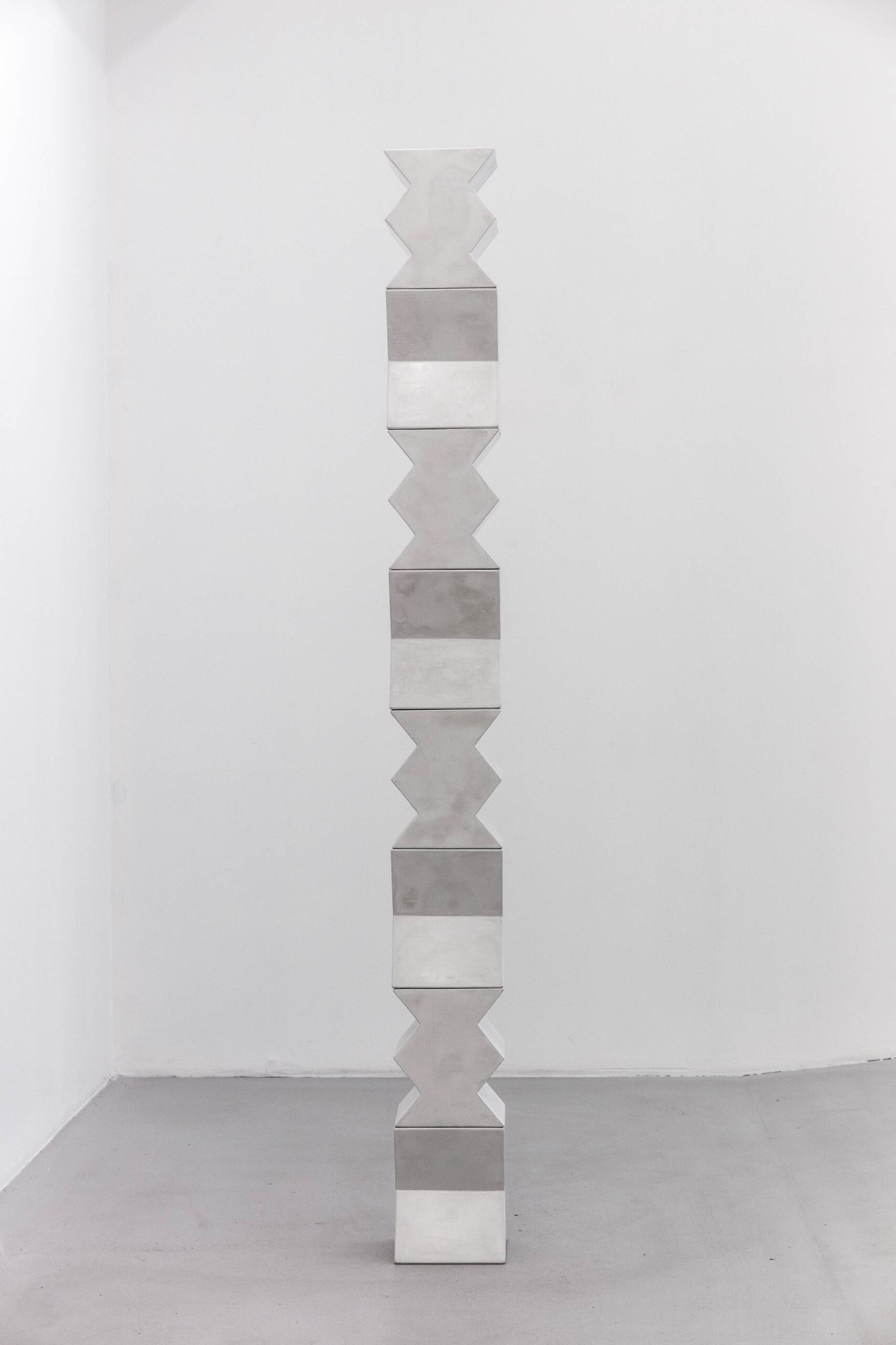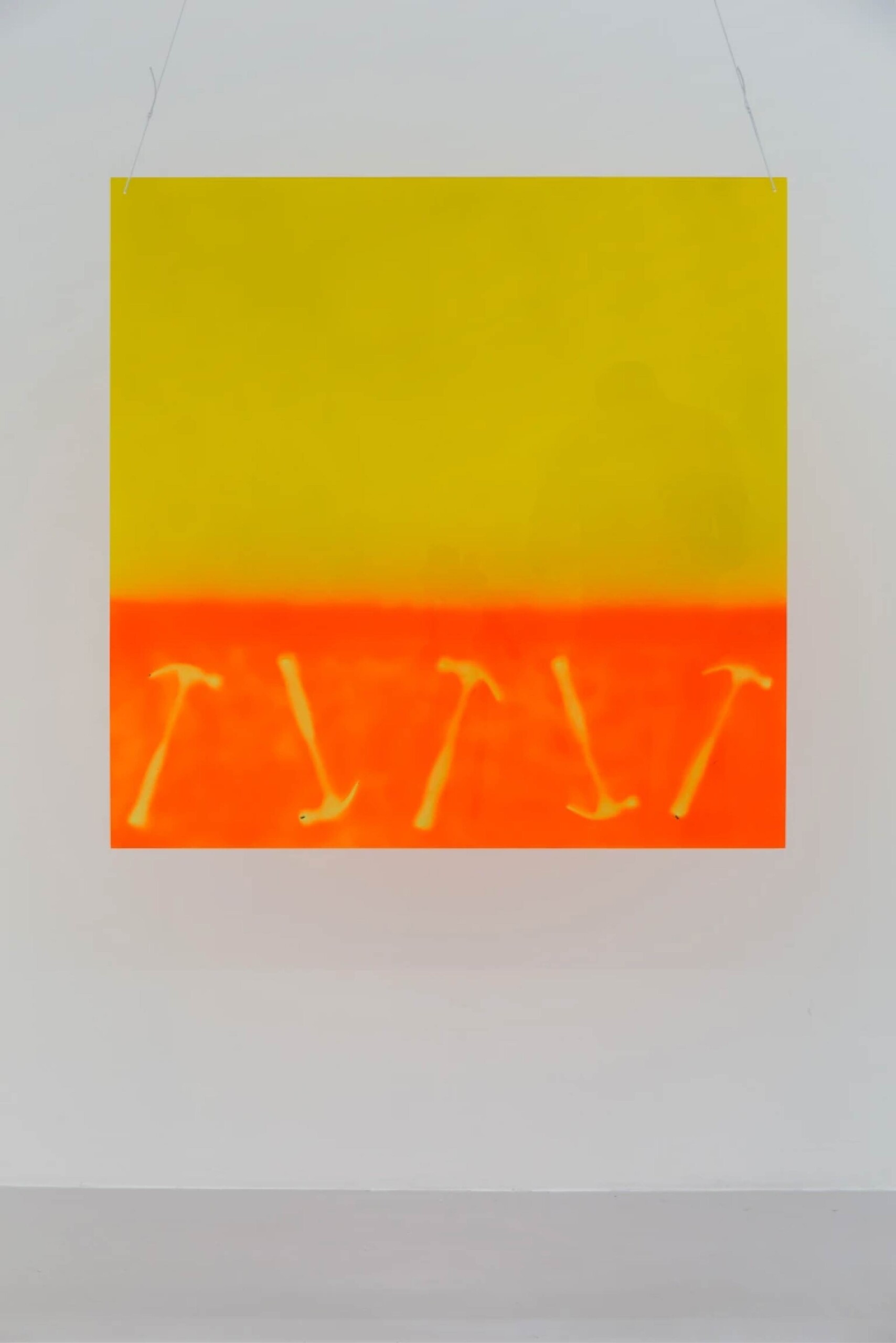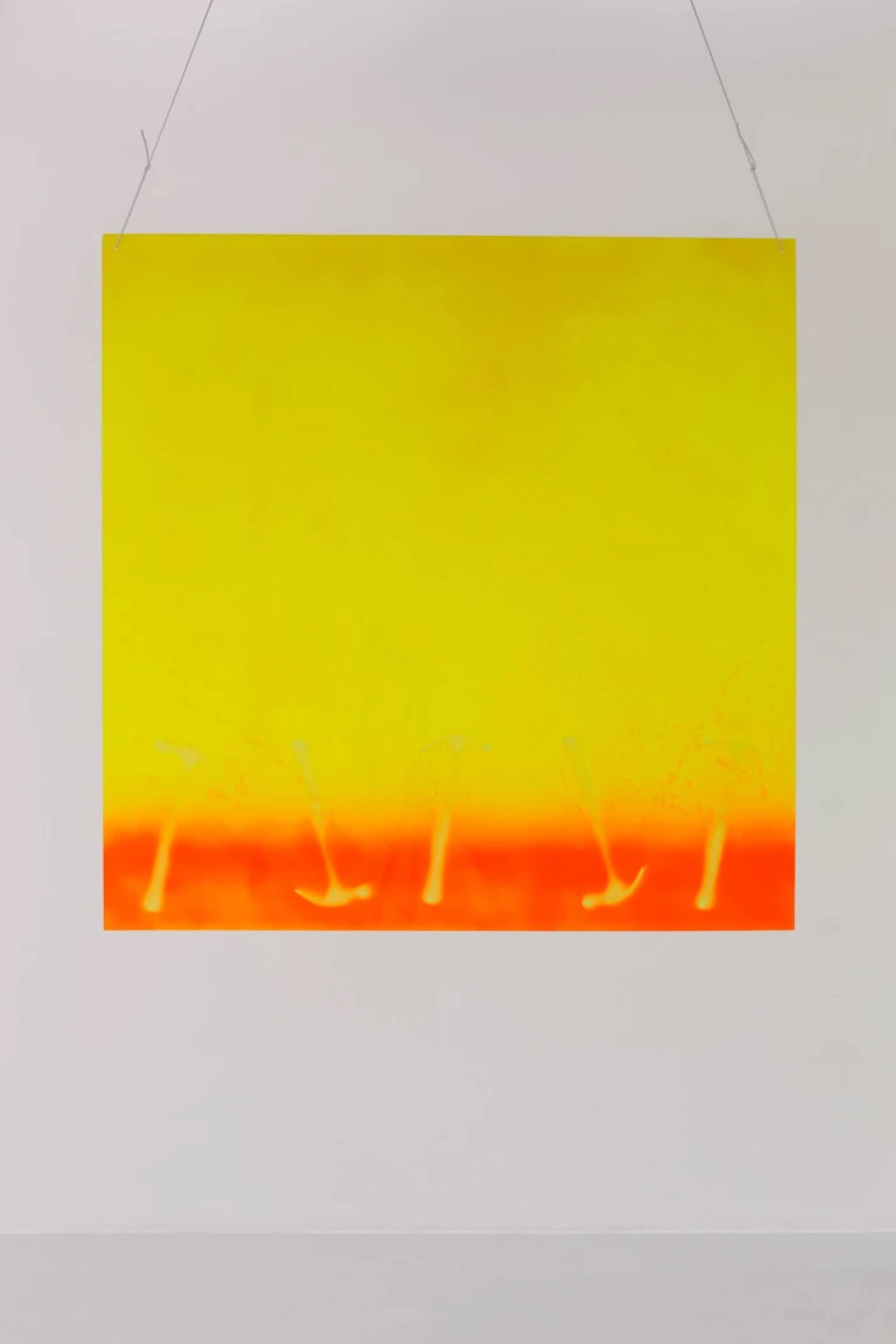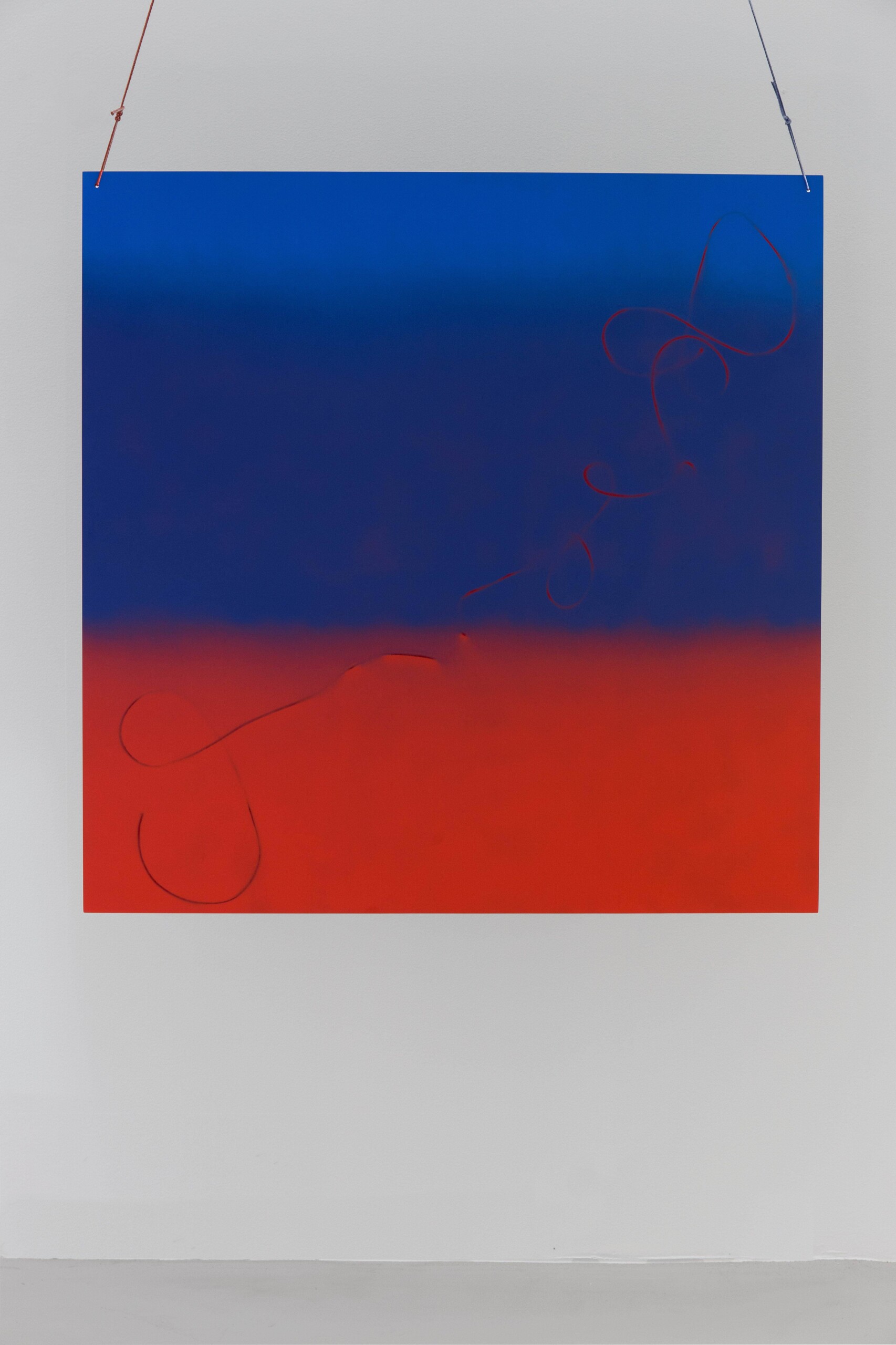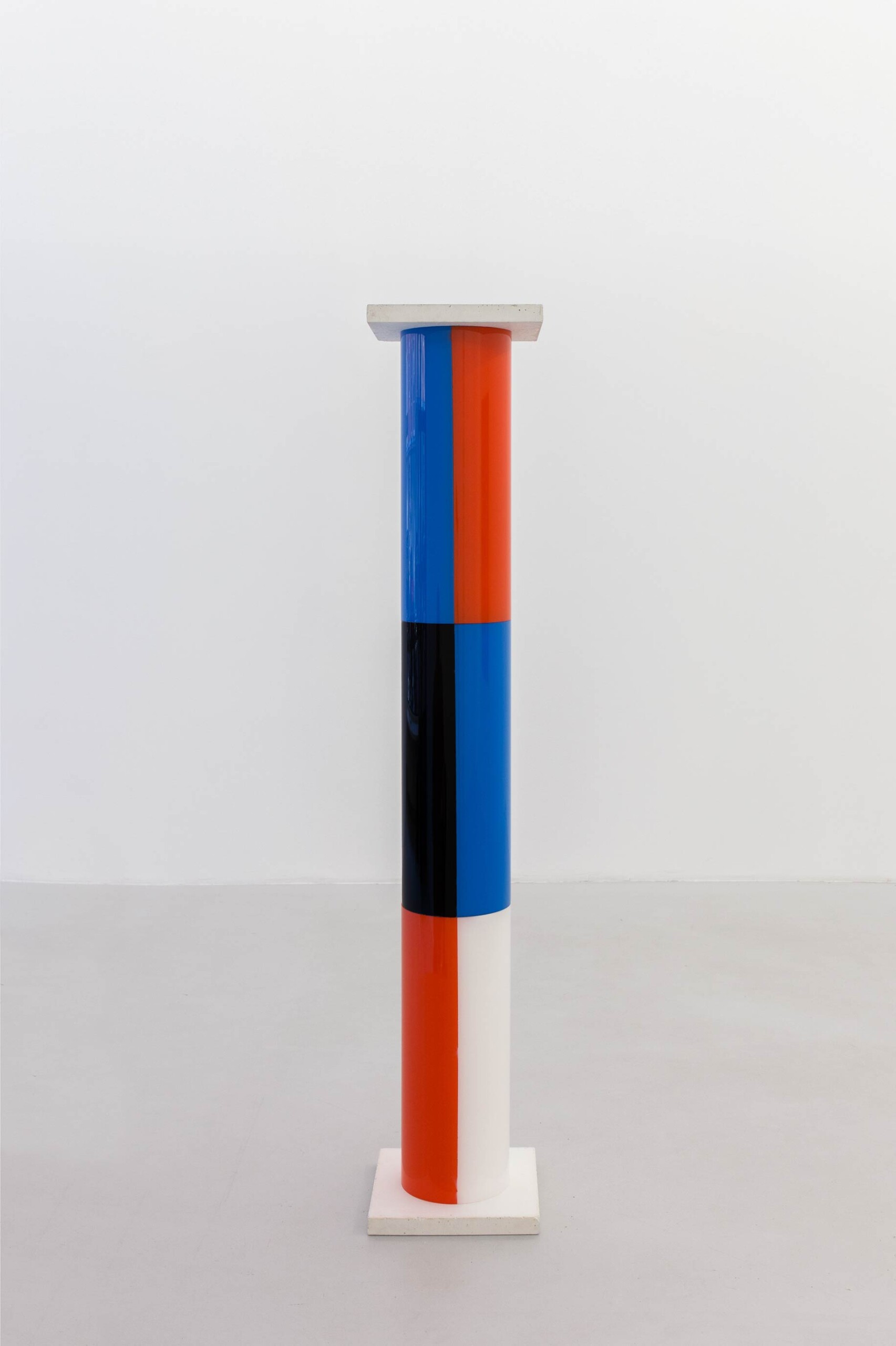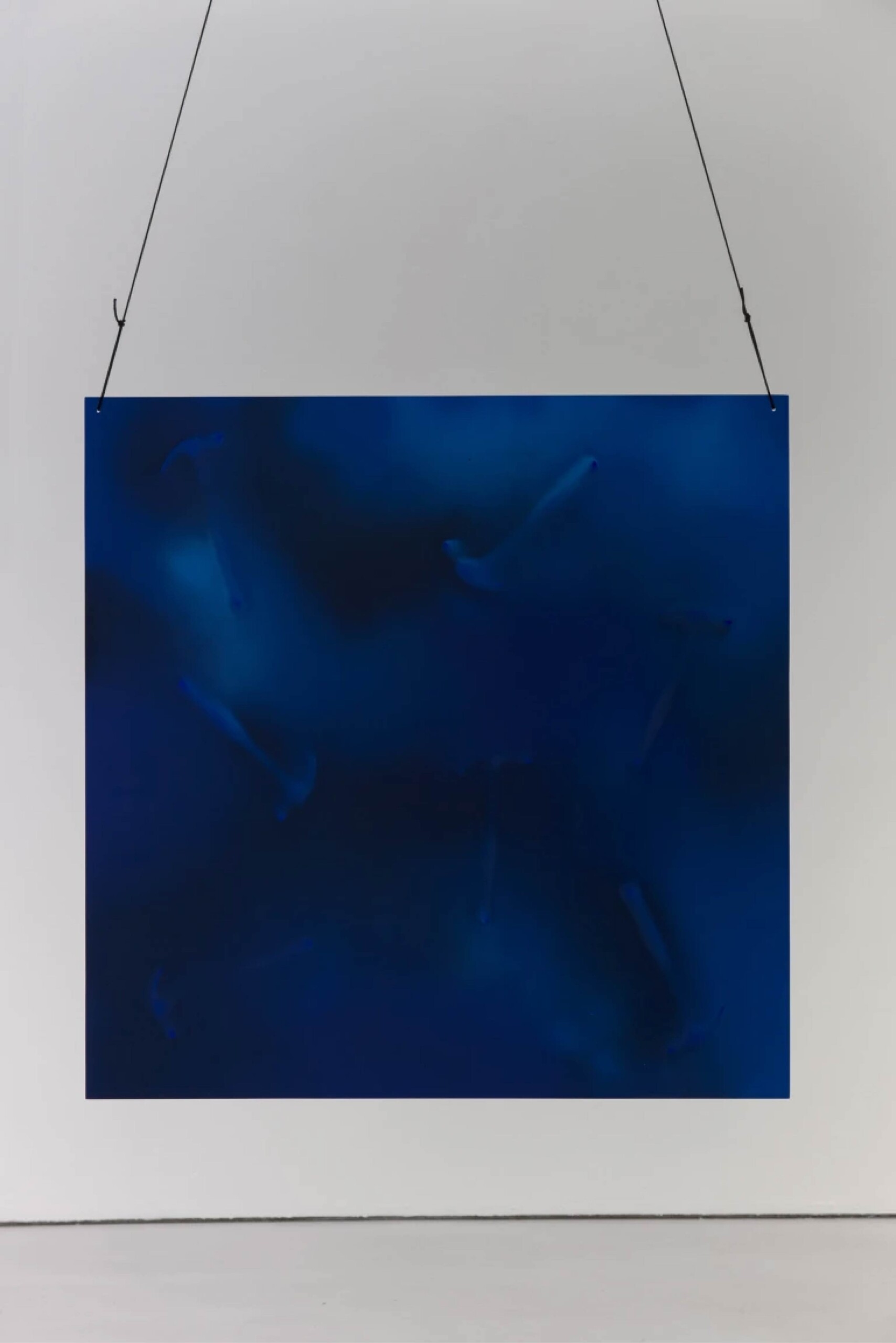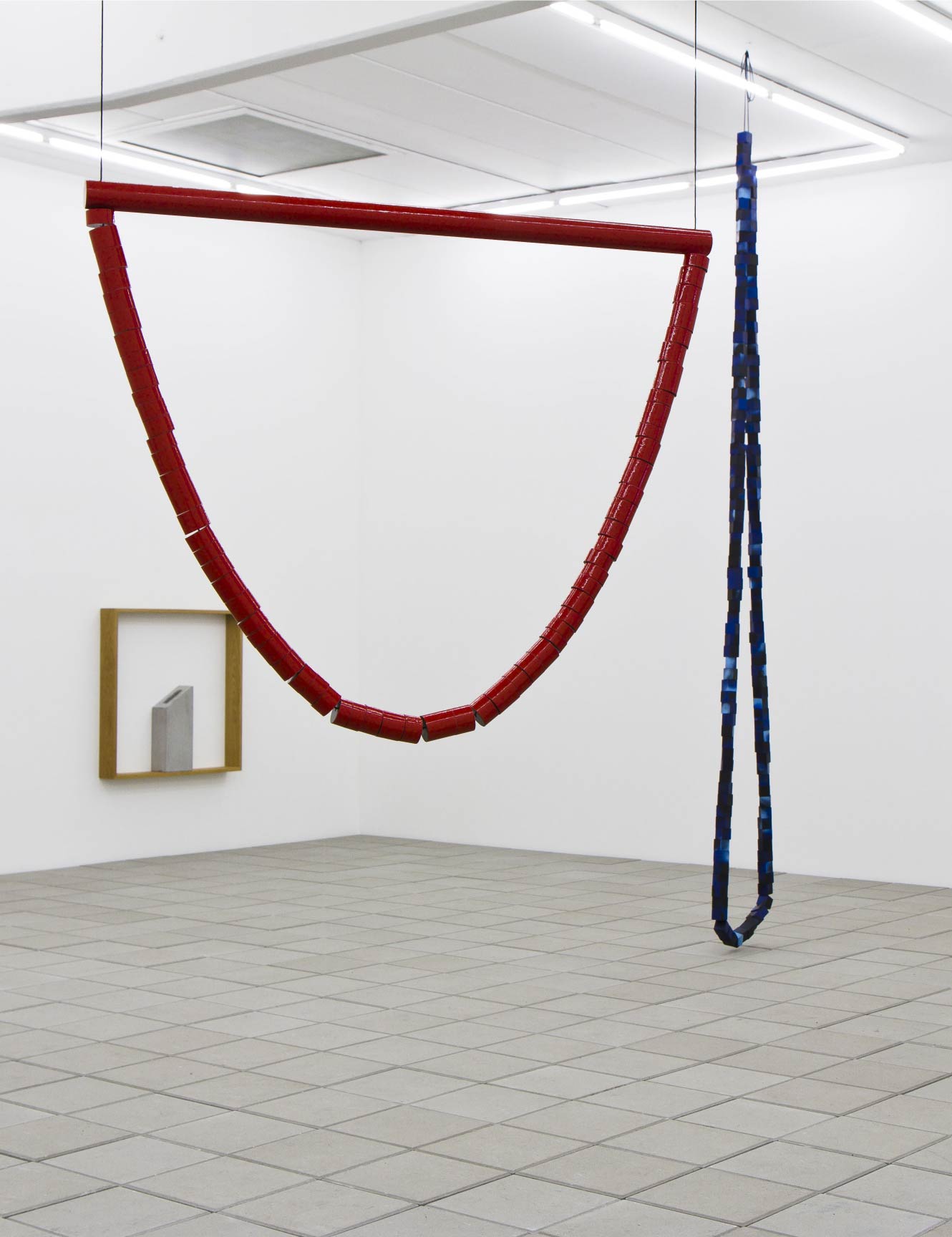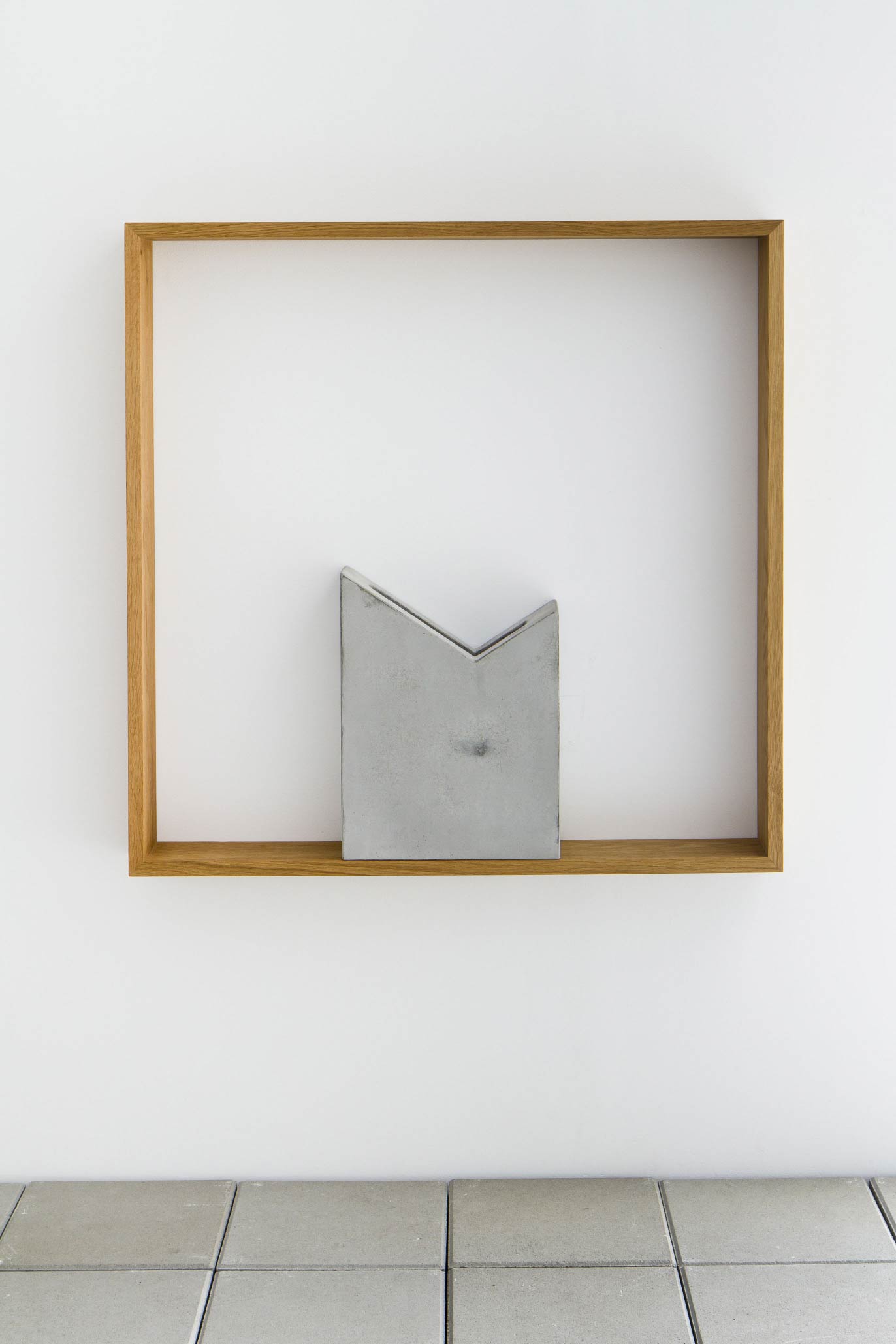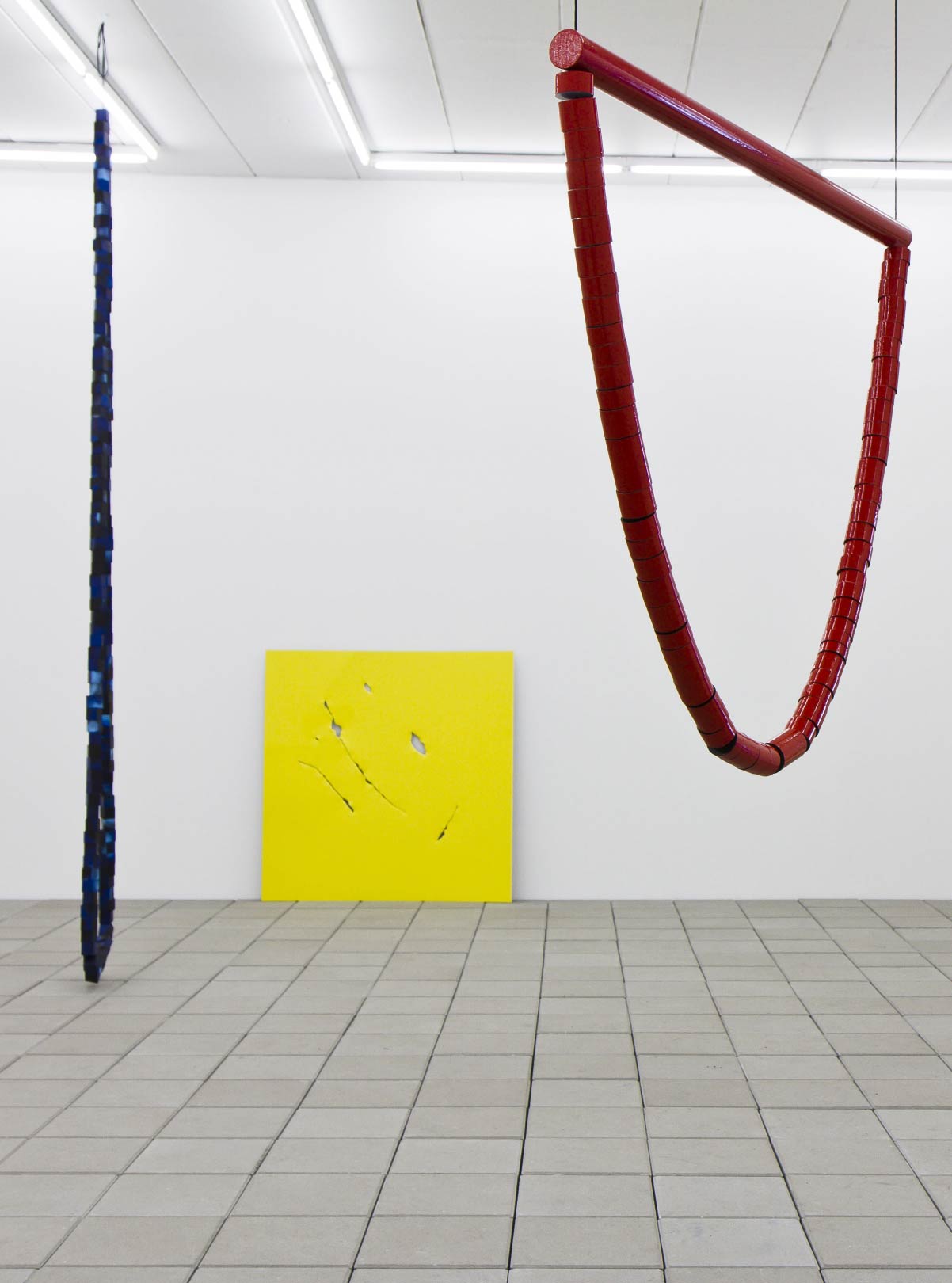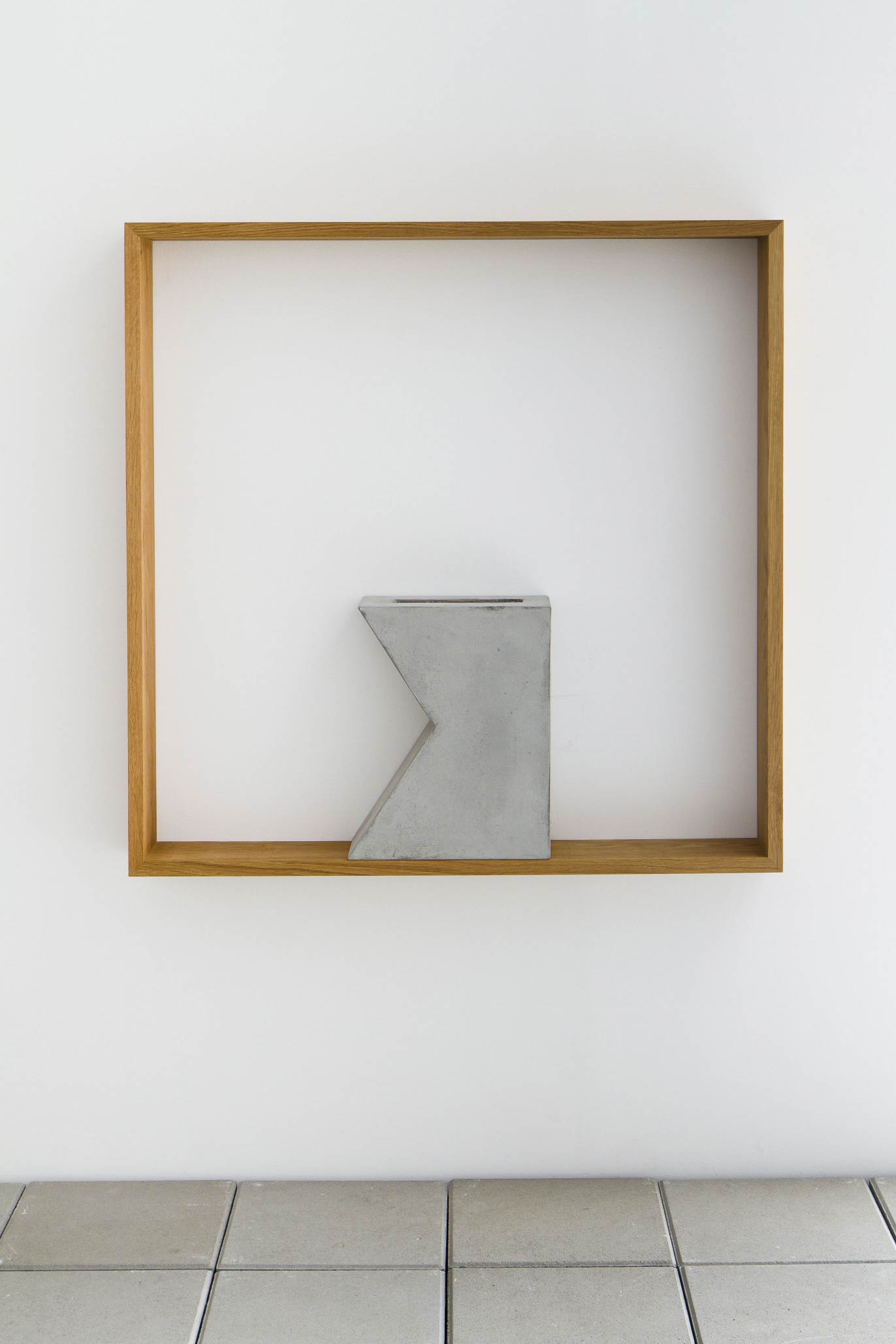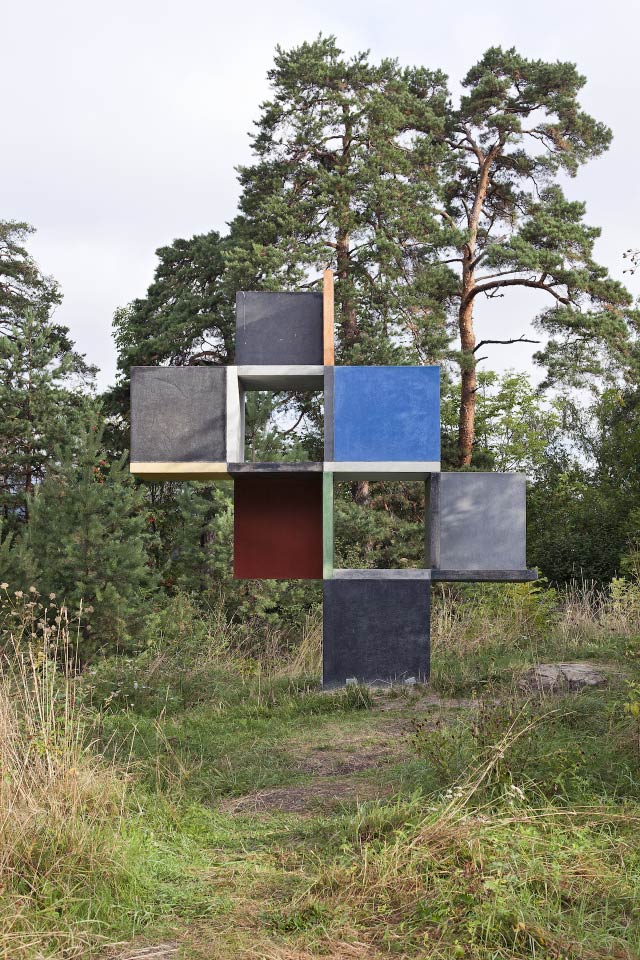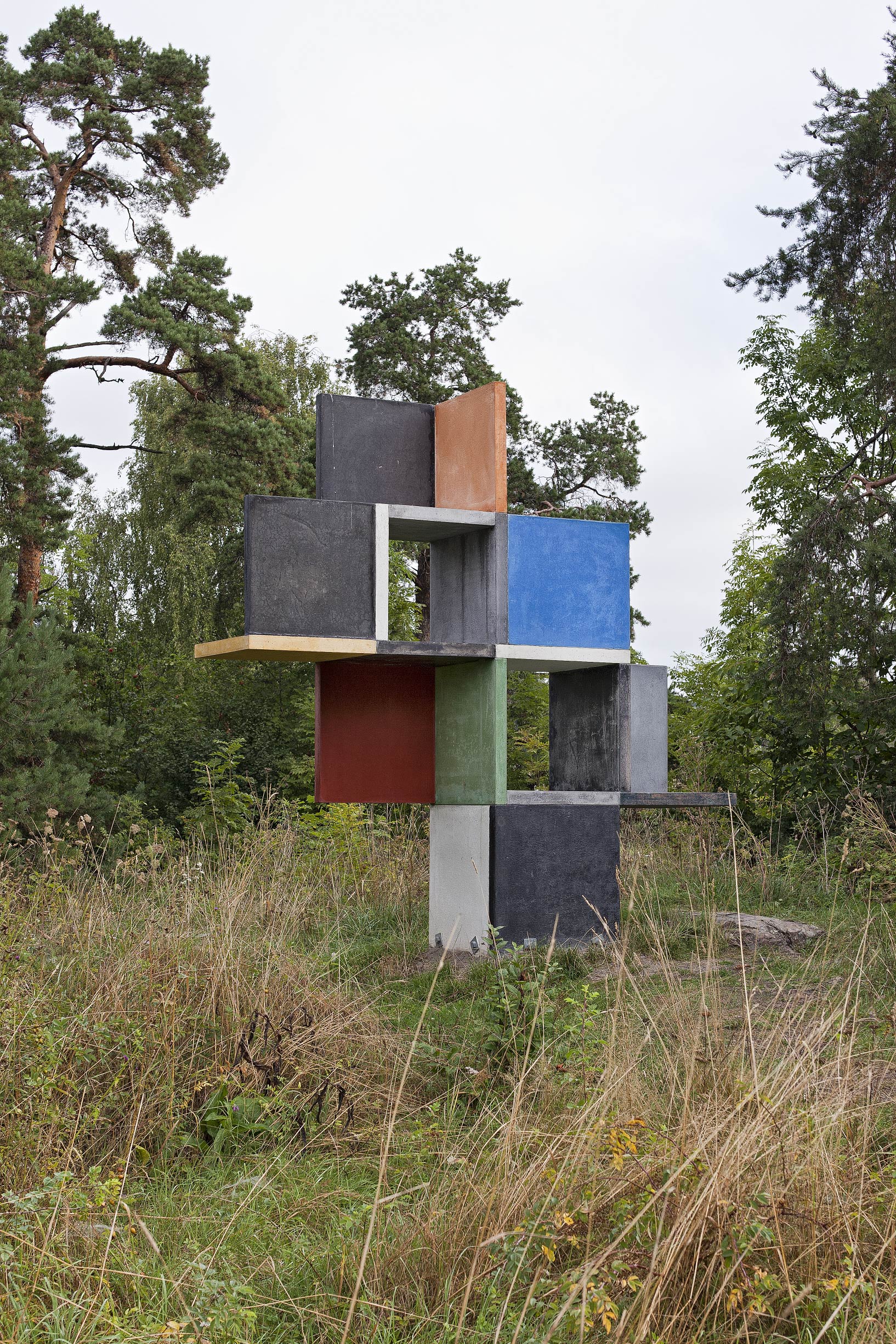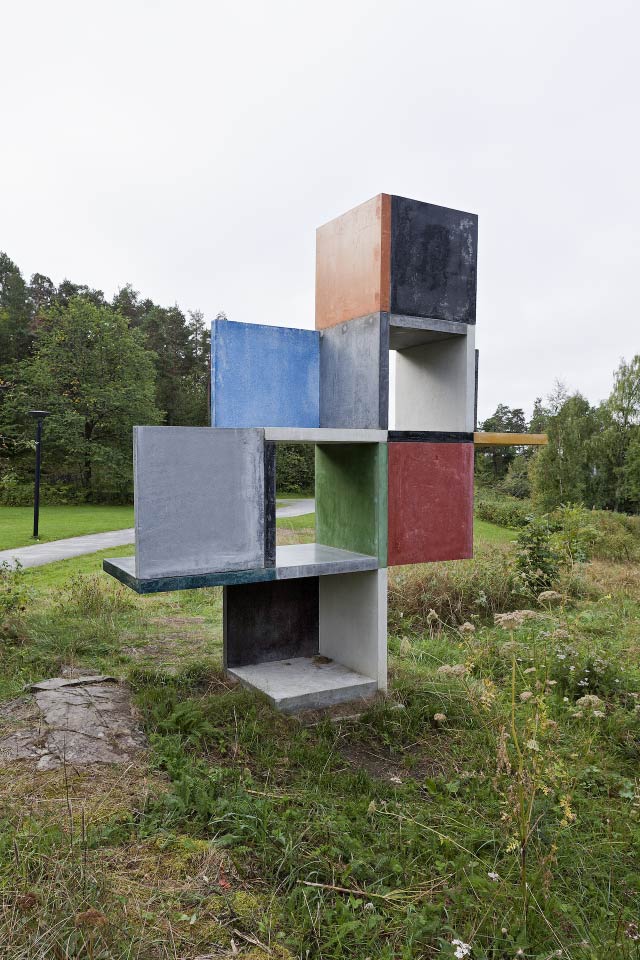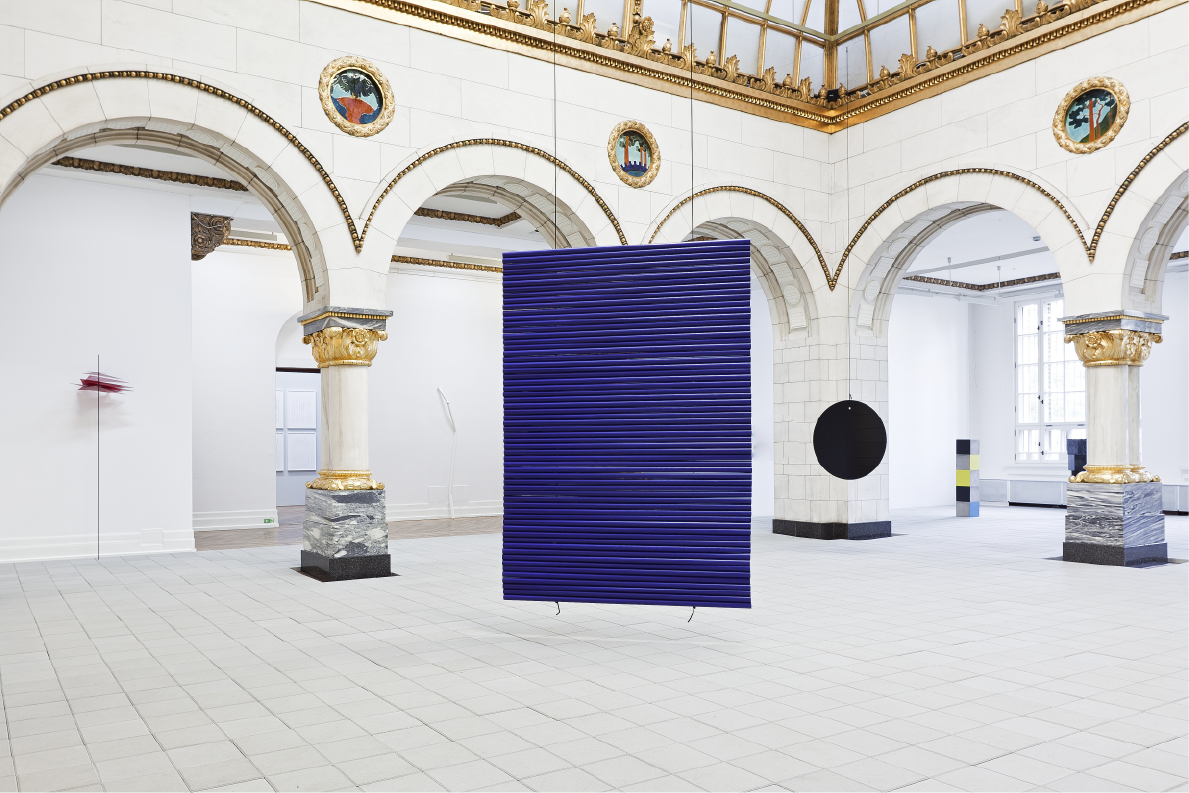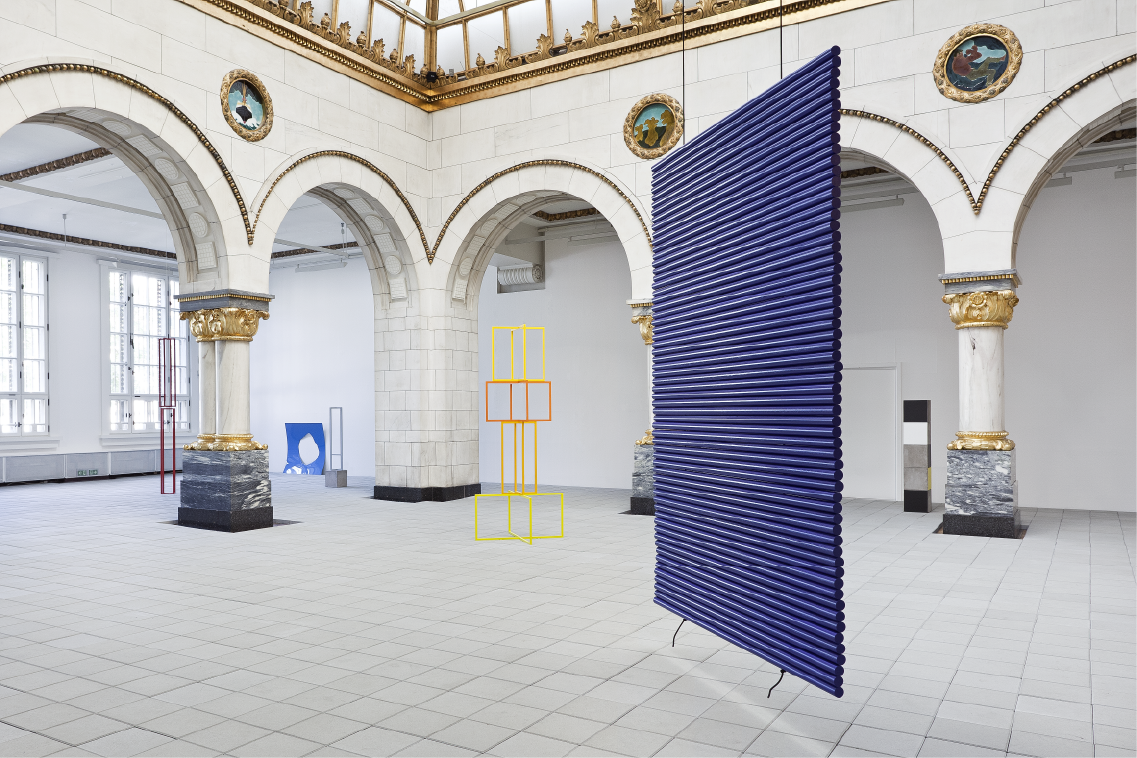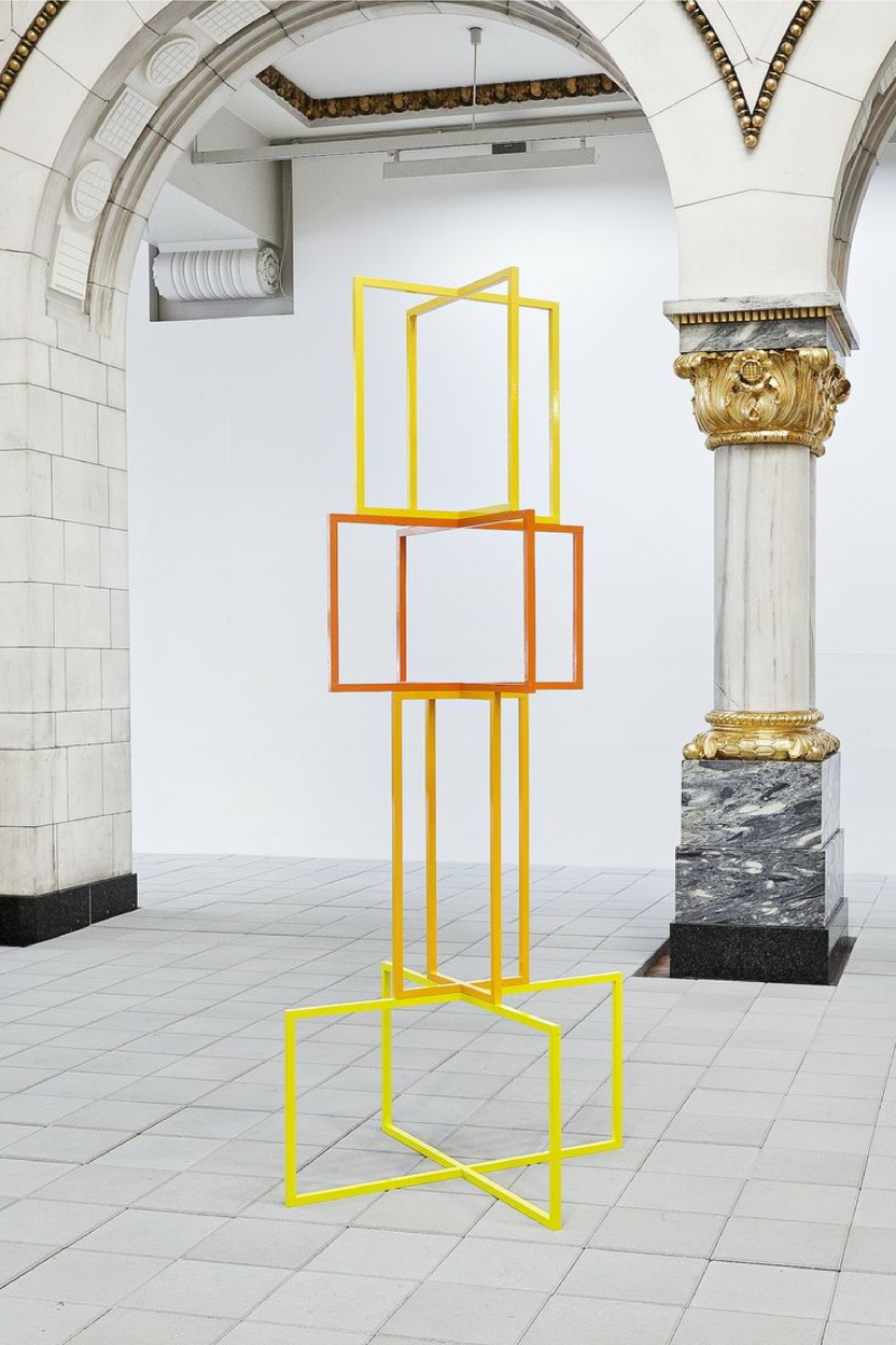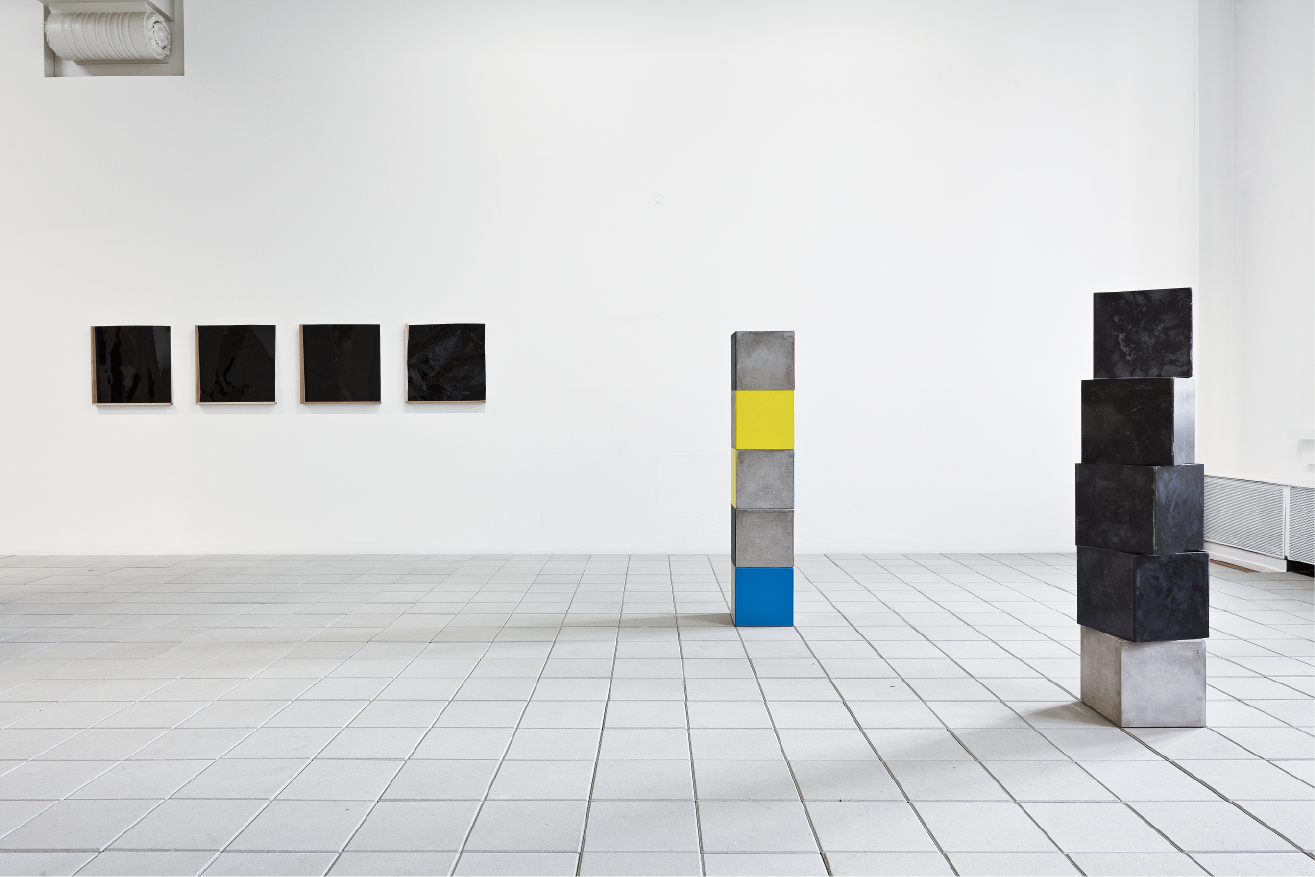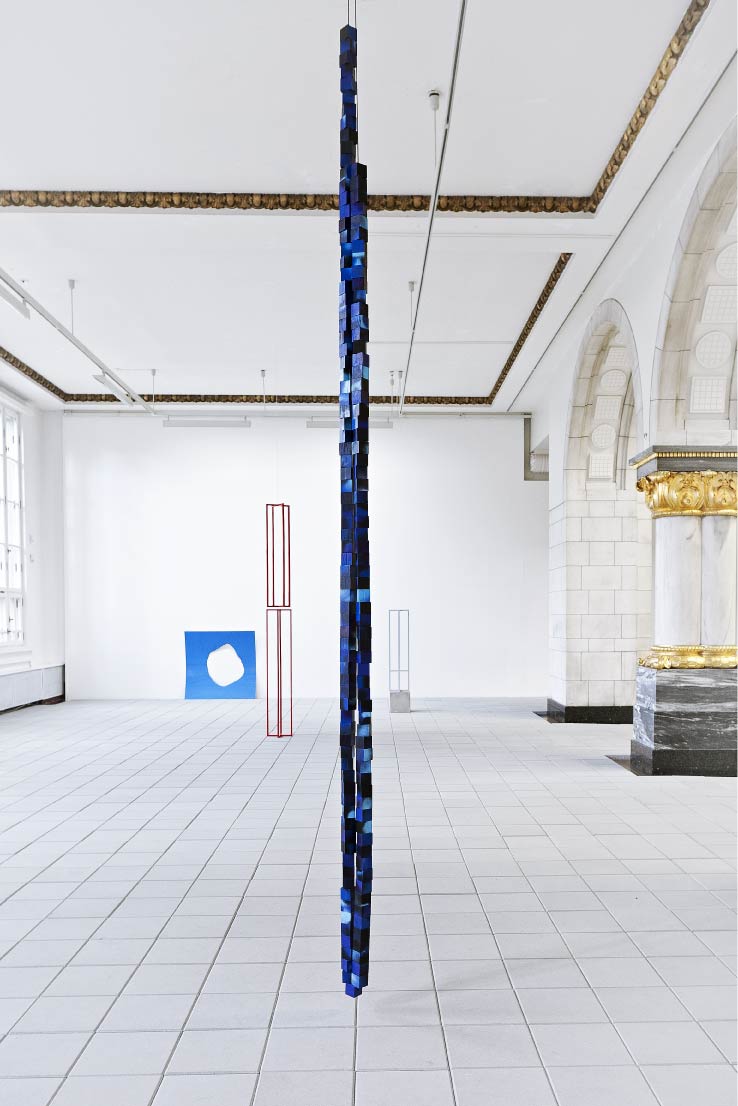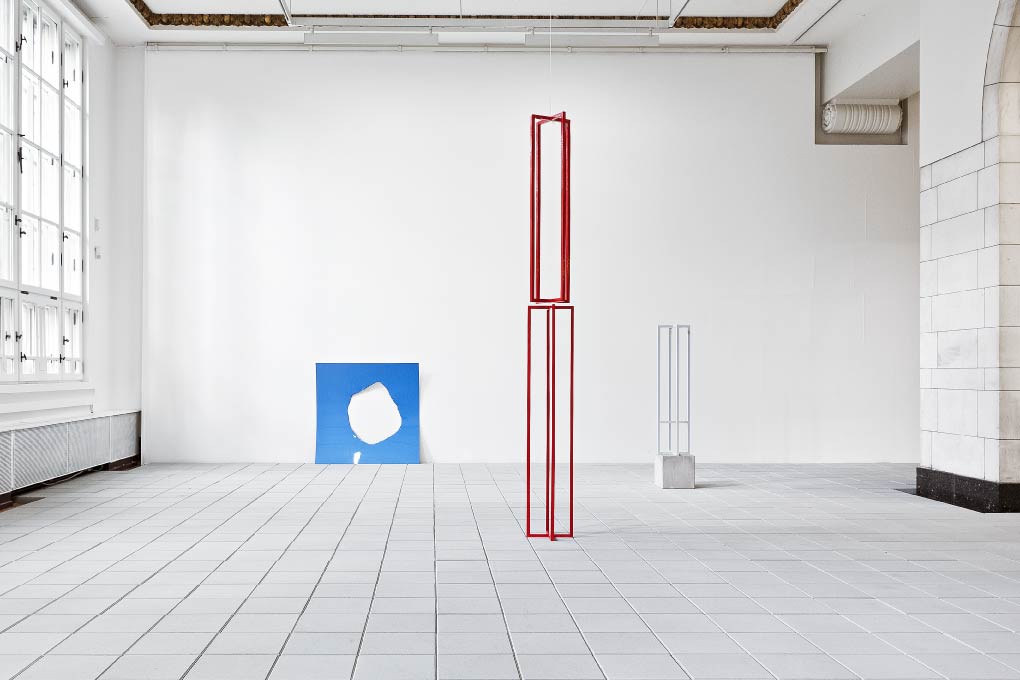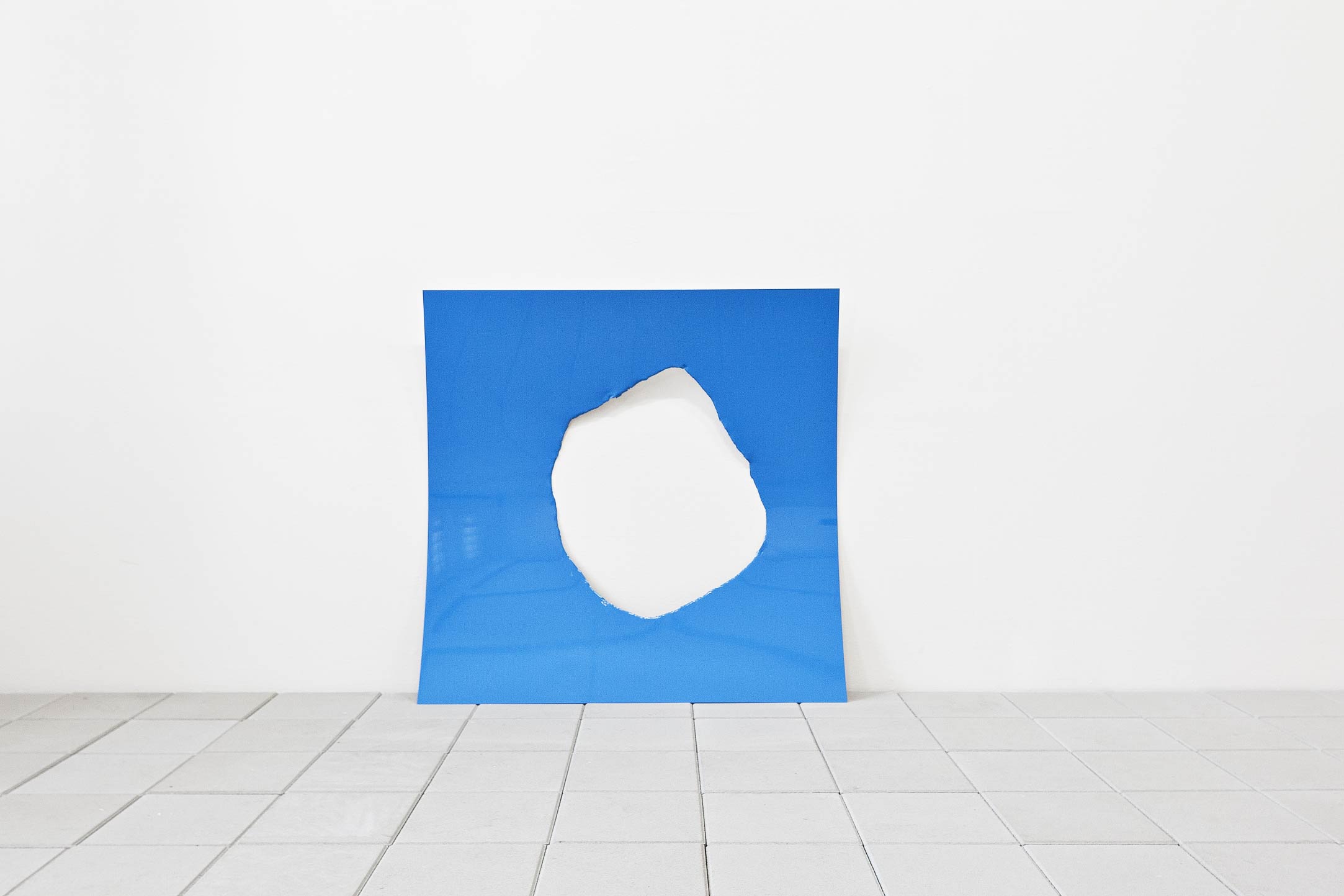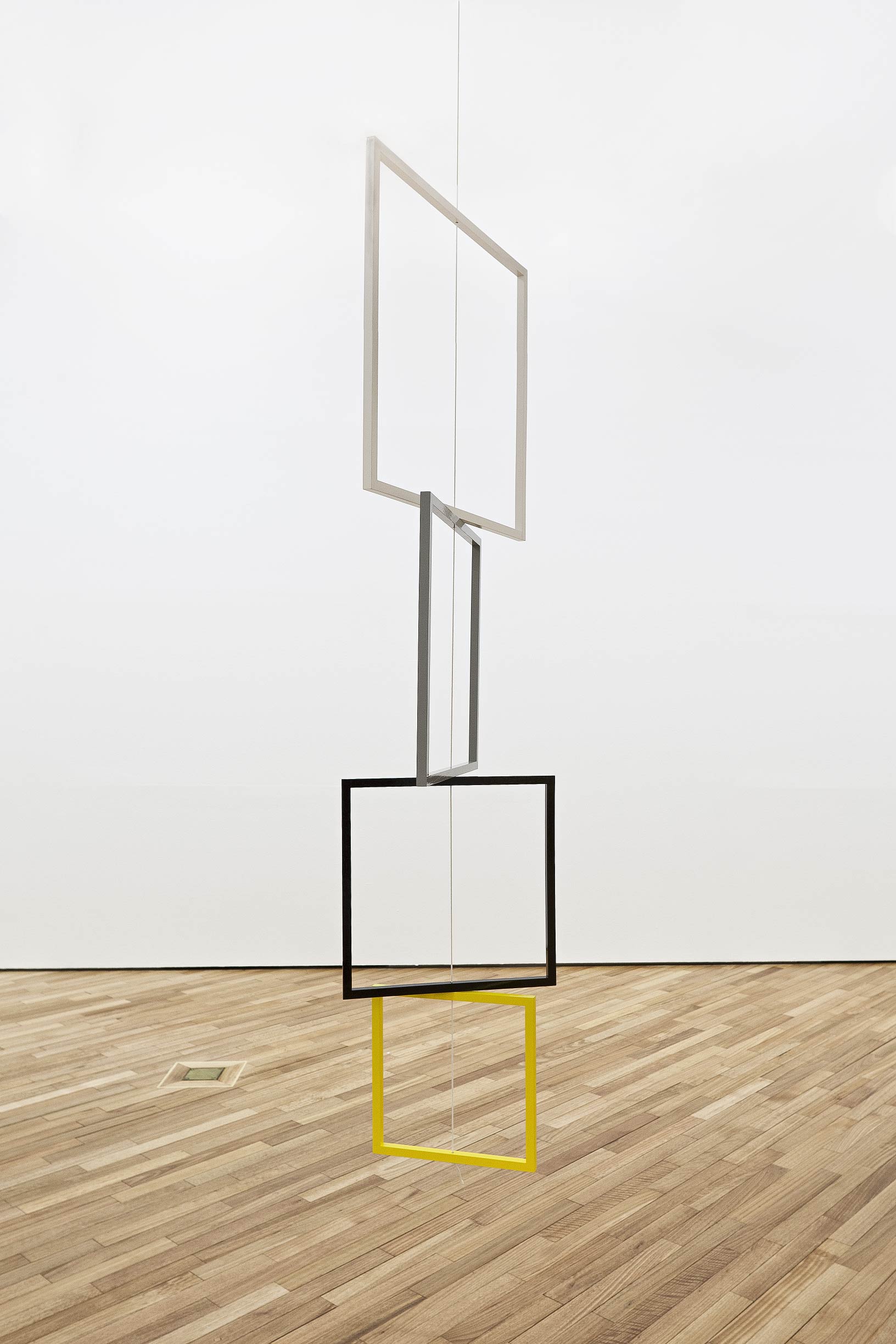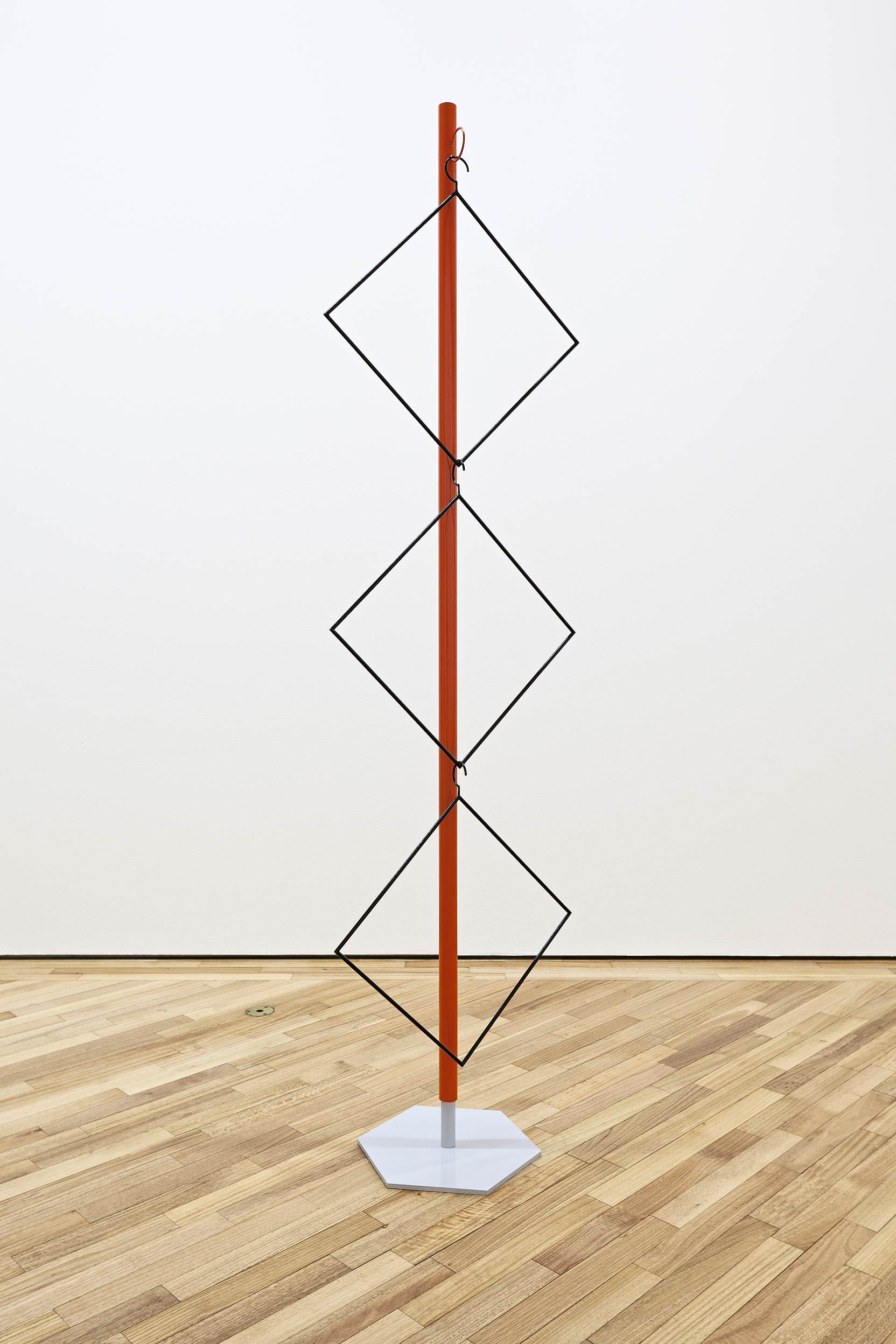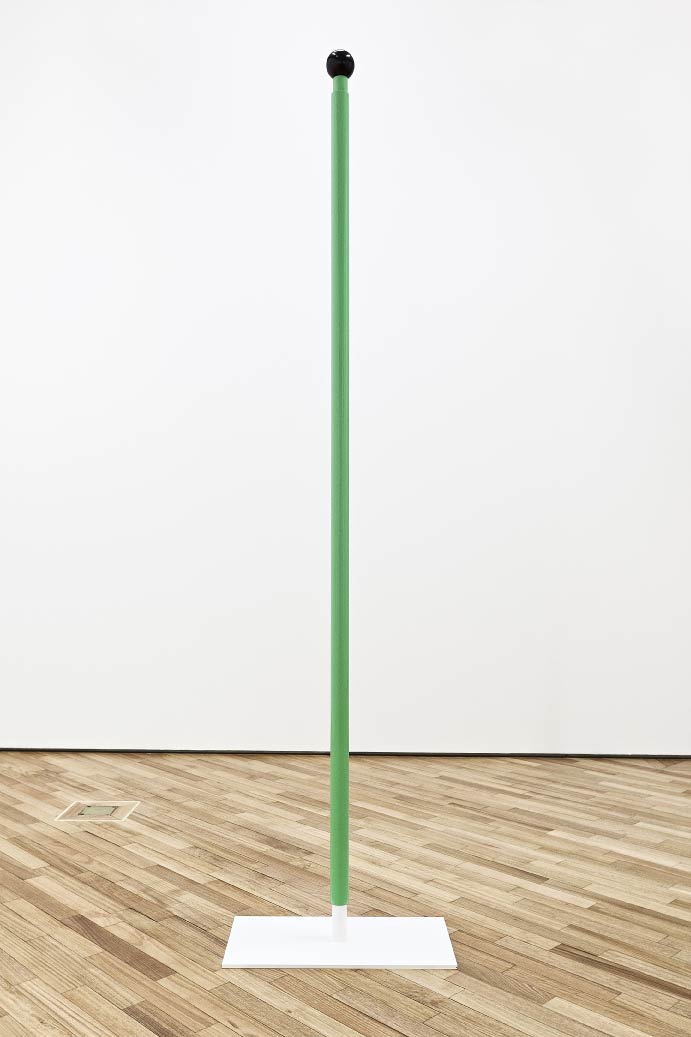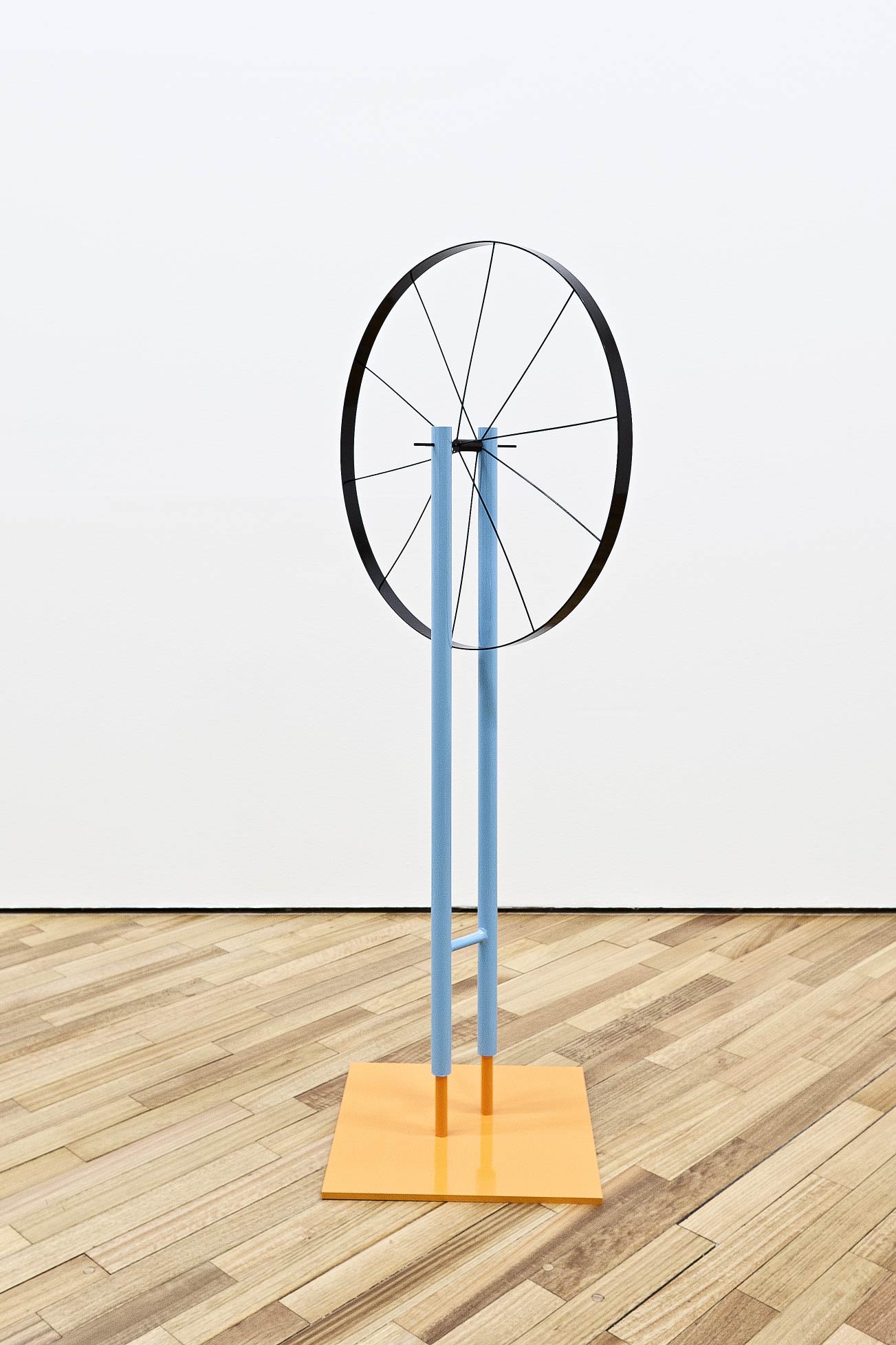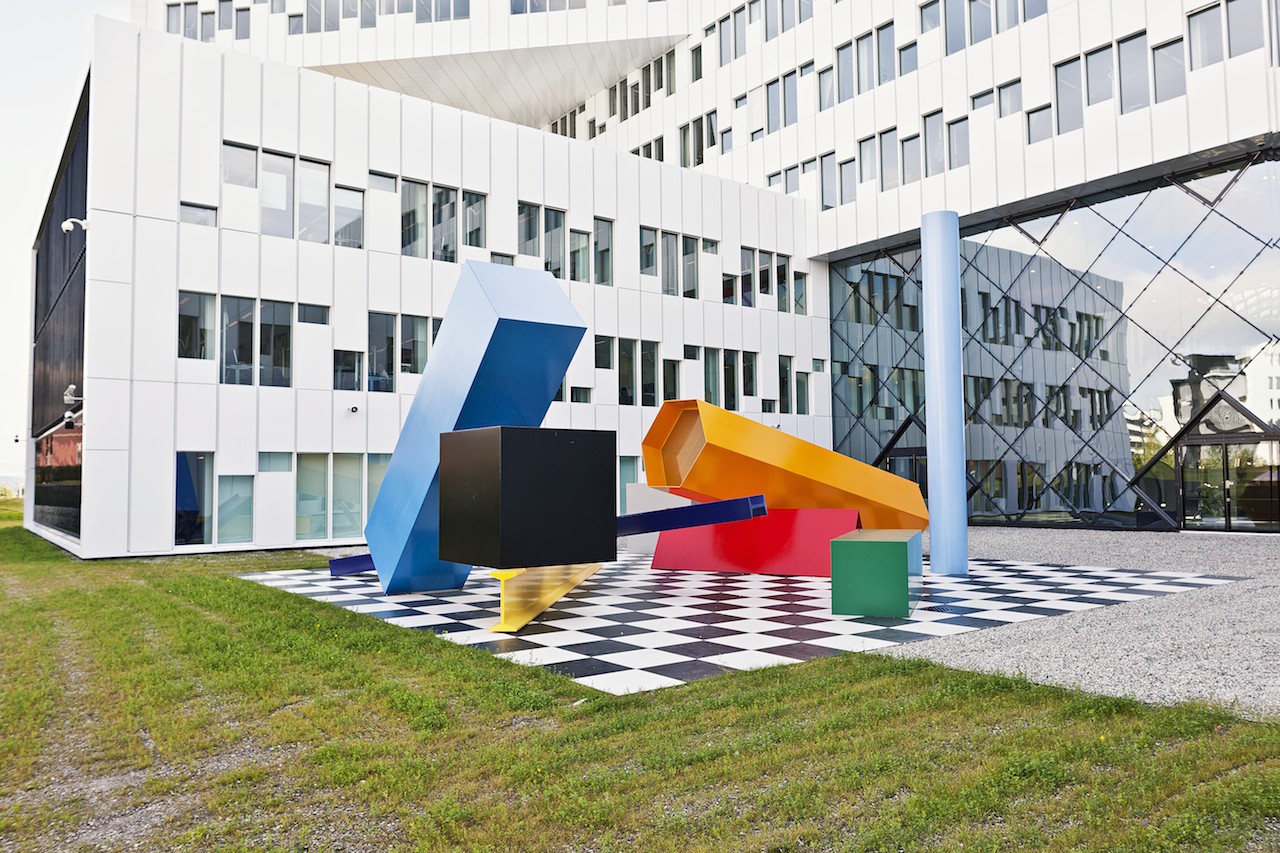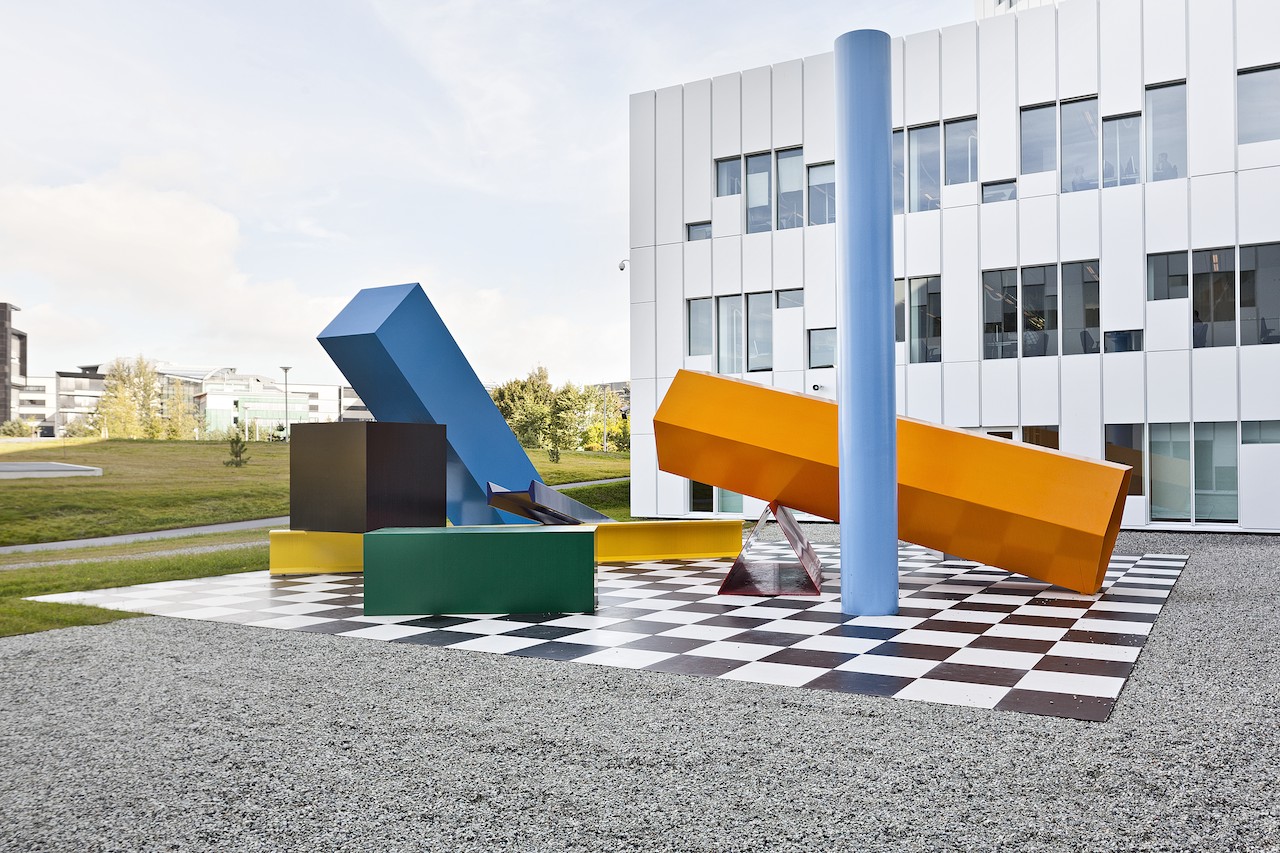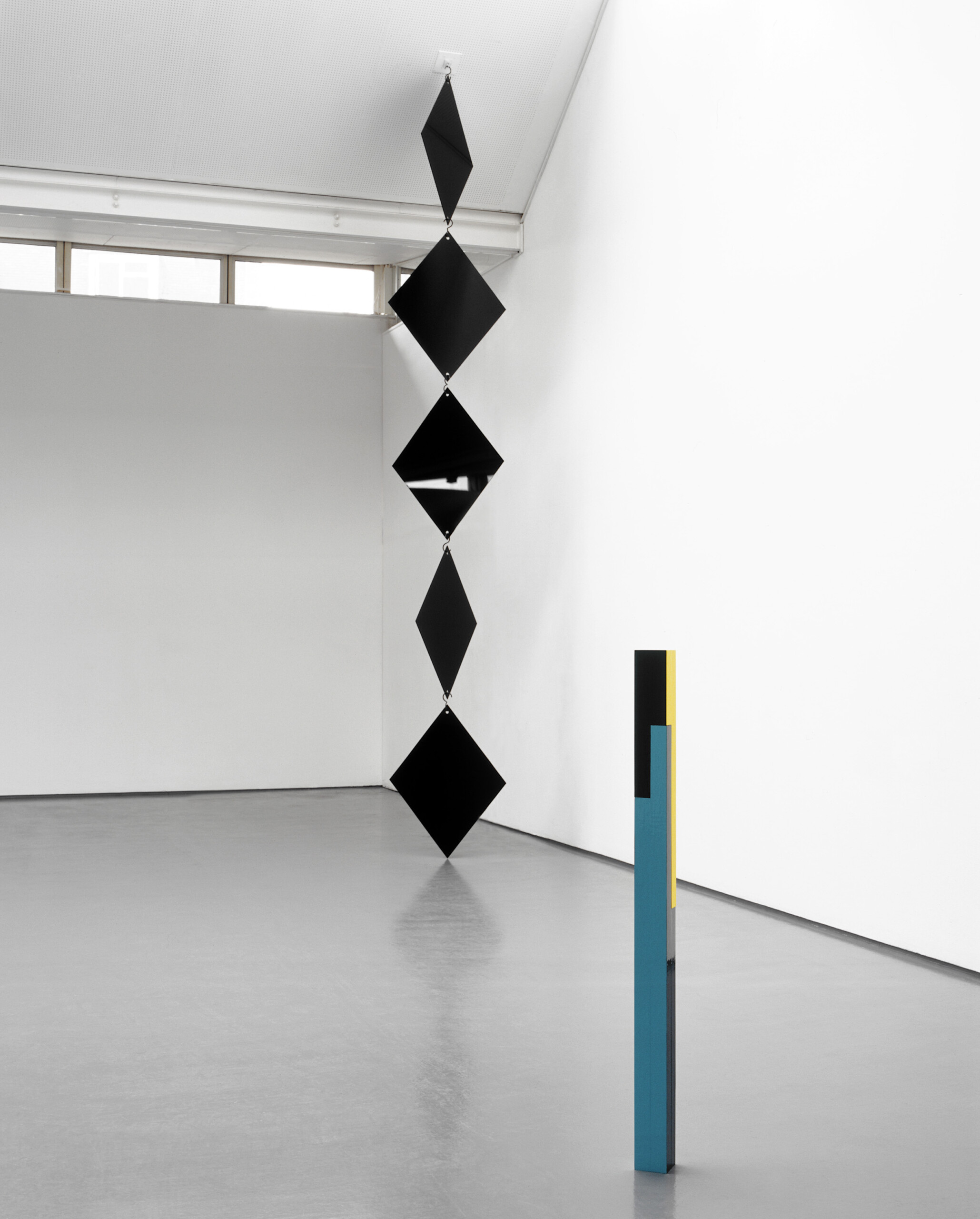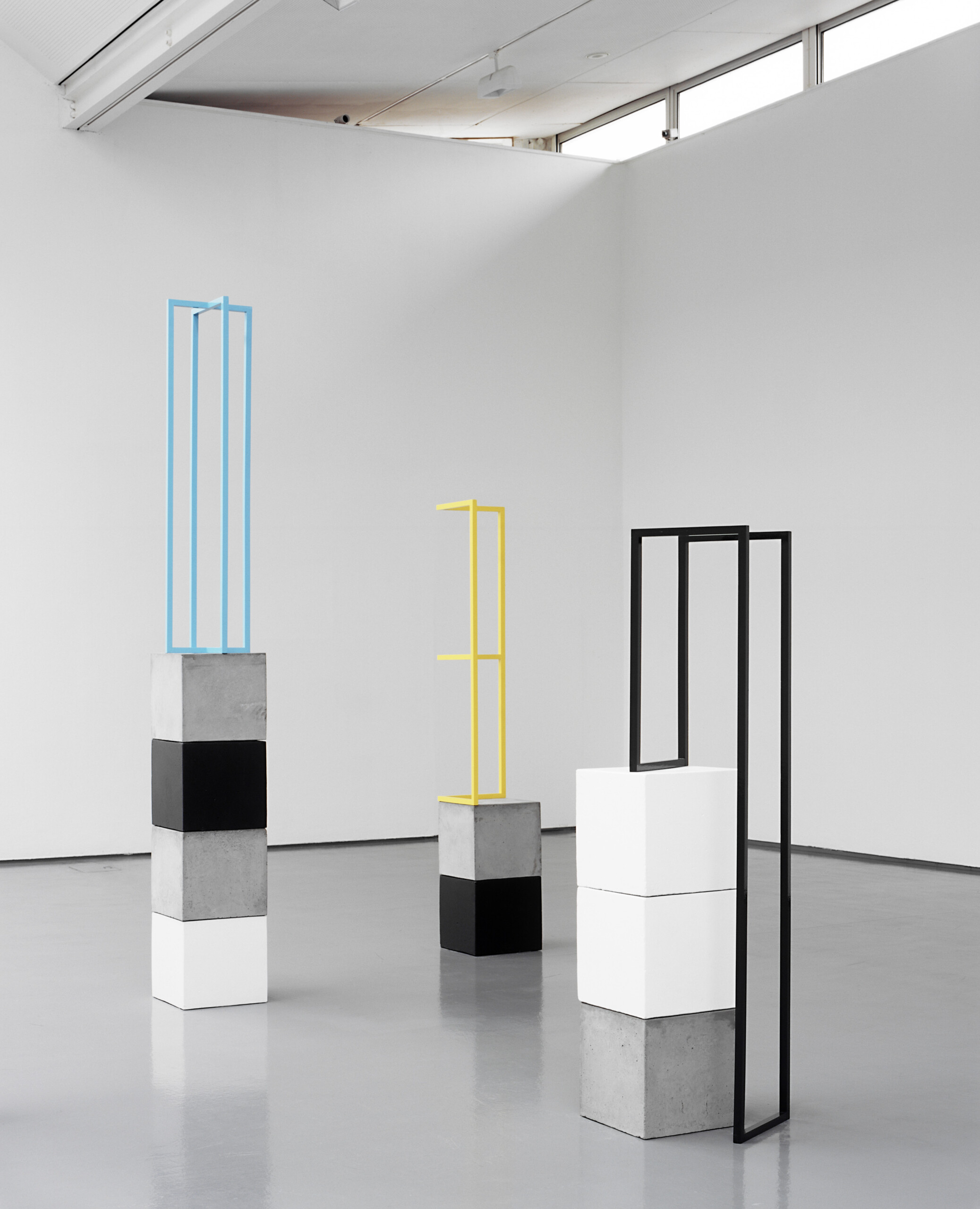Camilla Løw | online portfolio
“My work is made in relation to the space or context in which it will be seen, whether it is an outdoor piece, public commission or an exhibition in a gallery or institution. The space surrounding the sculptures, the architecture and the landscape is part of what defines and shapes the works.”
—Camilla Løw
Select works
Camilla Løw, Lozano (Green Leaf), 2018
steel, paint and cotton string, 240 × 40 × 1 cm
… In Camilla Løw’s practice, art is considered as an element among other elements. Her sculptures are even-footed and talkative, not seeking to surpass the forms and features that make up their surroundings but to bring them into conversation. A dialogue like this is made of absence as well as presence, the void becoming a tension, a lack, or an invitation. …
—Max L Zarzycki, Art in the everyday
(continue reading here)
Camilla Løw, Wildgrass II, 2017
public commission for the Biological Museum, Stockholm (Sweden). Concrete, spray paint and Plexiglas
Camilla Løw, Spring Rain (III), 2013
concrete
Camilla Løw, Diva, 2006
wood and cord, 245 x 90 x 70 cm
Exhibitions and projects
Market Art Fair
with ISCA Gallery, Stockholm (Sweden), 2023
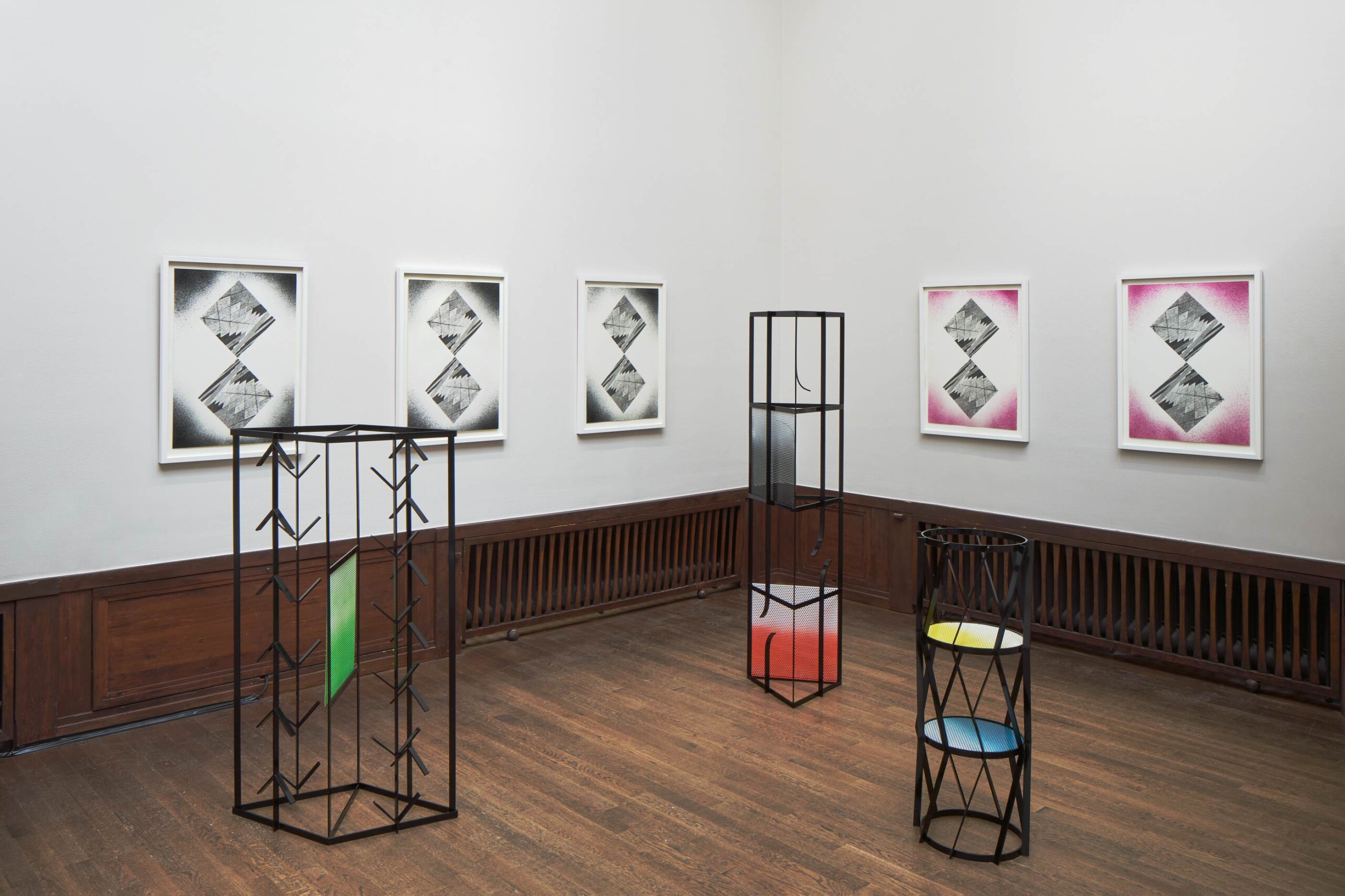
Camilla Løw, at Market Art Fair, 2023
installation view, Market Art Fair with ISCA Gallery, Stockholm (Sweden)
Supported by the OCA – Office of Contemporary Art, Norway, these works further Camilla’s interest in the architectural power of colour.
Camilla Løw, at Market Art Fair, 2023
installation view, Market Art Fair with ISCA Gallery, Stockholm (Sweden)
Camilla Løw, 13th Arrondissement (Black I), 2023
silkscreen prints with spray paint, 50 x 70 cm
Camilla Løw, Belleville, 2023
powder coated black steel, spray painted perforated steel, 160 x 40 x 40 cm
Camilla Løw, Pastis, 2023
powder coated black steel, spray painted perforated steel, 120 x 30 x 30 cm
Camilla Løw, 13th Arrondissement (Pink I), 2023
silkscreen prints with spray paint, 50 x 70 cm
Camilla Løw, Black Diamond, 2023
powder coated black steel, spray painted perforated steel, 140 x 70 x 40 cm
Camilla Løw, 13th Arrondissement (Green), 2023
silkscreen prints with spray paint, 50 x 70 cm
Jagged Sky
A commission from Jotun AS, the Norwegian-based paints and performance coatings company (2023-23)

Camilla Løw, Intersection, 2022
lacquer paint, oak and concrete, 137 x 127 x 75 cm
“I consider the works in this commission as a set of interactions with the viewer that depend on the viewer’s position and movements. Painted with Jotun’s own paint, each of these works heighten the architectural feel of Jotun’s offices by making visceral the relations between the different levels of the building; in turn, accentuating one’s position within this space.”
— Camilla Løw, 2023
Camilla Løw, Bells of Spring, 2022
lacquer paint, oak and cord, 70 x 70 x 2 cm
Camilla Løw, Jagged Sky, 2022
commission for Jotun AS, Norway
Camilla Løw, Embraced Open Reassembled, 2022
paint, perspex and concrete, 180 x 30 x 30 cm
Camilla Løw, Jagged Sky, 2022
powder coated aluminium, steel hooks and wire, 1860 x 90 x 90 cm
Space Junk
ISCA Gallery, Oslo (Norway), 2021

Camilla Løw, Space Junk, 2021
installation view, ISCA Gallery, Oslo (Norway)
Moving away from the ground, this new series of hanging sculptures and wall pieces compellingly explore and subvert hierarchical dynamics of materials and their attributed values through surface, quality, and finish.
[…]
Taking a departure from her first exhibition at the gallery which focused heavily on gravity and sculptural honesty with a series of dense, stacked concrete tubes, this new set of works reference illusions, the physical equivalent of camera tricks and post-industrial light and magic. Løw uses an extensive array of media including mirrors, ropes, hooks, perforated steel, spray paint and perspex tubes filled with lacquer paint. Bent, shaped and corrupted, these materials are transformed and transmuted, becoming aerial, atmospheric and cosmic; space junk.
—exhibition text
(continue reading here)
Camilla Løw, Space Junk, 2021
perspex tube, lacquer paint, steel hook and cord, 60 x 45 x 40 cm
Camilla Løw, Alias, 2021
mirror, rope, steel hook, spray paint and cord, 150 x 100 x 15 cm
Camilla Løw, Space Junk, 2021
installation view, ISCA Gallery, Oslo (Norway)
Camilla Løw, Digital Delay [Black], 2021
perforated steel, spray paint, mirror and steel hook, 70 x 70 x 5 cm
Camilla Løw, Digital Delay [Red], 2021
perforated steel, spray paint, mirror and steel hook, 70 x 70 x 5 cm
Camilla Løw, Digital Delay [Blue], 2021
Perforated steel, spray paint, mirror and steel hook, 70 x 70 x 5 cm
Broken Thrones
Skulpturstopp, Ullensaker (Norway), 2020
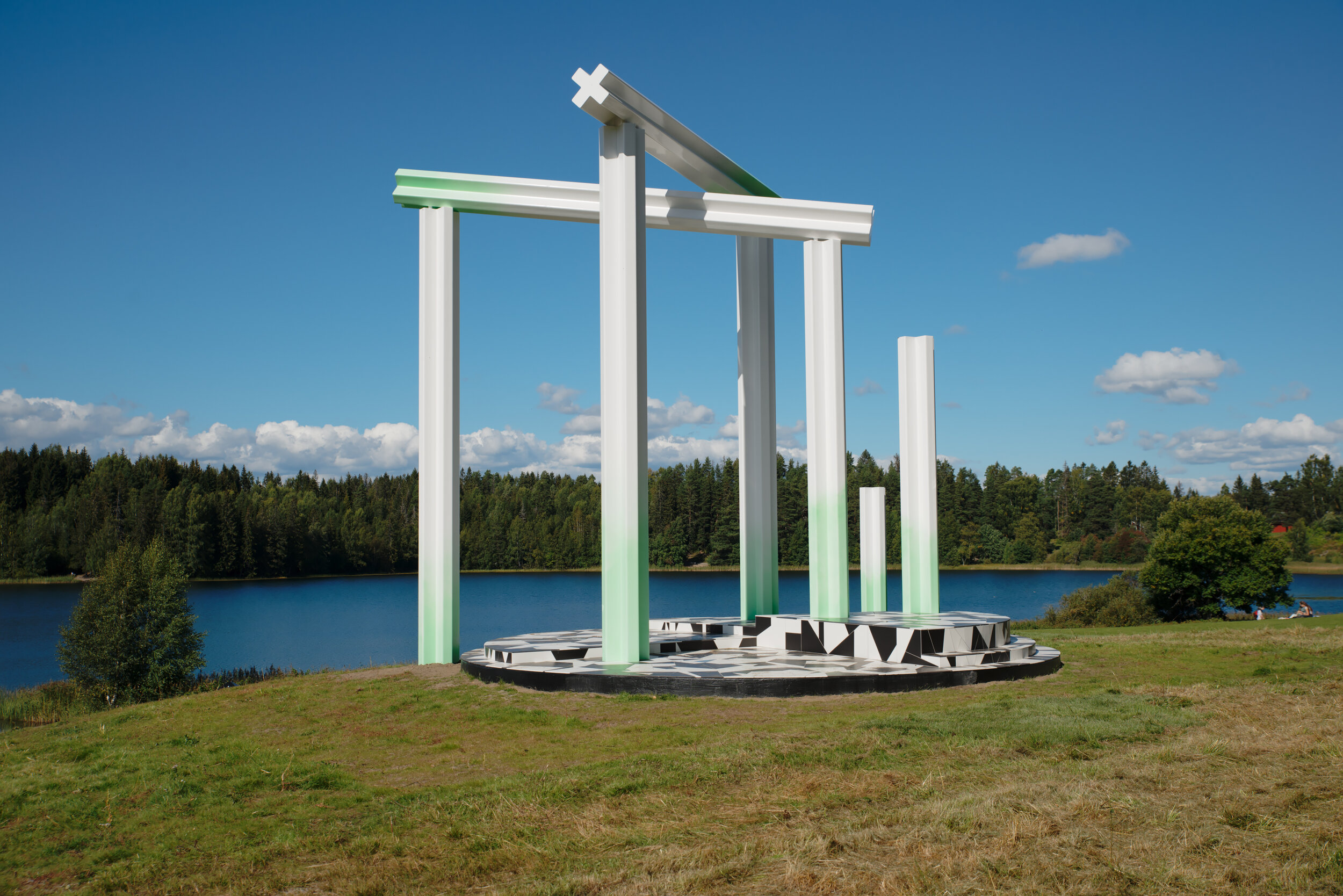
Camilla Løw, Broken Thrones, 2020
public commission for the Skulpturstopp project (Norway). Coloured concrete, ceramic and stainless steel
Skulpturstopp video documentation for Camilla Løw's, Broken Thrones (2020)
“It’s important that an artwork in the public space is exciting to look at, but just as important is that the art makes you look at the surroundings in a new way. I hope the sculpture will open people up to a more poetic reading of the surrounding landscape.”
—Camilla Løw
(continue reading about the project here)
Camilla Løw, Broken Thrones, 2020
public commission for the Skulpturstopp project (Norway). Coloured concrete, ceramic and stainless steel
Camilla Løw, Broken Thrones, 2020
public commission for the Skulpturstopp project (Norway). Coloured concrete, ceramic and stainless steel
Camilla Løw, Broken Thrones, 2020
public commission for the Skulpturstopp project (Norway). Coloured concrete, ceramic and stainless steel
Camilla Løw, Broken Thrones, 2020
public commission for the Skulpturstopp project (Norway). Coloured concrete, ceramic and stainless steel
Camilla Løw, Broken Thrones, 2020
public commission for the Skulpturstopp project (Norway). Coloured concrete, ceramic and stainless steel
Camilla Løw, Broken Thrones, 2020
public commission for the Skulpturstopp project (Norway). Coloured concrete, ceramic and stainless steel
Camilla Løw, Broken Thrones, 2020
public commission for the Skulpturstopp project (Norway). Coloured concrete, ceramic and stainless steel
Camilla Løw, Broken Thrones, 2020
public commission for the Skulpturstopp project (Norway). Coloured concrete, ceramic and stainless steel
Camilla Løw, Broken Thrones, 2020
public commission for the Skulpturstopp project (Norway). Coloured concrete, ceramic and stainless steel
High Rise
ISCA Gallery, Oslo (Norway), 2020
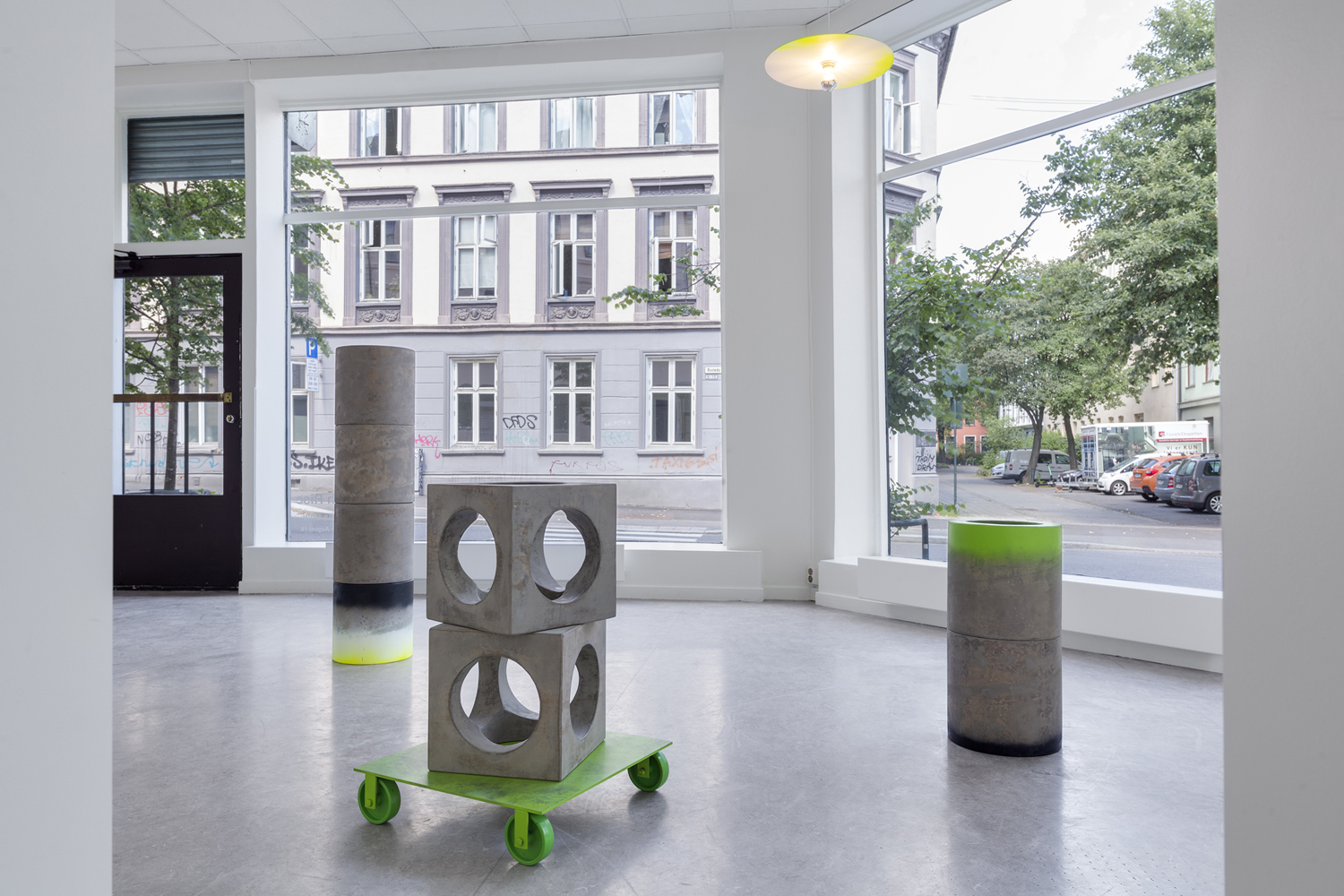
Camilla Løw, High Rise, 2020
installation view, ISCA Gallery, Oslo (Norway)
… Through bold, precise forms and choice materials, Løw contemplates the relationship of the body to the construction of modern society’s infrastructures in the cities and landscapes we inhabit.
[…]
Cast concrete columns, consisting of individual stacked hollow cubes and tubes, populate the gallery floor. Their presence expresses an immediacy in how they occupy space and interact with the surroundings through their materiality, surface and volume. Bright colours dazzle against the coldness of raw concrete, each part stacked and delicately balanced, infusing the work with a lightness and playfulness that betrays their inherent physical weight. It is through this upending of conventions and her distinct visual language that Løw effectively pushes forward and expands the boundaries of modernist sculptural tradition.
—exhibition text
(continue reading here)
Camilla Løw, High Wire, 2020
spray paint, aluminium, light bulb, 45 x 45 cm
Camilla Løw, Informer, 2020
concrete and spray paint, 30 x 30x 60 cm
Camilla Løw, New Light, 2020
concrete and spray paint, 30 x 30 x 120 cm
Camilla Løw, Resistance,, 2020
concrete, spray paint, steel and wheels, 50 x 50 x 71 cm
Camilla Løw, Machines (Black), 2020
concrete, steel and wheels, 30 x 30 x 120 cm
Camilla Løw, Machines (Green), 2020
concrete, spray paint, steel and wheels, 50 x 50 x 72.5 cm
Camilla Løw, Machines (Black), 2020
concrete, steel and wheels, 30 x 30 x 120 cm
Camilla Løw, Operator, 2020
steel and wheels, 50 x 50 x 11.5 cm
Origami: Kristianslyst skole
Kristianslyst secondary school, Stavanger (Norway), 2020

Camilla Løw, Origami, 2020
public commission for the Kristianslyst secondary school (Norway). Powder coated perforated steel and aluminium hanging sculptures with unique printed vinyl wallpaper
The commission came about through a Stavanger kommune competition to redesign the hall of Kristianslyst, a secondary school specialising in drama and music. The space, functioning as a passage to all classrooms, holds a stage and is filled with technical equipment. I wanted to change the perception of the hall and proposed six hanging geometric sculptures which also function as lights inspired by origami, playing into the idea of form and function, and a geometric print wallpaper on one wall to continue the theme.
—Camilla Løw, 2020
(continue reading here)
Camilla Løw, Origami, 2020
public commission for the Kristianslyst secondary school (Norway). Powder coated perforated steel and aluminium hanging sculptures with unique printed vinyl wallpaper
Camilla Løw, Origami, 2020
powder coated perforated steel and aluminium, 120 x 120cm (height variable)
Camilla Løw, Origami, 2020
powder coated perforated steel and aluminium, 120 x 120cm (height variable)
Camilla Løw, Origami, 2020
collage with 4 silkscreen prints in oak frame, 125 x 125 x 4 cm
Camilla Løw, Origami, 2020
public commission for the Kristianslyst secondary school (Norway). Powder coated perforated steel and aluminium hanging sculptures with unique printed vinyl wallpaper
Camilla Løw, Origami, 2020
public commission for the Kristianslyst secondary school (Norway). Powder coated perforated steel and aluminium hanging sculptures with unique printed vinyl wallpaper
Camilla Løw, Origami, 2020
collage with 4 silkscreen prints in oak frame, 125 x 125 x 4 cm
Alfabet
Belmacz, London (UK), 2019-2020
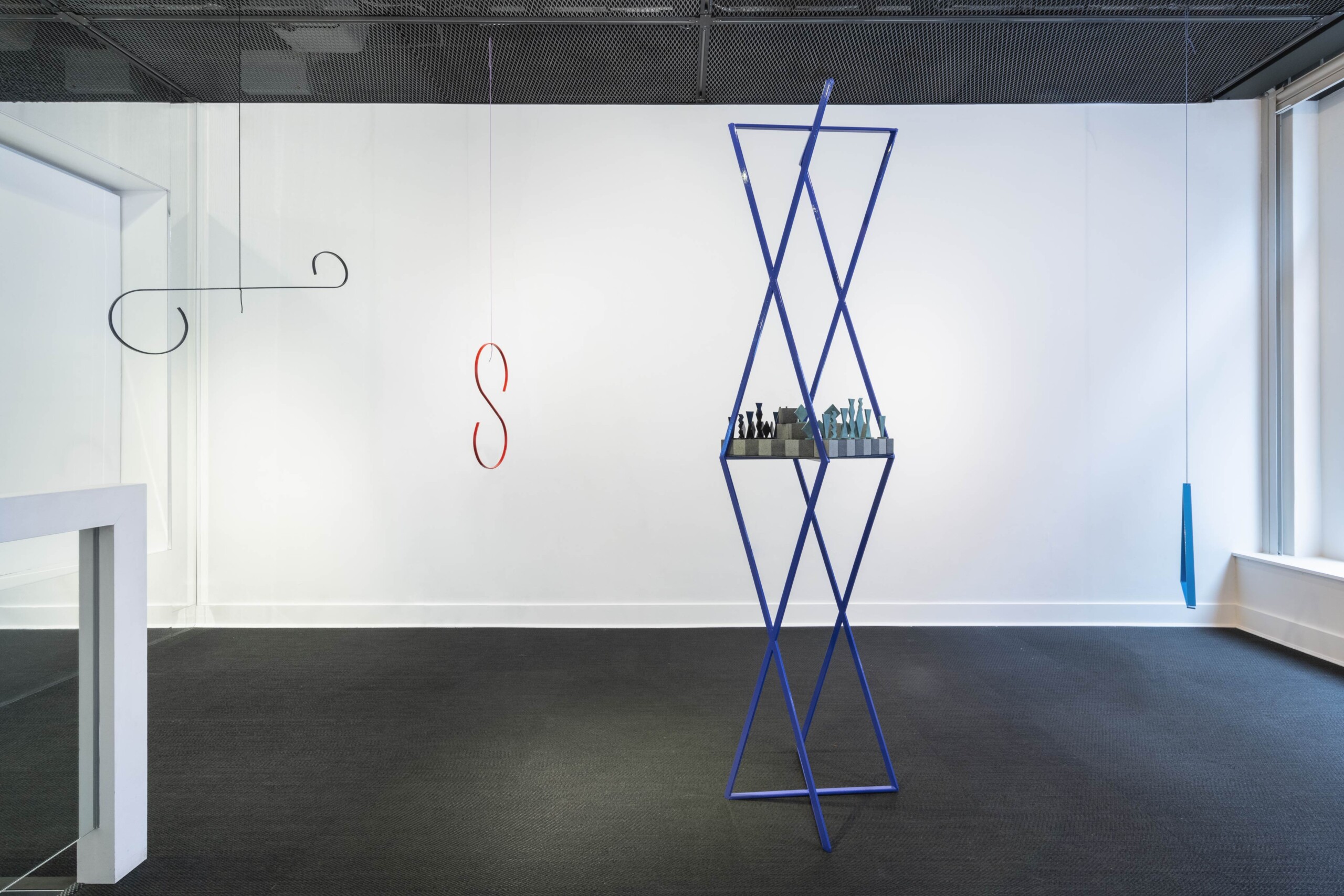
Camilla Løw, Alfabet, 2019-20
installation view, Belmacz, London (UK)
Referring to the work of Danish poet Inger Christensen (1935 – 2009), in this exhibition Løw follows a self-imposed order in order to gain a sense of release. Just as each of Christensen’s poems are formed from symbols and associations, in Alfabet letters enable Løw. Indeed, walking through the exhibition spaces creates the possibility to submerge into optical structures and the coded vortex of language.
—exhibition text
(continue reading here)
Camilla Løw, Jasmine, 2017
spray painted black steel and cord, 90 × 105 cm × variable height
Camilla Løw, Noir [right]; Systems Red [left], 2019
black steel, lacquer paint and cord
Camilla Løw, Noir, 2019
black steel, lacquer paint and cord, 40 x 94 x 2 cm
Camilla Løw, Systems Red, 2019
black steel, lacquer paint and cord, 64 x 30 x 3 cm
Camilla Løw, Z [left]; Alpha [right], 2019
black steel, lacquer paint and cord
Camilla Løw, z, 2019
black steel, lacquer paint and cord, 30 x 20 x 2 cm
Camilla Løw, Alpha, 2019
black steel, lacquer paint and cord, 60 x 53 x 4 cm
Camilla Løw, Fever, 2019
aluminium, spray paint and cord, 150 x 24 x 15 cm
Camilla Løw, Fever, 2019
aluminium, spray paint and cord, detail
Camilla Løw, Fever, 2019
aluminium, spray paint and cord, detail
Camilla Løw, Alfabet, 2019
black steel, bronze, concrete and lacquer, 220 x 40 x 40 cm
Tistler
Holmen skole, Oslo (Norway), 2018

Camilla Løw, Tistler, 2018
public commission by the City of Oslo. Powder-coated corrosion-resistant aluminium alloy
… The series of seven unique sculptures have a common expression with a unifying identity, even though they are scattered around the school grounds. The sculptures act as meeting places. They can be extras in a game, and they can encourage learning about colour, geometry, rhythm and movement. The sculptures stimulate the curiosity of the playing children, they are attentively playful and withdrawn wondering at the same time. …
—Marianne Hall
(continue reading here)
Camilla Løw, Tistler, 2018
public commission by the City of Oslo. Powder-coated corrosion-resistant aluminium alloy
Camilla Løw, Tistler, 2018
public commission by the City of Oslo. Powder-coated corrosion-resistant aluminium alloy
Camilla Løw, Tistler, 2018
public commission by the City of Oslo. Powder-coated corrosion-resistant aluminium alloy
Camilla Løw, Tistler, 2018
public commission by the City of Oslo. Powder-coated corrosion-resistant aluminium alloy
Camilla Løw, Tistler, 2018
public commission by the City of Oslo. Powder-coated corrosion-resistant aluminium alloy
Camilla Løw, Tistler, 2018
public commission by the City of Oslo. Powder-coated corrosion-resistant aluminium alloy
Camilla Løw, Tistler, 2018
public commission by the City of Oslo. Powder-coated corrosion-resistant aluminium alloy
Instrumental
Fullersta Gård, Huddinge (Sweden), 2018

Camilla Løw, Instrumental, 2018
installation view, Fullersta Gård, Huddinge (Sweden)
Artistry from two different generations meets in the exhibition Instrumental. Gert Marcus, who painted the high-rise buildings in Grantorp in Flemingsberg and Camilla Løw, one of the most interesting artists in contemporary art.
—exhibition text
(continue reading here)
Camilla Løw, Instrumental, 2018
installation view, Fullersta Gård, Huddinge (Sweden)
Camilla Løw, Instrumental, 2018
installation view, Fullersta Gård, Huddinge (Sweden)
Camilla Løw, Instrumental, 2018
installation view, Fullersta Gård, Huddinge (Sweden)
Camilla Løw, New Patterns (I), 2018
cut plexiglass, dimensions variable
Camilla Løw, Gravity, 2018
steel rod and spray paint, 137 × 30 × 30 cm
Camilla Løw, Interference, 2018
metal, spray paint and concrete, 140 x 25 x 25 cm
Camilla Løw, Black Spring, 2018
coloured concrete and spray paint, 50 x 25 x 25 cm
Morgenen var så stille
Frogner school and Culture centre, Sørum (Norway), 2017

, Morgenen var så stille, 2017
public commission for the Frogner school and Culture center, Sørum (Norway). Powder-coated corrosion-resistant aluminium alloy and polished stainless steel sculptures
Nine powder-coated alloy and steel beams rise, dotting the forecourt of the Frogner school and Culture centre. Placed as to capture the movement of the sun, this mix of colour-filled and chrome-polished columns reflect the innate quietness of the sidereal day but also the joy of days filled with expanding horizons.
Camilla Løw, Morgenen var så stille, 2017
public commission for the Frogner school and Culture center, Sørum (Norway). Powder-coated corrosion-resistant aluminium alloy and polished stainless steel sculptures
Camilla Løw, Morgenen var så stille, 2017
public commission for the Frogner school and Culture center, Sørum (Norway). Powder-coated corrosion-resistant aluminium alloy and polished stainless steel sculptures
Camilla Løw, Morgenen var så stille, 2017
public commission for the Frogner school and Culture center, Sørum (Norway). Powder-coated corrosion-resistant aluminium alloy and polished stainless steel sculptures
Camilla Løw, Morgenen var så stille, 2017
public commission for the Frogner school and Culture center, Sørum (Norway). Powder-coated corrosion-resistant aluminium alloy and polished stainless steel sculptures
Camilla Løw, Morgenen var så stille, 2017
public commission for the Frogner school and Culture center, Sørum (Norway). Powder-coated corrosion-resistant aluminium alloy and polished stainless steel sculptures
Camilla Løw, Morgenen var så stille, 2017
public commission for the Frogner school and Culture center, Sørum (Norway). Powder-coated corrosion-resistant aluminium alloy and polished stainless steel sculptures
Echo
Skjold garrison, Porsanger (Norway), 2017

Camilla Løw, Echo, 2017
public commission by KORO Public Art Norway. Coloured concrete
Commissioned by KORO Public Art Norway, Echo is a coloured concrete form situated within Skjold garrison. Recalling the soft colours of its surrounding countryside, this sculpture provides subtly blends into the army barracks, uniting architecture and nature.
Camilla Løw, Echo, 2017
public commission by KORO Public Art Norway. Coloured concrete
Camilla Løw, Echo, 2017
public commission by KORO Public Art Norway. Coloured concrete
Camilla Løw, Echo, 2017
public commission by KORO Public Art Norway. Coloured concrete
Camilla Løw, Echo, 2017
public commission by KORO Public Art Norway. Coloured concrete
Klang
Utsättaregränden, Norra Fäladen, Lund (Sweden), 2017

Camilla Løw, Klang, 2017
public commission for Lunds konsthall. Corten steel
… Stylistically, Løw’s work can be described as minimalism, concretism or formalism. Or as a combination of all three. All the works consist of a square and a “stem” that fits together seamlessly. The squares have been bent to create three-dimensional shapes, even the “trunk” has been bent to follow the angle of the square. The works are made of corten steel, a material that rusts to a certain limit and then retains its patina, a deep orange color. The works have no front or back, but can be seen from all sides. All welding edges are visible, the constructions are raw and honest, they hide nothing. At first glance, the three works may look identical, but they all have their own character, their unique appearance. They are individual works, just as we humans who have to relate to the works are all unique.
[…]
Precisely the relationship between man and environment is something that was important to Løw when she created her sculptural group. She worked based on a working title, “Klang”, which refers to the material’s inherent sound but also the rhythms that arise between the works and in the inherent spaces. The three geometric trees create a dialogue with the trees in the surroundings but also with the nearby architecture. The steel structures can be perceived as closed, but their placement is characterized by openness.
—Isac Nordgren Jonasson
(continue reading here)
Camilla Løw, Klang, 2017
public commission for Lunds konsthall. Corten steel
Camilla Løw, Klang, 2017
public commission for Lunds konsthall. Corten steel
Camilla Løw, Klang, 2017
public commission for Lunds konsthall. Corten steel
Camilla Løw, Klang [detail], 2017
public commission for Lunds konsthall. Corten steel
Eye in the Sky
Kunstnerforbundet, Oslo (Norway), 2016

Camilla Løw, Eye in the Sky, 2016
installation view, Kunstnerforbundet, Oslo (Norway)
… [in this exhibition] Løw will show a series of new works defined by the architecture in the Kunstnerforbundet. […] By removing some of the panes in the ceiling of the main exhibition hall, she opens up the glass ceiling and shows its underlying construction, attaching her hanging sculptures to these ceiling beams In this way, the eye can follow the sculpture from the hall and out of the gallery space: a move that will help us see the space in a completely new way.
[…]
Over the past ten years, Løw has distinguished himself with abstract sculptures and spatial constellations. Her art is rich in references to the history of abstract art and trends such as minimalism, constructivism, Bauhaus and De Stilj. In this way, she adds new knowledge and experience to abstract art’s focus on ideology, production, form, colour, space, body and movement. The interaction between the sculptures and the architecture turns Løw’s exhibition into spatial art in the extension of the Constructivists’ experiments with the exhibition space in the early 20th century.
—exhibition text (translated)
(continue reading here)
Camilla Løw, Eye in the Sky, 2016
installation view, Kunstnerforbundet, Oslo (Norway)
Camilla Løw, Daylighting, 2016
spray painted oak and cord , 175 x 40 x 15 cm
Camilla Løw, Time and Again, 2016
handblown glass, black steel rod and cord , 50 x 50 cm (height variable)
Camilla Løw, The Mathematician, 2016
spraypainted black steel rod and cord , 240 x 60 x 60 cm
Camilla Løw, Liberty Belle, 2016
spraypainted black steel rod and cord , 90 x 90 x 1 cm
Camilla Løw, Fountain, 2016
spraypainted oak and cord, 4 cm, variable height
Camilla Løw, Black Notes [detail], 2016
black steel, spray paint, cord, 9 x 280 cm
Camilla Løw, Eye, 2015
perspex and cord, 50 × 50 × 1 cm
Nerves and Muscles
Elastic, Malmö (Sweden), 2015
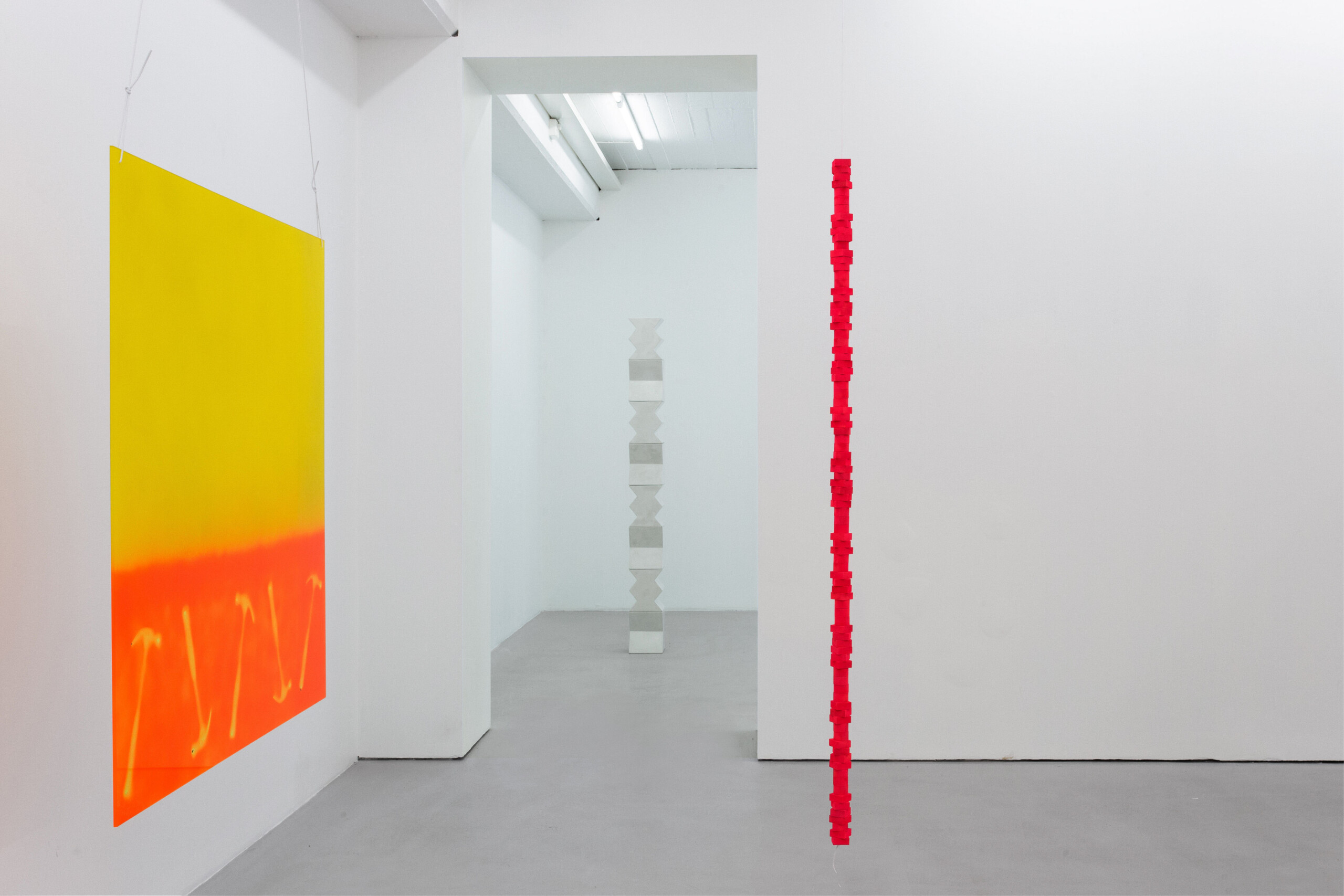
Camilla Løw, Nerves and Muscles, 2015
installation view, Elastic, Malmö (Sweden)
The simplest impression is not always synonymous with the easiest or less complex of choices, rather it’s the less visually complex path that often harbors deeper meaning otherwise undetected. There is a peculiar triad of creative directions present in this show: One trajectory involves towerlike beams that either are white-washed or incorporate vibrant colors.
[…]
This collection of pieces appeals to the eye with its emphasis on primary colors, geometric symmetry, and a spirited interaction between materials. The positioning of works in the space is as if the artist has prepared a stage for a performance—but for objects instead of humans. One can here depend upon the imagination to ignite intellect and emotion.
—Jacquelyn Davis, for Art Forum
(continue reading here)
Camilla Løw, White Column, 2015
concrete with pigment, 200 × 20 × 20 cm
Camilla Løw, Mussle Beach, 2015
perspex, spray paint and cord, 100 × 100 × 0.4 cm (height variable)
Camilla Løw, Florida Keys, 2015
perspex, spray paint and cord, 100 × 100 × 0.4 cm (height variable)
Camilla Løw, Deep Red, 2015
perspex, spray paint and cord, 100 × 100 × 0.4 cm (height variable)
Camilla Løw, New Pop, 2015
perspex, spray paint and concrete, 159 × 30 × 30 cm
Camilla Løw, Heavy Water, 2015
perspex, spray paint and cord, 100 × 100 × 0.4 cm (height variable)
Camilla Løw, Synthetic, 2015
spraypainted oak and cord, 200 × 5 × 5 cm
Spring Rain
Elastic, Malmö (Sweden), 2013

Camilla Løw, Spring Rain, 2013
installation view, Elastic, Malmö (Sweden)
… Løw’s formal vocabulary—which is grounded in iconic visual languages of the Euro-American modernist canon, from Constructivism and De Stijl to Bauhaus and Minimalism—tends to summon social-utopian ambitions and structuralist ideas. Distancing the work from her predecessors’ universalizing tendencies as well as the desire for artistic autonomy, Løw embeds her sculptures in idiosyncratic reference systems, which are often unspoken or obscure. Spring Rain (2013), a series of angular concrete vessels inside low-hanging oak frames conjured up notions both of utilitarian design and the modular uniformity of industrial manufacture. Indeed, these sculptures looked as though they could be removed from their frames and used in Ikebana compositions—like decor without embellishment. According to Løw, the work takes its title from a song by a 1980s Australian pop-band called The Go-Betweens. Immediately preceding the chorus, it contains the refrain: “when will change come / just like spring rain?” It’s an appropriate question for an artist dealing with historical styles and formal repetition. …
—Matthew Rana, for e-flux Criticism
(read the article here)
Camilla Løw, Spring Rain, 2013
installation view, Elastic, Malmö (Sweden)
Camilla Løw, Spring Rain (IV), 2013
oak frame and concrete, 90 × 90 × 21 cm (inc. frame)
Camilla Løw, Spring Rain (III), 2013
oak frame and concrete, 90 × 90 × 21 cm (inc. frame)
Camilla Løw, Elastic-Camilla_Lõw_Spring_Rain_MG_0087 1, 2013
installation view, Elastic, Malmö (Sweden)
Camilla Løw, Camilla_Løw_Spring_Rain_Installation view_2_2013, 2013
installation view, Elastic, Malmö (Sweden)
Camilla Løw, Spring Rain (I), 2013
oak frame and concrete, 90 × 90 × 21 cm (inc. frame)
Camilla Løw, Spring Rain (II), 2013
oak frame and concrete, 90 × 90 × 21 cm (inc. frame)
Neon Winter
Henie Onstad Kunstsenter, Høvikodden (Norway), 2012

Camilla Løw, Neon Winter, public commission for Henie Onstad Kunstsenter (Norway). Coloured concrete
Camilla Løw has made a name for herself in recent years with her unique sculptural style. She works within a time-honoured sculptural tradition and in a stringent modernist idiom at the same time that she puts her own stamp on it. Her sculptures are at times offbeat and comical, at others streamlined and more introverted. Some are lightweight and others are massive in format.
—Caroline Ugelstad
(further information here)
Camilla Løw, Neon Winter, 2012
public commission for Henie Onstad Kunstsenter (Norway). Coloured concrete
Camilla Løw, Neon Winter, 2012
public commission for Henie Onstad Kunstsenter (Norway). Coloured concrete
Camilla Løw, Neon Winter, 2012
public commission for Henie Onstad Kunstsenter (Norway). Coloured concrete
Camilla Løw, LOW_12_0003 (INSTL - TIFF) (6), 2012
public commission for Henie Onstad Kunstsenter (Norway). Coloured concrete
The Space of Shape-Time
Nasjonalmuseet – Museet for samtidskunst, Oslo (Norway), 2012

Camilla Løw, The Space of Shape-Time, 2012
installation view, Nasjonalmuseet - Museet for samtidskunst, Oslo (Norway)
Camilla Løw’s exhibition The Space of Shape-Time draws us into a universe populated by abstract, module-based objects made of wood, concrete, and metal which display a proximity to the language of architecture. References to Minimal Art and Constructivism are visible, but Løw’s sculptures take on a different presence as they assume human scale, interacting with each other and their surroundings.
[…]
Mixing influences from modern design, popular culture, street art, and urban cityscapes, Camilla Løw uses the exhibition setting to propose new environments where form, place, and time play equal roles. She places and piles up, she layers and props the single components, playing with the idea of the fourth dimension in relativity theory, in which space and time are interpreted as one continuum. Løw treats the exhibition as a spatial and durational event, populated both by subtle anthropomorphic sculptures and the audience alike.
—exhibition text
(continue reading here)
Camilla Løw, Skysaw, 2012
painted oak and cord , 260 x 180 x 5 cm (height variable)
Camilla Løw, The Space of Shape-Time, 2012
installation view, Nasjonalmuseet - Museet for samtidskunst, Oslo (Norway)
Camilla Løw, At Once, 2012
lasercut and polished black perspex disk, on cord, 100 cm (height variable)
Camilla Løw, Panoramic, 2012
painted wood, 234.9 x 72 x 72 cm
Camilla Løw, The Space of Shape-Time, 2012
installation view, Nasjonalmuseet - Museet for samtidskunst, Oslo (Norway)
Camilla Løw, The Space of Shape-Time, 2012
installation view, Nasjonalmuseet - Museet for samtidskunst, Oslo (Norway)
Camilla Løw, Gentle Midnight, 2012
spraypainted oak cubes and cord, dimensions variable
Camilla Løw, The Space of Shape-Time, 2012
installation view, Nasjonalmuseet - Museet for samtidskunst, Oslo (Norway)
Camilla Løw, Birds, 2012
metal and spray paint, 120 x 120 x 0.2 cm
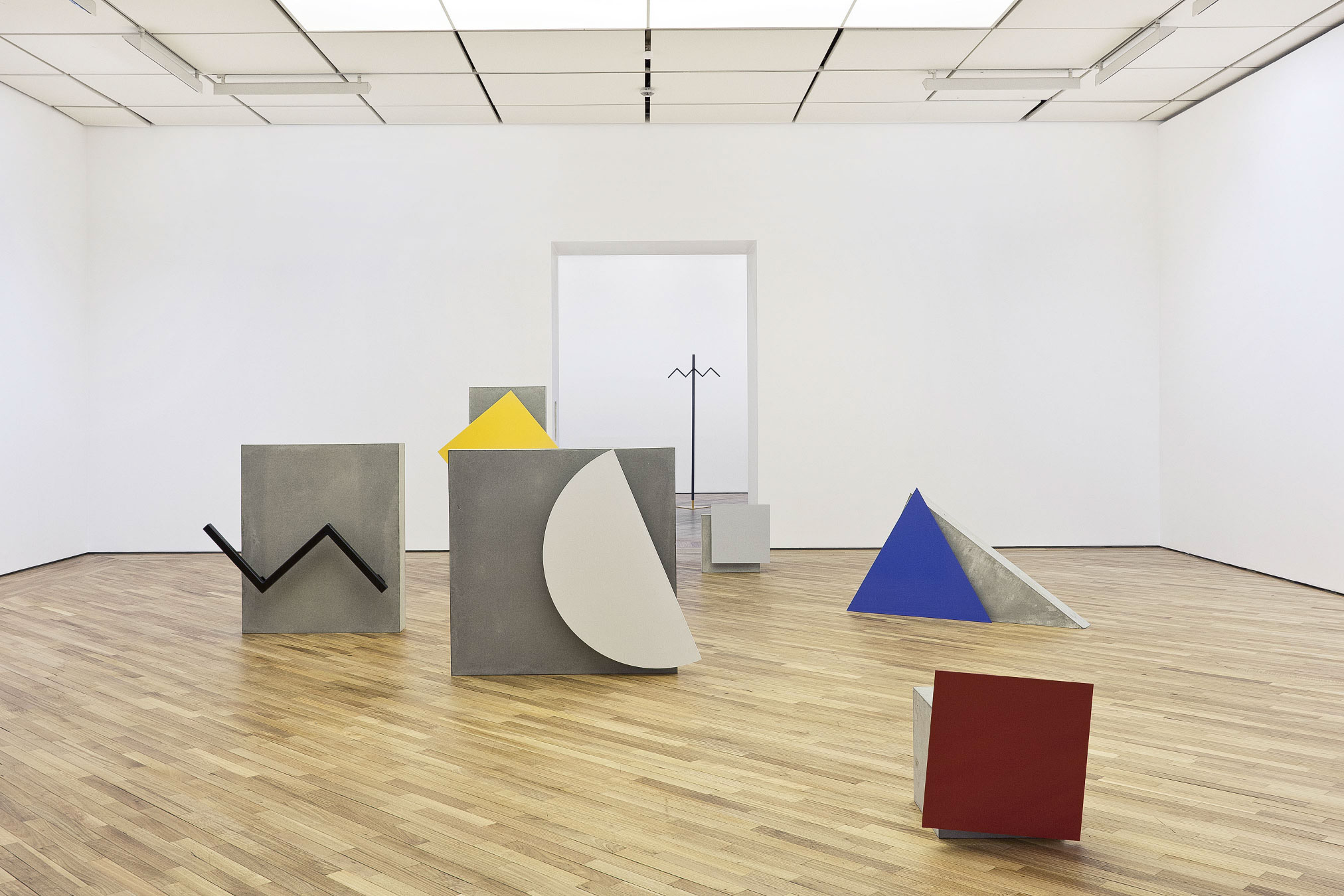
Camilla Løw, Bloom of All, 2012
installation (concrete, wood and spray paint), dimensions variable
Camilla Løw, Arp, 2010
painted oak frames and cord, 220 x 70 x 40 cm
Camilla Løw, Costume, 2012
metal and paint, 221 × 40 × 40 cm
Camilla Løw, Montage, 2012
metal and paint, 221 × 40 × 40 cm
Camilla Løw, Standard, 2012
wood and spray paint, 220 × 60 × 60 cm
Camilla Løw, Instrument, 2012
powder coated steel and aluminium, 140 × 40 × 40 cm
Alphabet Street
Statoil Headquarters, Snarøya (Norway), 2012
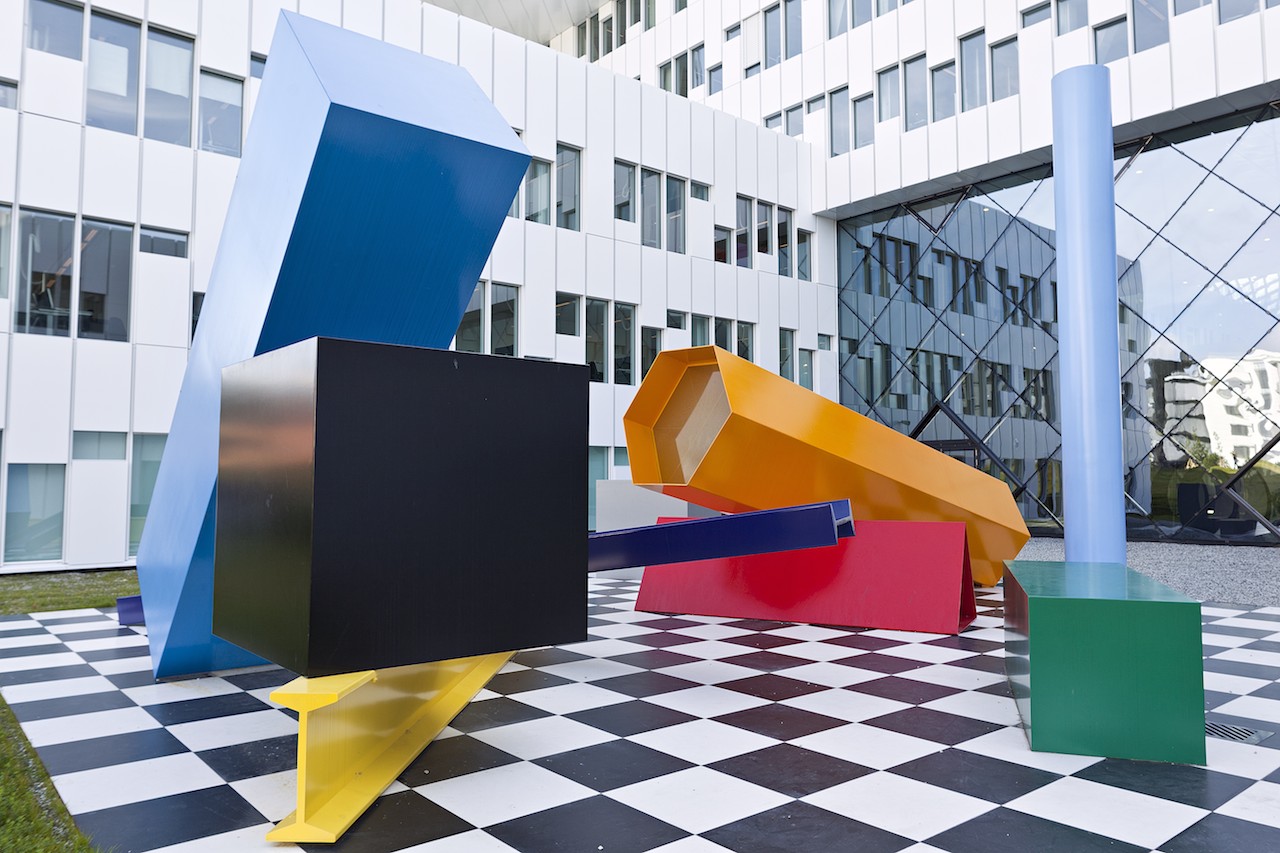
Camilla Løw, Alphabet Street, 2012
public commission for Statoil Art Collection. Powder-coated corrosion-resistant aluminium alloy and steel with ceramic tiles and tinted perspex
As the recipient of the Statoil art award, Alphabet Street was commissioned by Claes Søderquist for the Statoil Art Collection. The large outdoor work celebrates the architectural facade of Statoil’s headquarters.
Camilla Løw, Alphabet Street, 2012
public commission for Statoil Art Collection. Powder-coated corrosion-resistant aluminium alloy and steel with ceramic tiles and tinted perspex
Camilla Løw, Alphabet Street, 2012
public commission for Statoil Art Collection. Powder-coated corrosion-resistant aluminium alloy and steel with ceramic tiles and tinted perspex
Camilla Løw, Alphabet Street, 2012
public commission for Statoil Art Collection. Powder-coated corrosion-resistant aluminium alloy and steel with ceramic tiles and tinted perspex
Straight Letters
Dundee Contemporary Arts, Dundee (UK), 2008

Camilla Løw, Straight Letters, 2008
installation view, Dundee Contemporary Arts, Dundee (UK)
Perhaps the most significant aspect of the work of Camilla Løw is the way in which she uses ‘fixed’ prefabricated materials such as wood and metal to articulate something about the heterogeneous quality of social life.
[…]
The titles of her works orient the viewer away from the industrial resonances of the materials, towards a consideration of the social implications of architecture and design.
—Sarah Lowndes, Straight Letters
(continue reading here)
Løw’s identically-sized cubes, both by their process and presence, underscore tensions between their status as reproducable, untitled readymades and customisable, configured art works.
—Isla Leaver-Yap, Report: Customising the New Monument
(continue reading here)
Camilla Løw, Interchange, 2007
concrete and painted wood, 132 x 66 x 60 cm
Camilla Løw, Straight Letters, 2008
installation view, Dundee Contemporary Arts, Dundee (UK)
Camilla Løw, Straight Letters, 2008
installation view, Dundee Contemporary Arts, Dundee (UK)
Camilla Løw, Straight Letters, 2008
installation view, Dundee Contemporary Arts, Dundee (UK)
Camilla Løw, III (Embraced Open Reassembled), 2008
concrete and perspex, 150 x 30 x 30 cm
Camilla Løw, Straight Letters, 2008
installation view, Dundee Contemporary Arts, Dundee (UK)
Select texts and publications
Camilla Løw: utendørs outdoors
utendørs outdoors (2019) is Camilla’s first monographic publication; specifically focusing on her outdoor sculptures. The publication features a foreword by artist and art critic Sune Nordgren, with further texts by architect Alison Crawshaw, art historian and curator Lavinia Filippi and an interview with gallerist and designer Julia Muggenburg.
ISBN: 978 – 3 – 903320 – 17 – 8
Camilla Løw, utendørs outdoors, 2019
publication
Camilla Løw, utendørs outdoors, 2019
publication
Camilla Løw, utendørs outdoors, 2019
publication
Camilla Løw, utendørs outdoors, 2019
publication
Camilla Løw, utendørs outdoors, 2019
publication
Camilla Løw, utendørs outdoors, 2019
publication
Camilla Løw: Neon Winter & Social Geometry
Published on the occasion of Camilla Løw’s public commissions Neon Winter, 2012 and Social Geometry, 2012, at Henie Onstad Art Center, Norway. With a text by Caroline Ugelstad and a conversation between the artist and Ingvild Krogvig.
ISBN: 978 – 82 – 8294 – 006 – 1
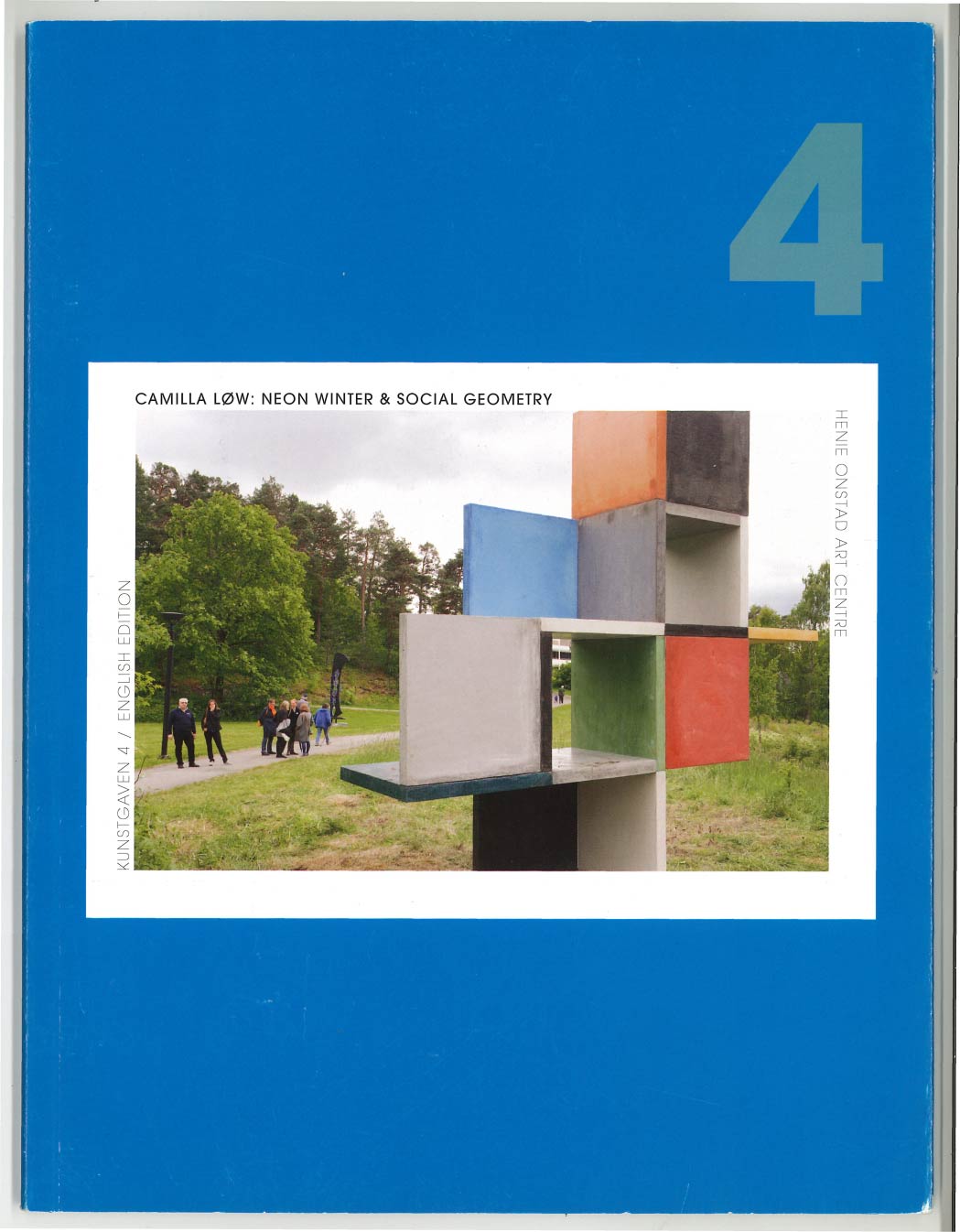
Camilla Løw, Neon Winter & Social Geometry, 2012
publication
Camilla Løw: The Space of Shape-Time
The exhibition The Space of Shape-Time was the first major display of Camilla Løw’s work in Norway. The texts in this richly illustrated catalogue were written by the exhibition’s curator Randi Godø and by philosopher, curator and author Dieter Roelstraete.
ISBN: 978 – 82 – 8154 – 066 – 8
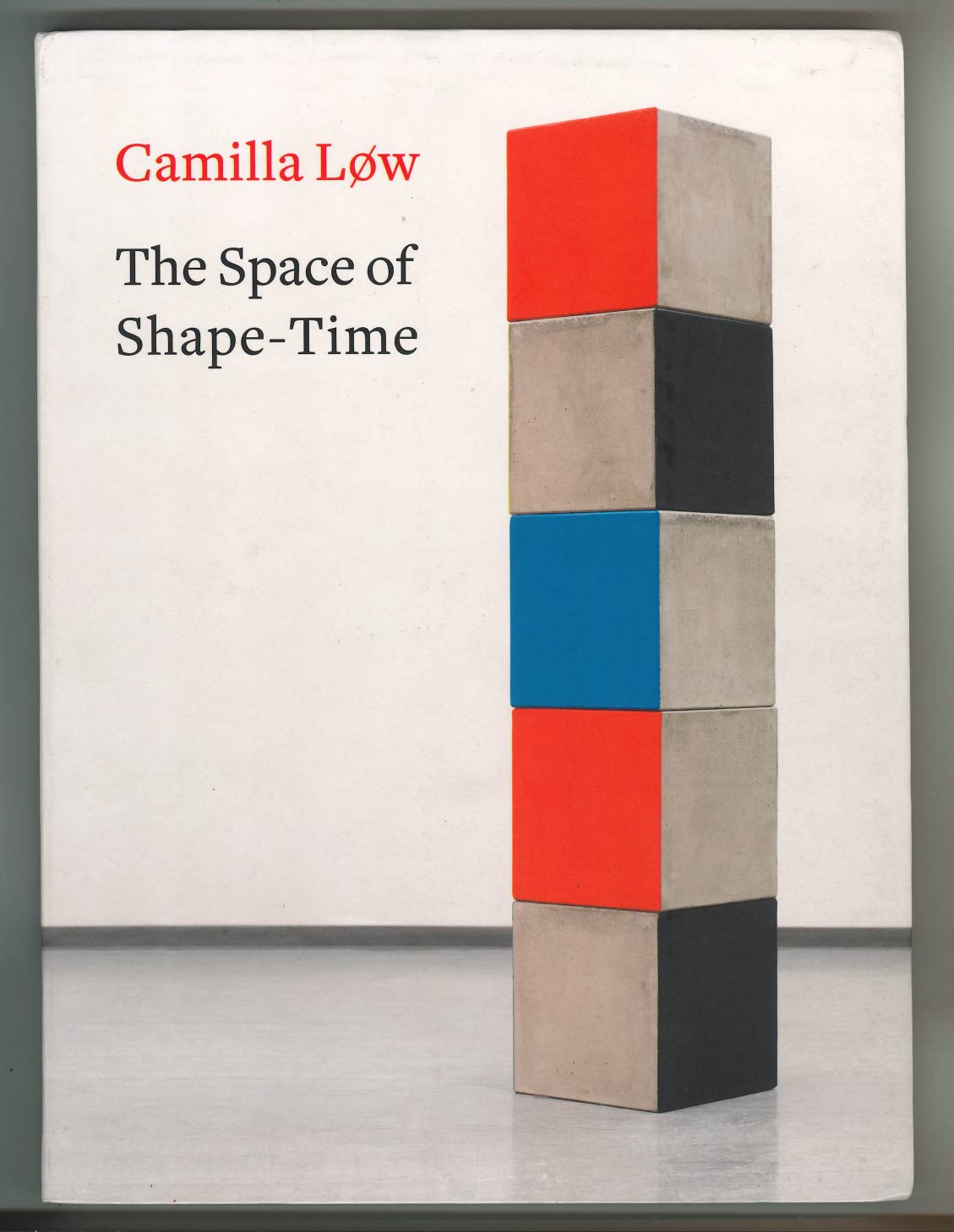
Camilla Løw, The Space of Shape-Time, 2012
publication
Camilla Løw: Straight Letters
Published for the exhibition Straight Letters, at Dundee Contemporary Arts and the Pier Arts Centre (2008). The publication includes texts by Michael Archer and Dr Sarah Lowndes.
ISBN: 978 – 0 – 9558769 – 0 – 5
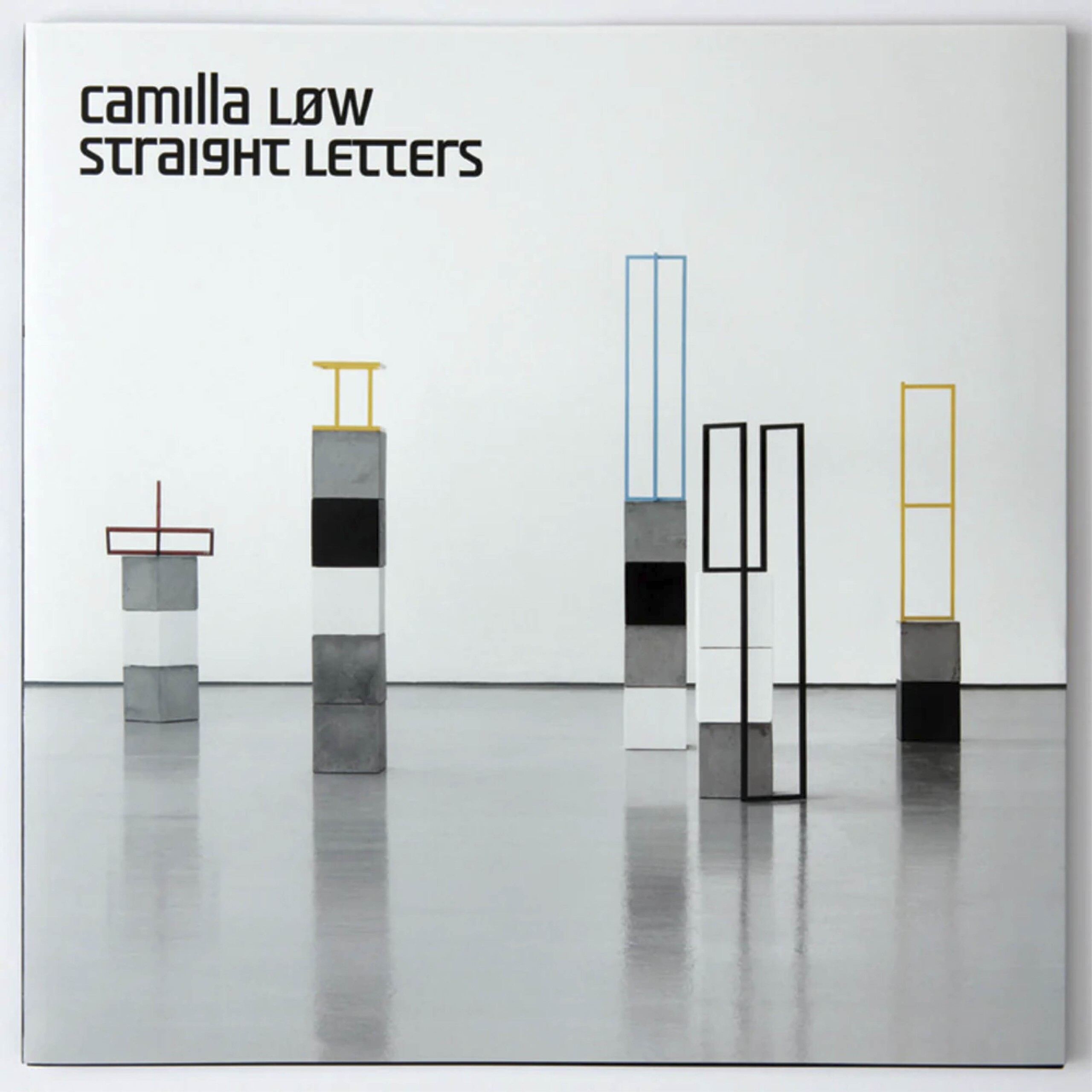
Camilla Løw, Straight Letters, 2008
publication
Artist bio
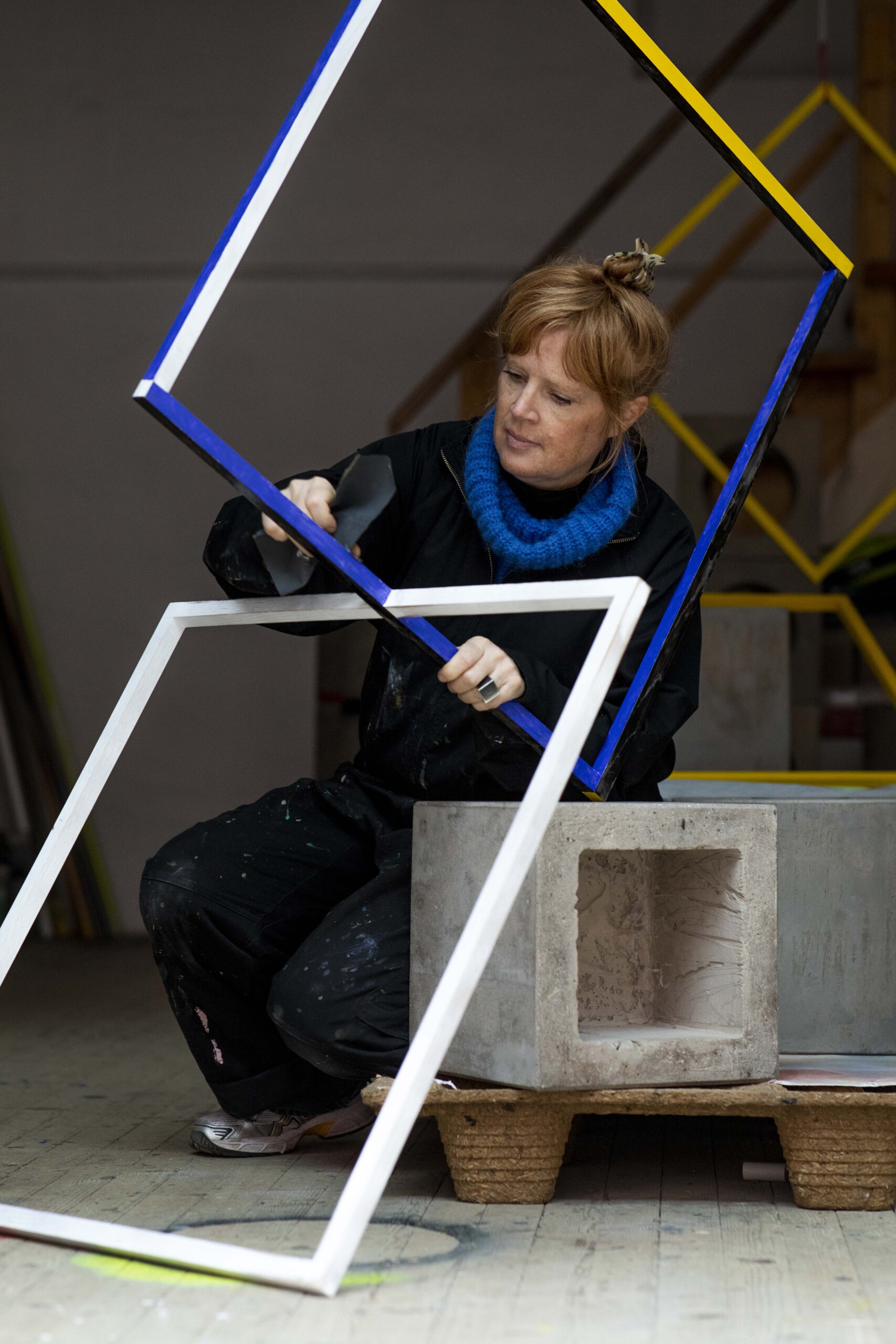
Camilla Løw, in her studio
Education. Camilla graduated with a BA in Fine Art from the Glasgow School of Art.
Select exhibitions. Fever Dream, ISCA Gallery, Oslo, Norway (2024); Total Theater ESP, Belmacz, London, UK (2024); Fifty Shades of Black, Henie Onstad Kunstsenter, Høvikodden, Norway (2024); Virksomheten [The business], Kunstnerforbundet, Oslo (2023); Flower in the Wind, Belmacz, London (2023); Solo Exhibition, Camilla Løw, ISCA at Market Art Fair, Stockholm (2023); Carla Åhlander & Camilla Løw, Belmacz, London (2022); GIRL MEETS GIRL, Vestfossen Kunstlaboratorium, Norway (2022); Space Junk, ISCA Gallery, Oslo (2021); High Rise, ISCA Gallery, Oslo (2020); Alfabet, Belmacz, London (2019); B, Belmacz, London (2019); INSTRUMENTAL (Camilla Løw & Gert Marcus), Fullersta Gård, Huddinge (2018); Collective Collaborations, British Council Collection (touring exhibition) (2018-19); Alpenglühen – 100 years of Ettore Sottsass Jr, Belmacz, London (2017); Eye In The Sky, Kunstnerforbundet, Oslo (2016); NN-A NN-A NN -A – New Norwegian Abstraction, Astrup Fearnley Museum, Oslo (2015); Vibrant Matter, KIOSK, Ghent (2015); Nerves and Muscles, Elastic Gallery, Stockholm (2015); Chain On Chain, Belmacz, London (2014); Dumb Rocks, Belmacz, London (2013); The Space of Shape-Time, The National Museum of Art, Architecture and Design, Oslo (2012). The Vigeland Museum, Oslo and Dave Allen/Camilla Løw, Frieze Focus, Frieze Art Fair, London (2012). Culture & Leisure, New Art Centre, Roche Court, Salisbury (2010); Social Geometry, Schmidt & Handrup, Cologne (2010); M, Gallery AHO, Oslo (2009); New Ruins, Bergen Kunsthall (2008); Embraced Open Reassembled, Sutton Lane, London (2008); Straight Letters, Dundee Contemporary Arts, Dundee (2008); Straight Letters, Pier Arts Centre, Orkney (2008); Broken Windows, Elastic Gallery, Malmø (2007); Henriette Grahnert / Camilla Løw, Sutton Lane, Paris (2006); Camilla Løw, Jack Hanley Gallery, San Francisco (2005).
public collections. the Asker municipality art collection, Norway; Skulpturstopp sculpture park, Norway; Pier Arts Centre, UK; The National Museum of Art, Architecture and Design, Norway; The British Arts Council Collection, UK; The Government Art Collection, UK; Region Skåne, Sweden; The Ruppert Collection of post-1945 Concrete Art Museum in Kultuspeicher, Wurzberg, Germany; The Statoil Art Collection, Norway; The Storebrand Art Collection, Norway; Nasjonalmuseet for kunst, arkitektur og design Henie Onstad; The Arts Council Collection, UK; The Jotun Art Collection, Norway; MIT Visual Art Collection, USA.
Camilla lives and works in Oslo, where she is Professor; Art and Craft at the Oslo National Academy of the Arts.
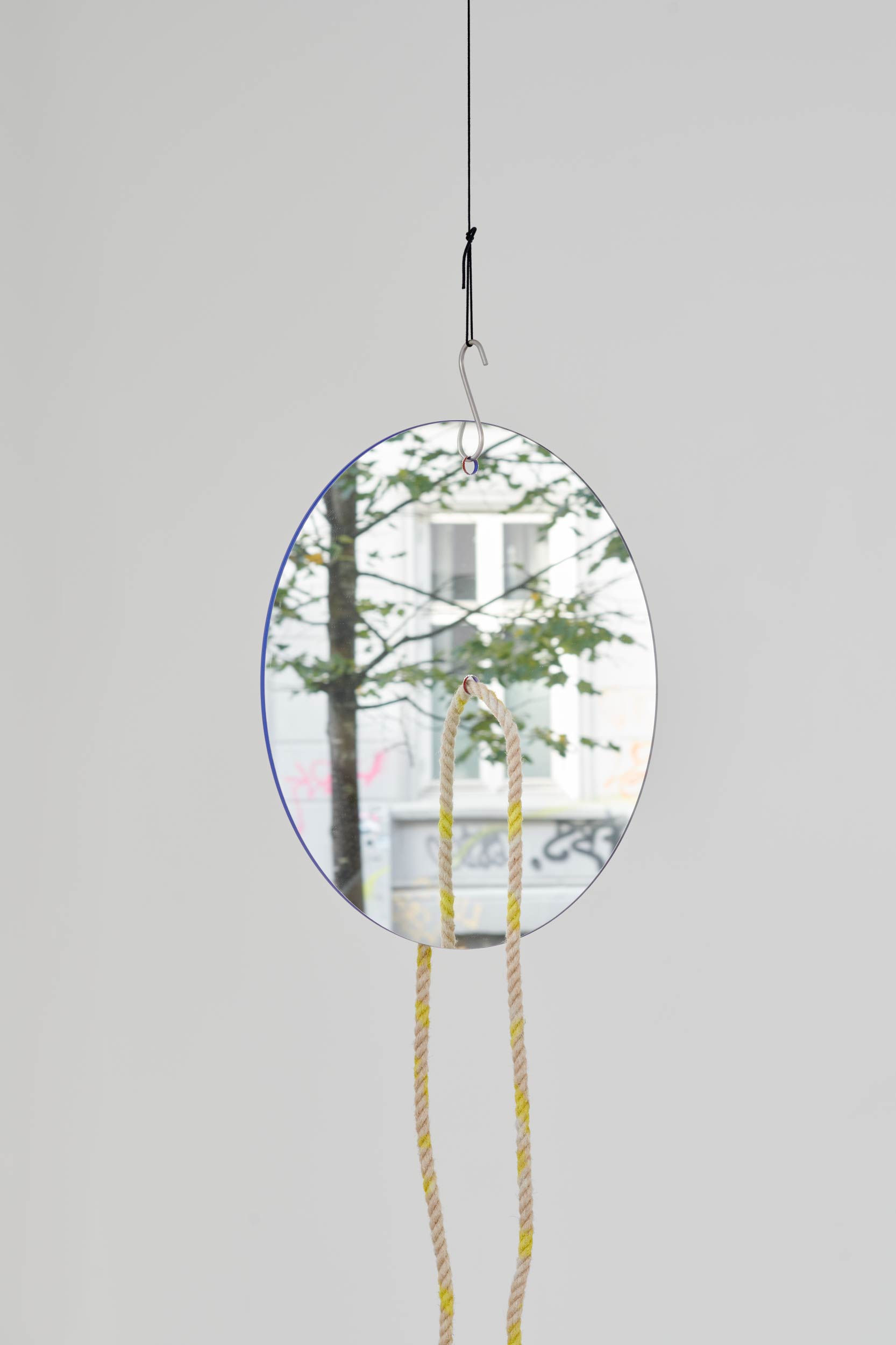
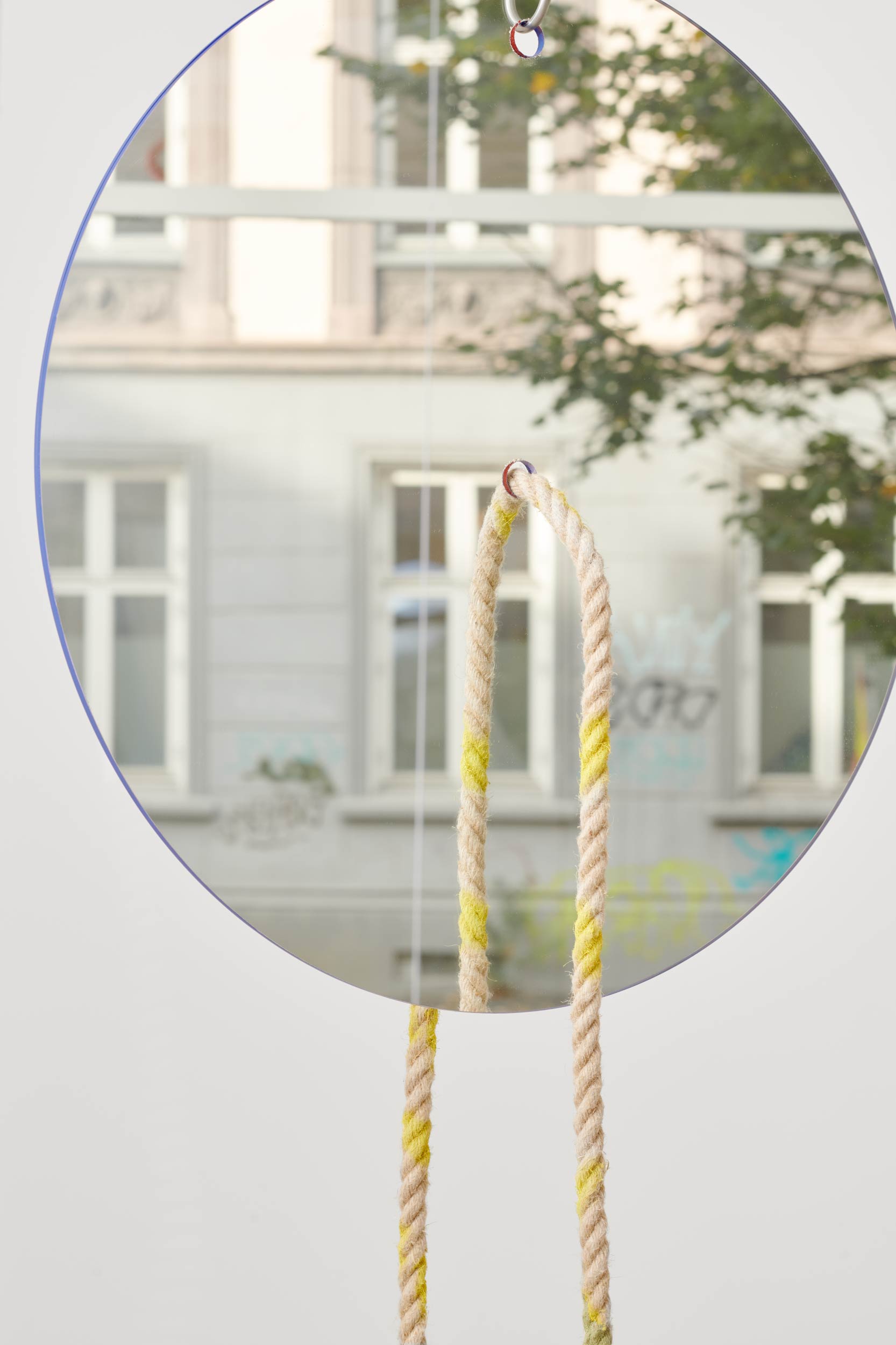
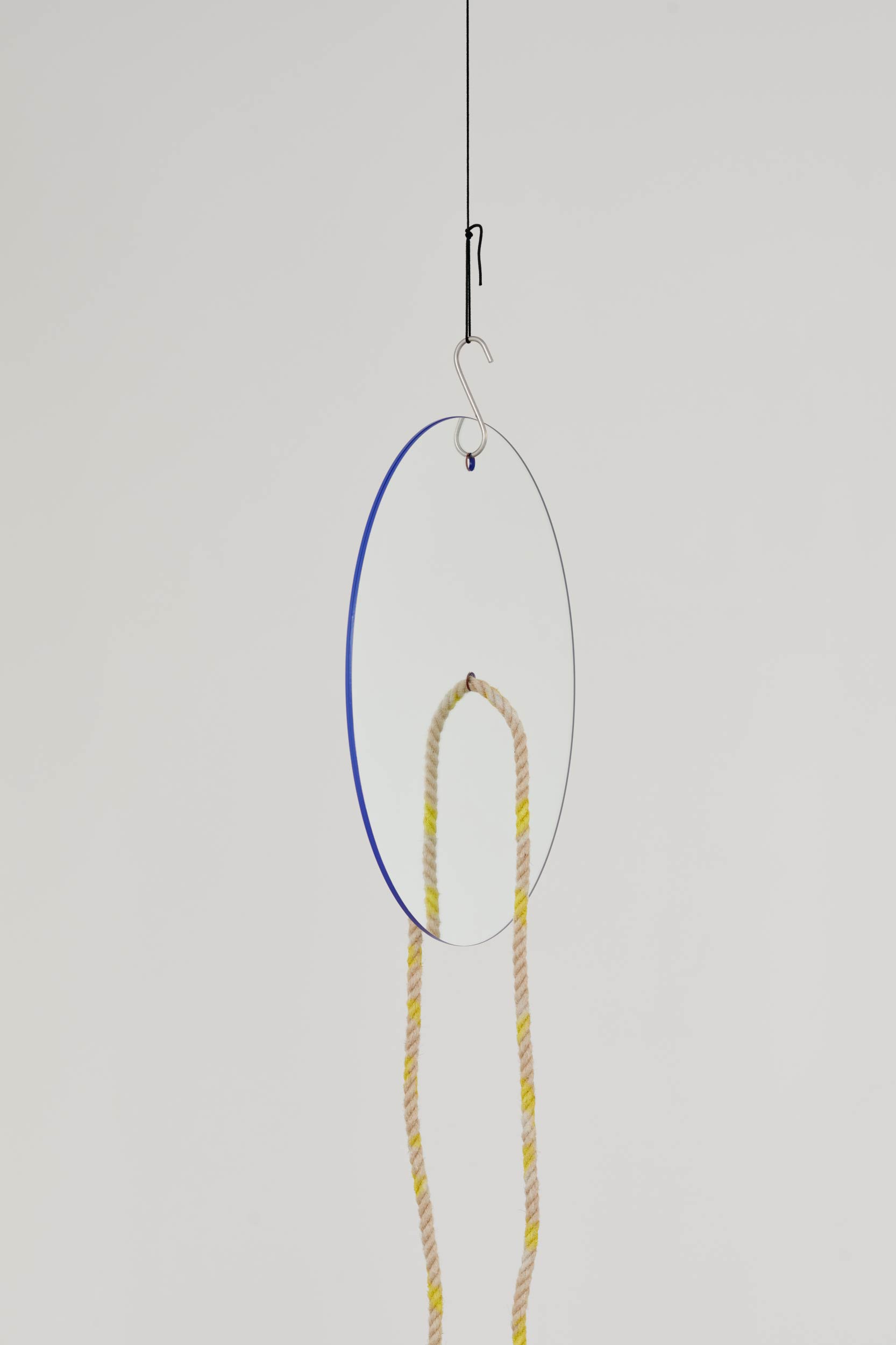
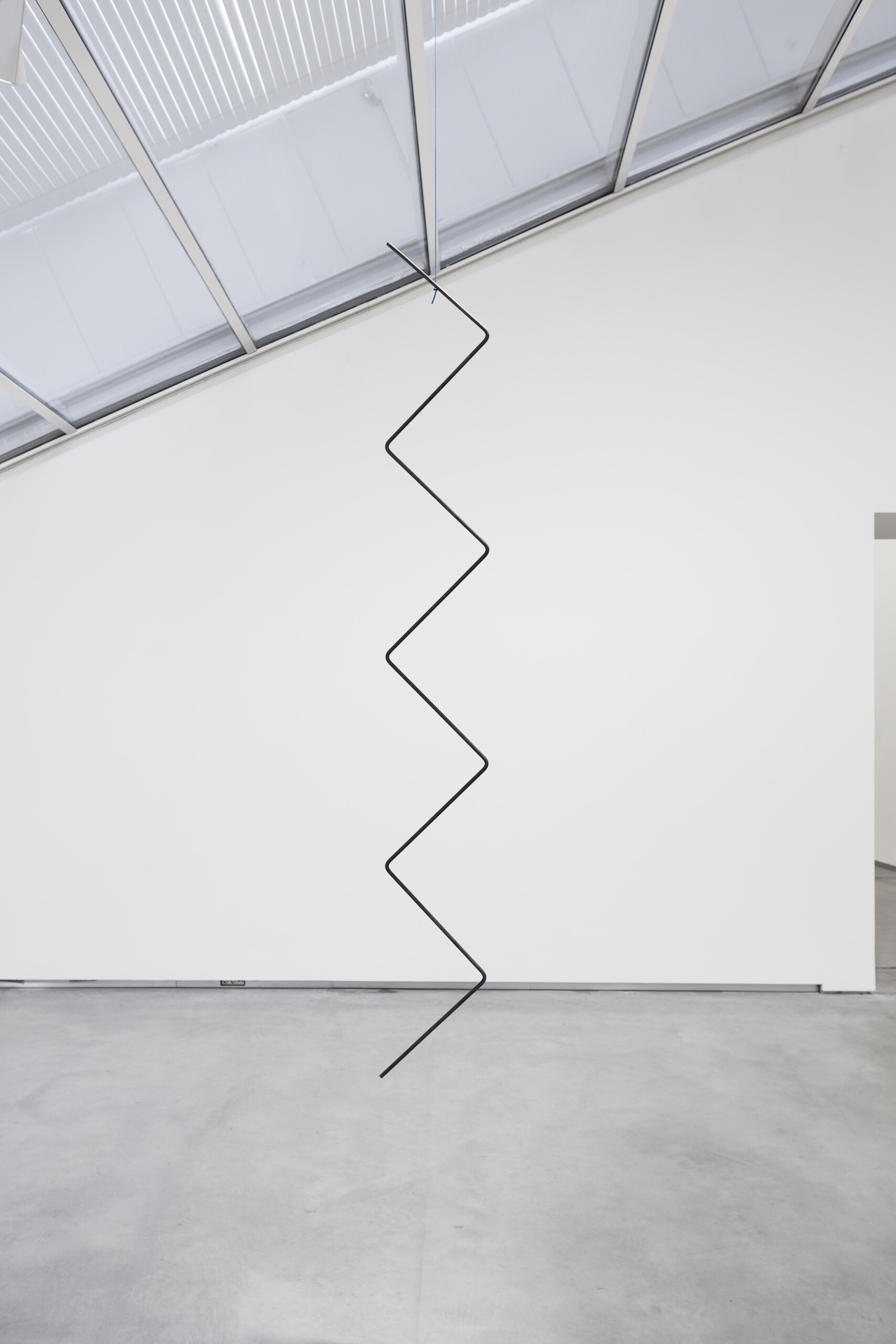
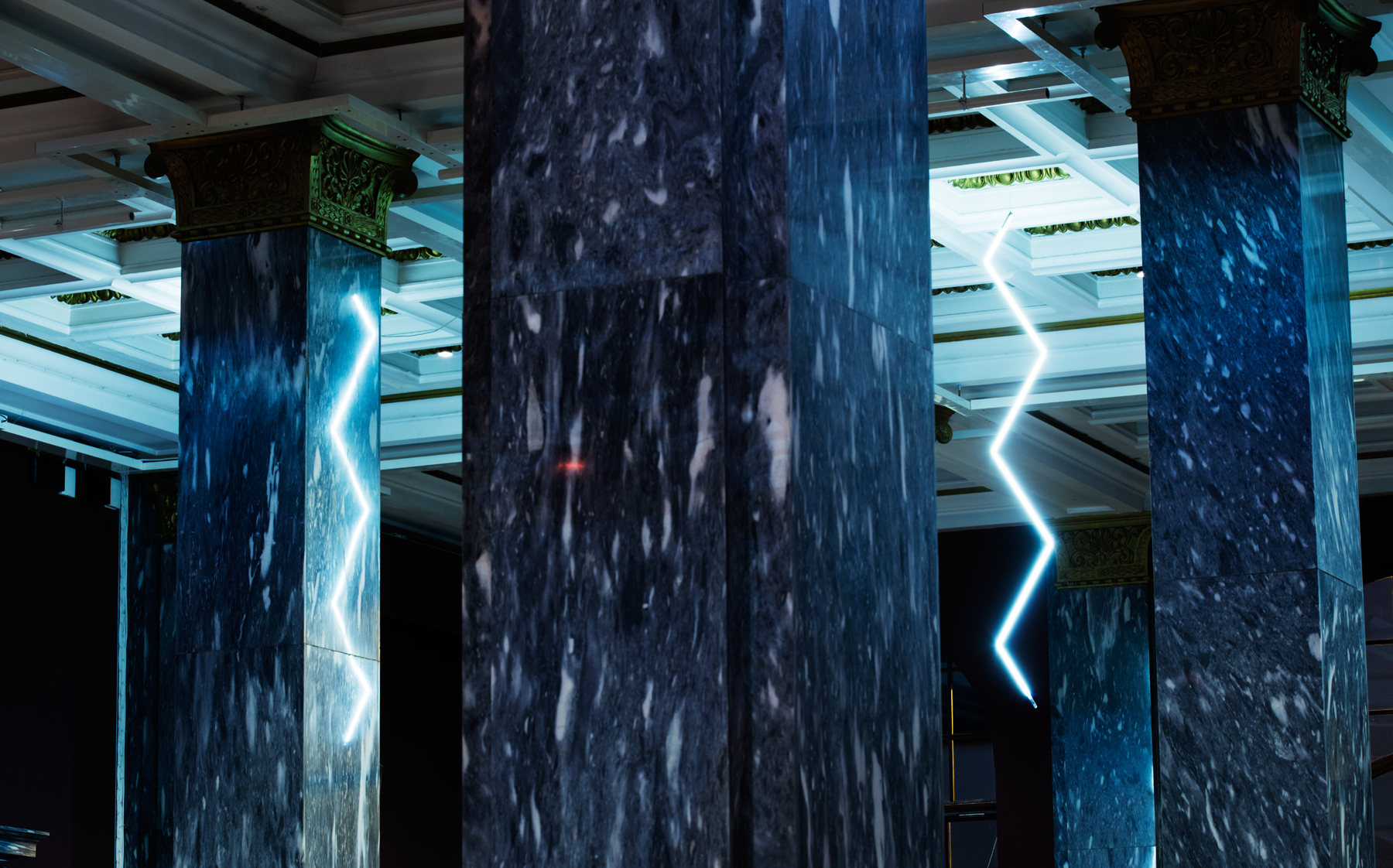
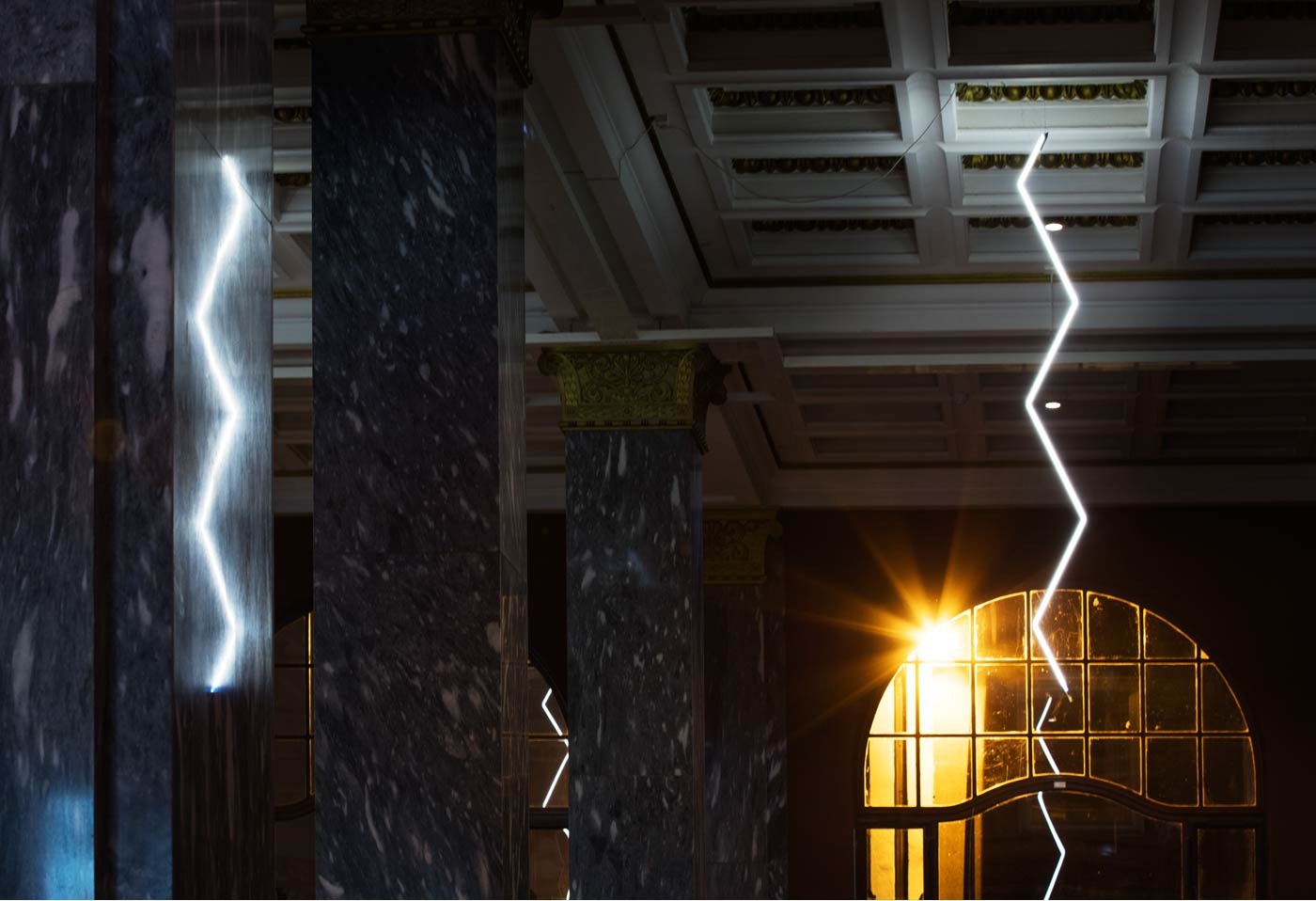
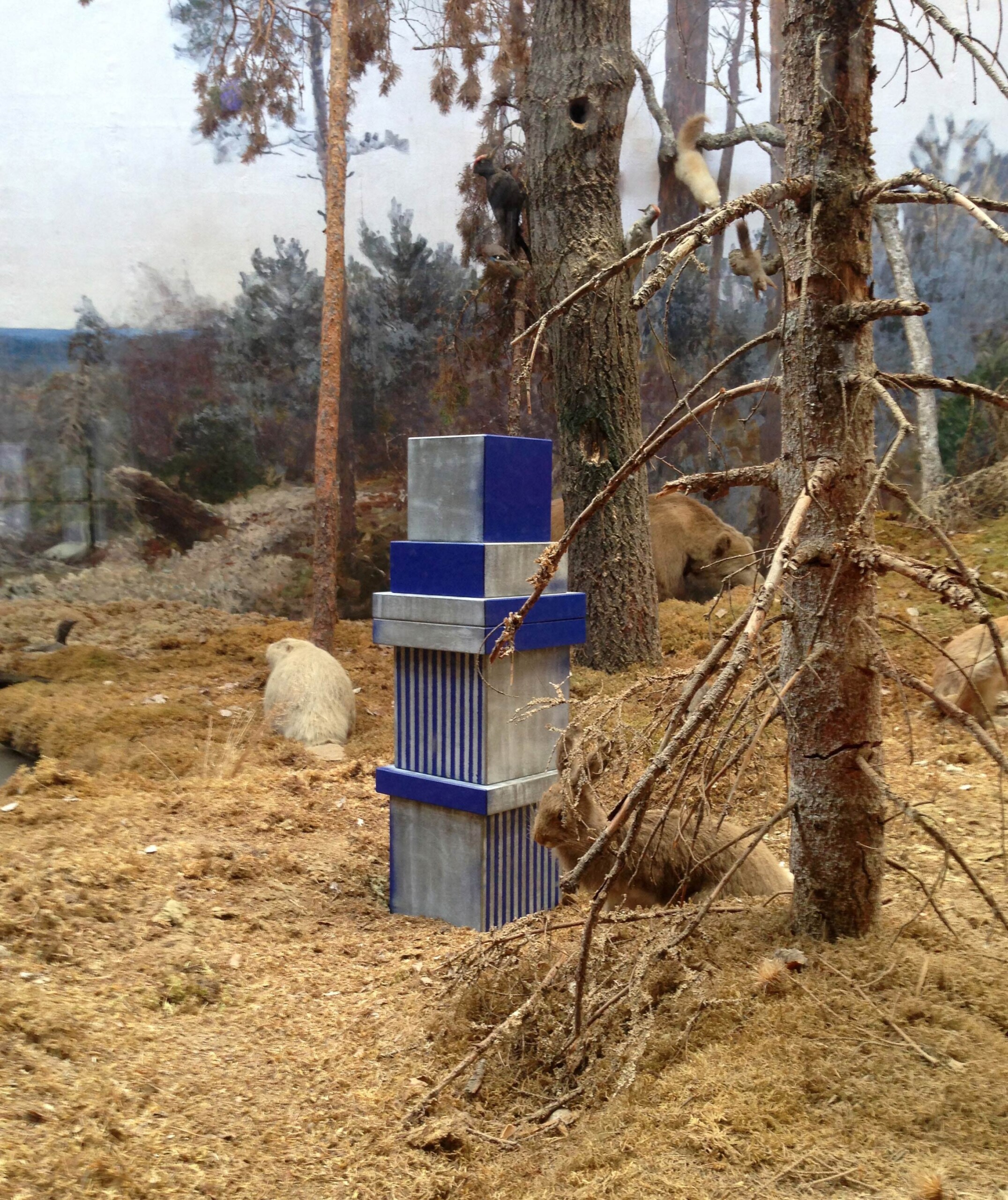

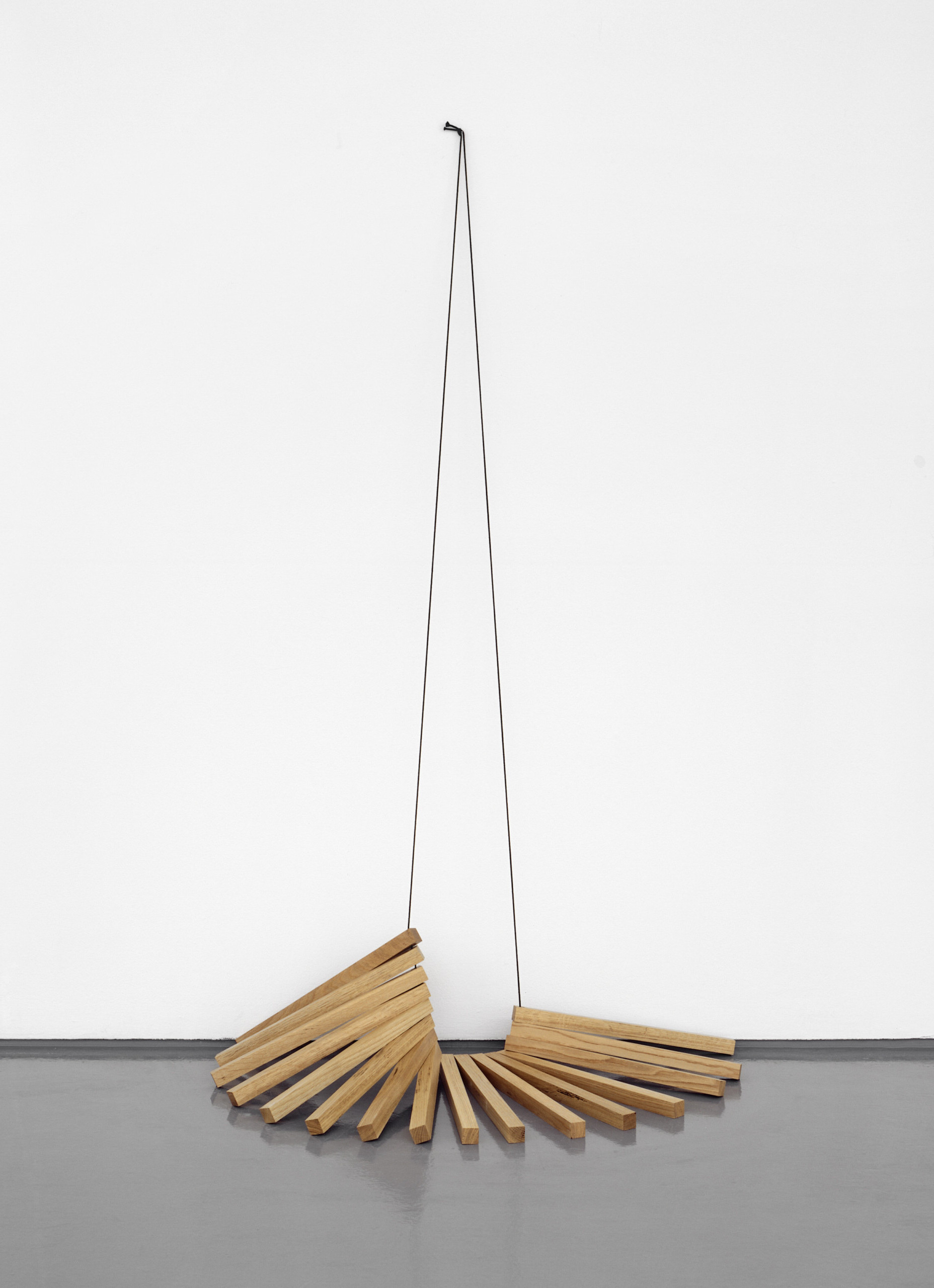
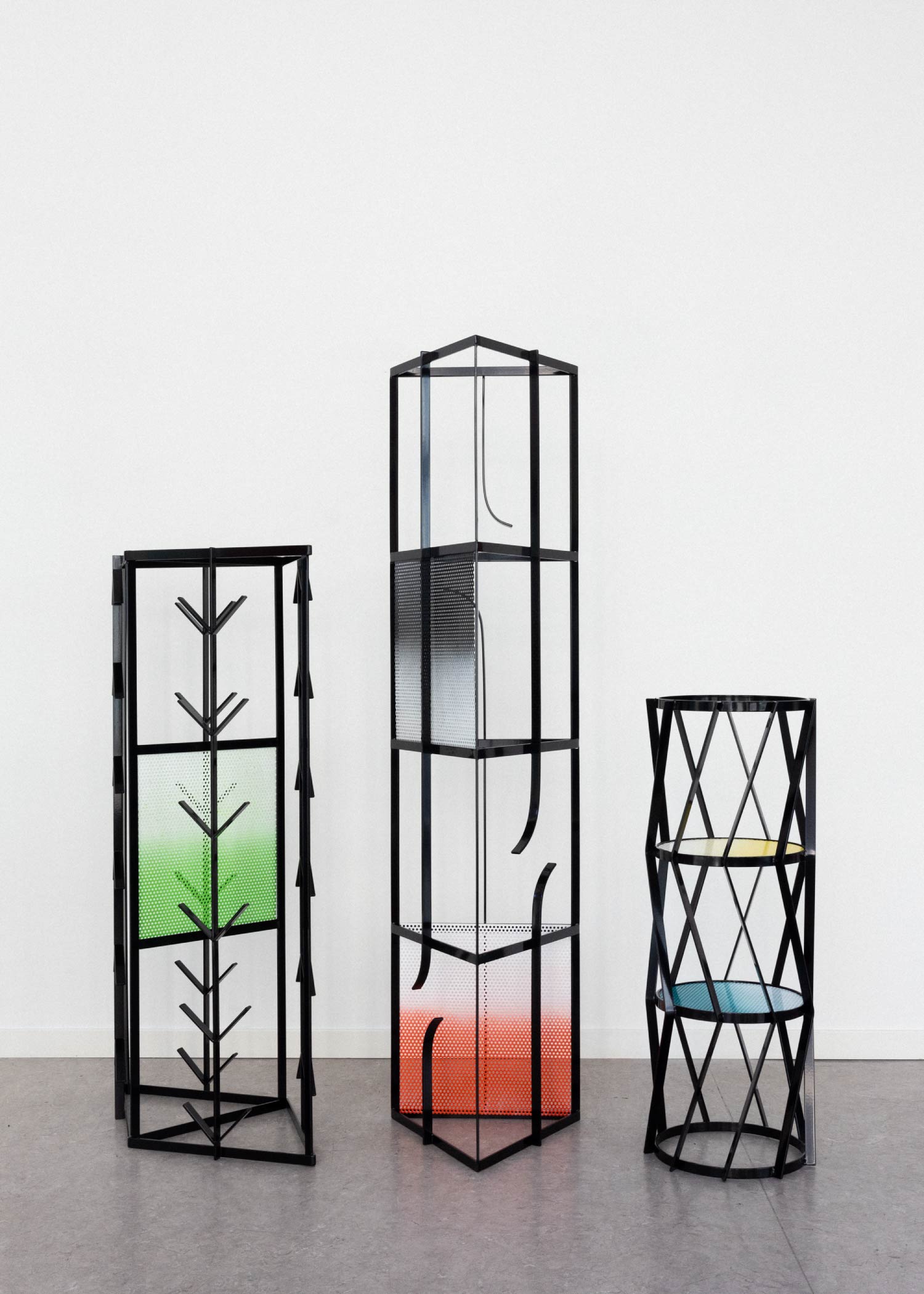


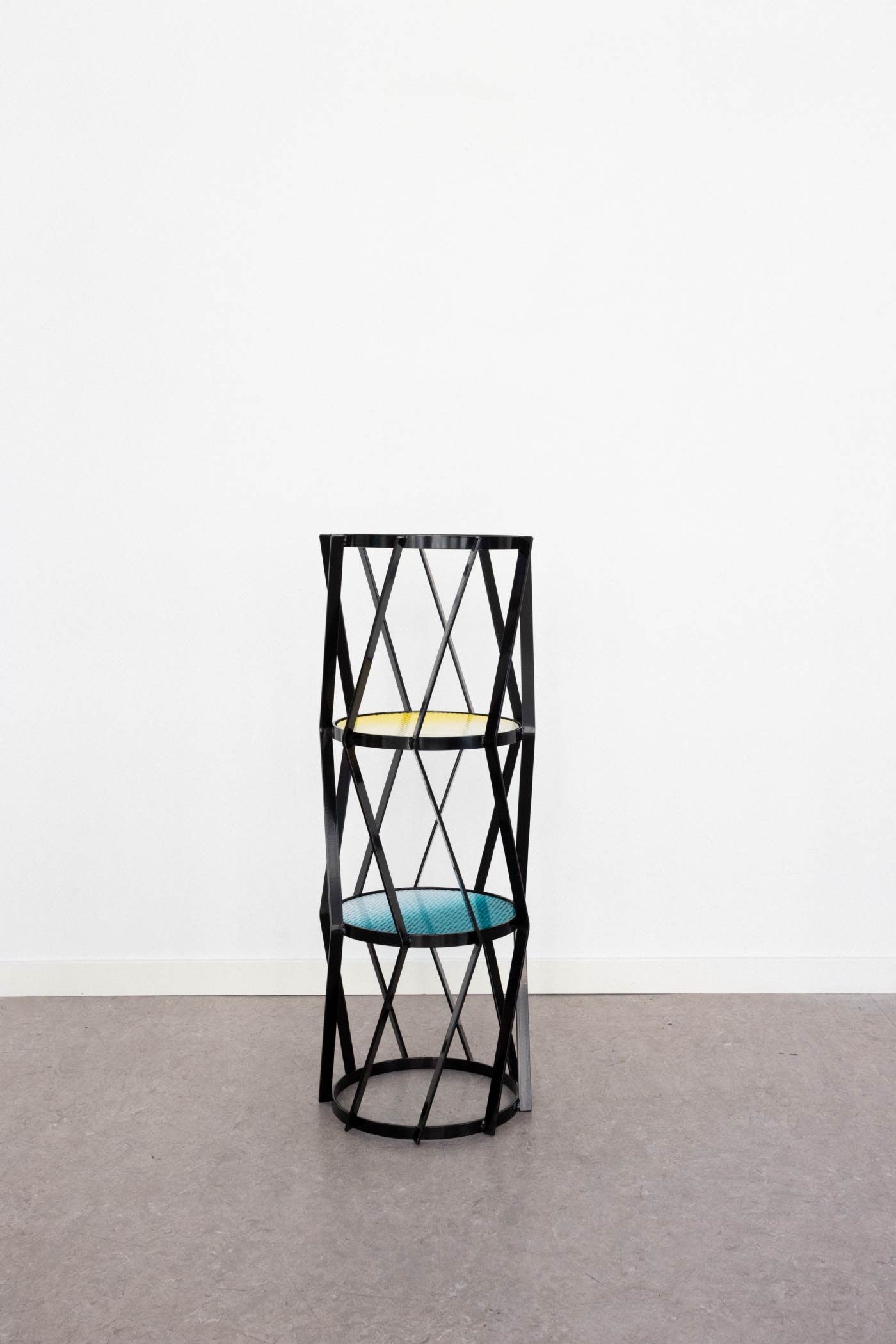
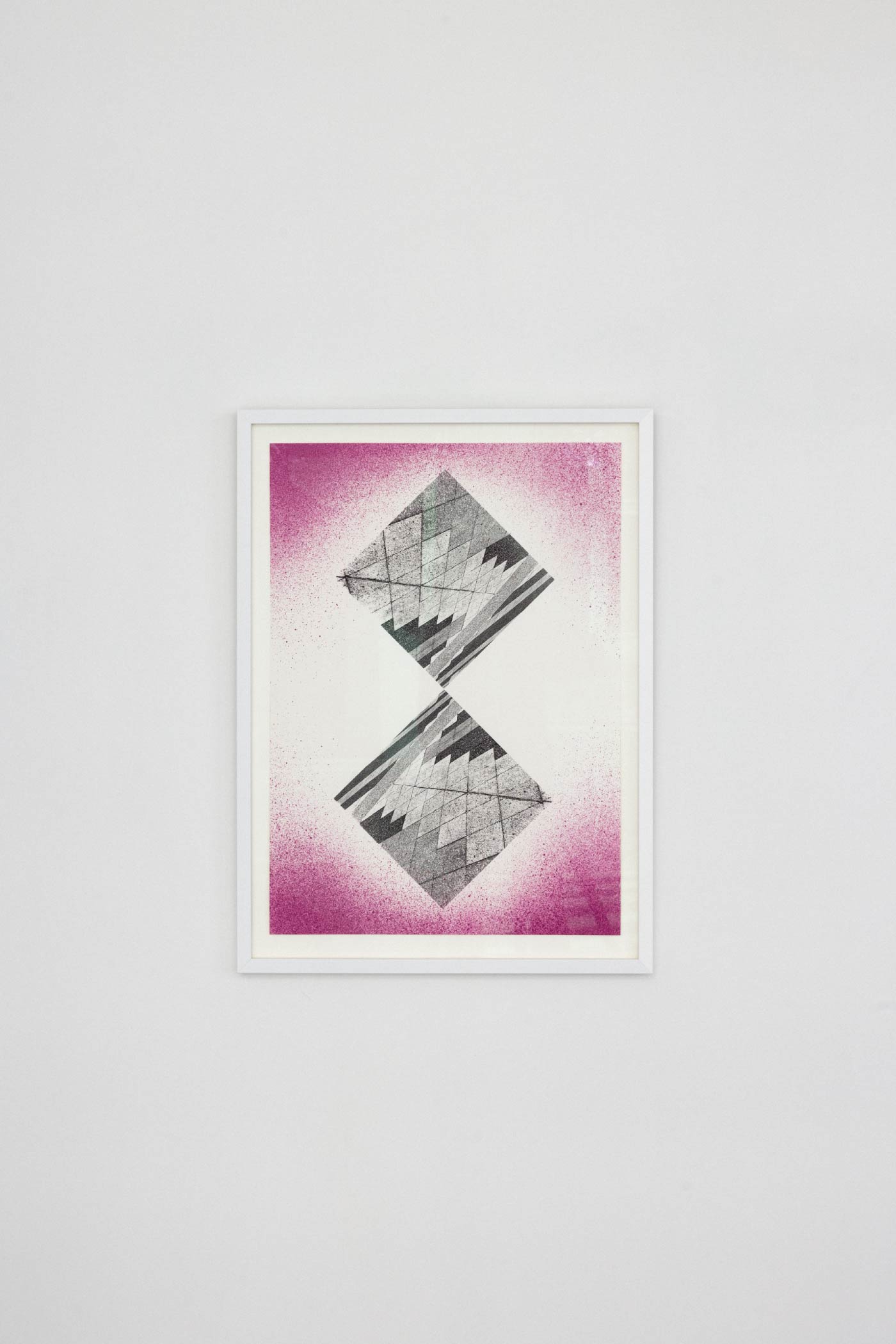
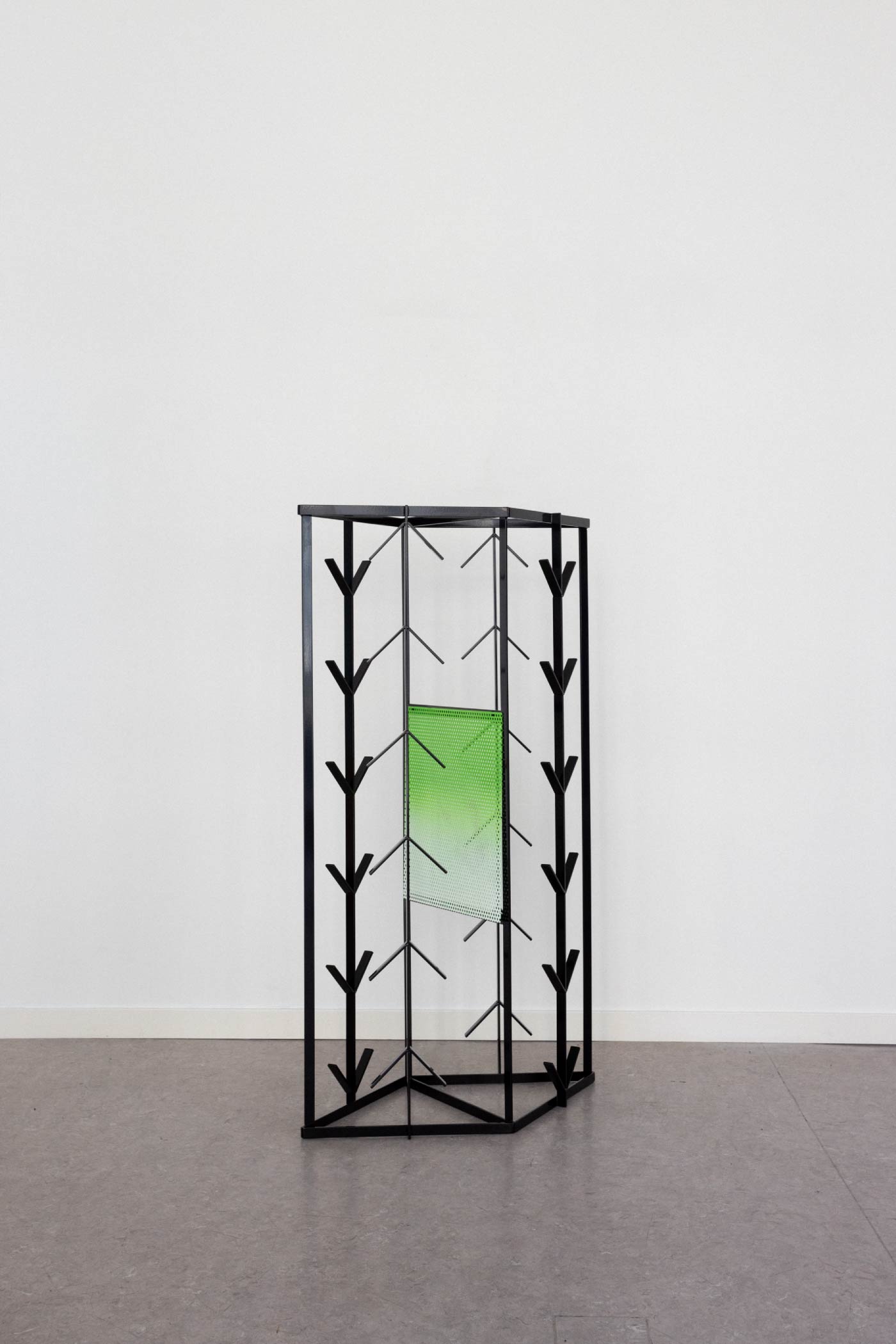
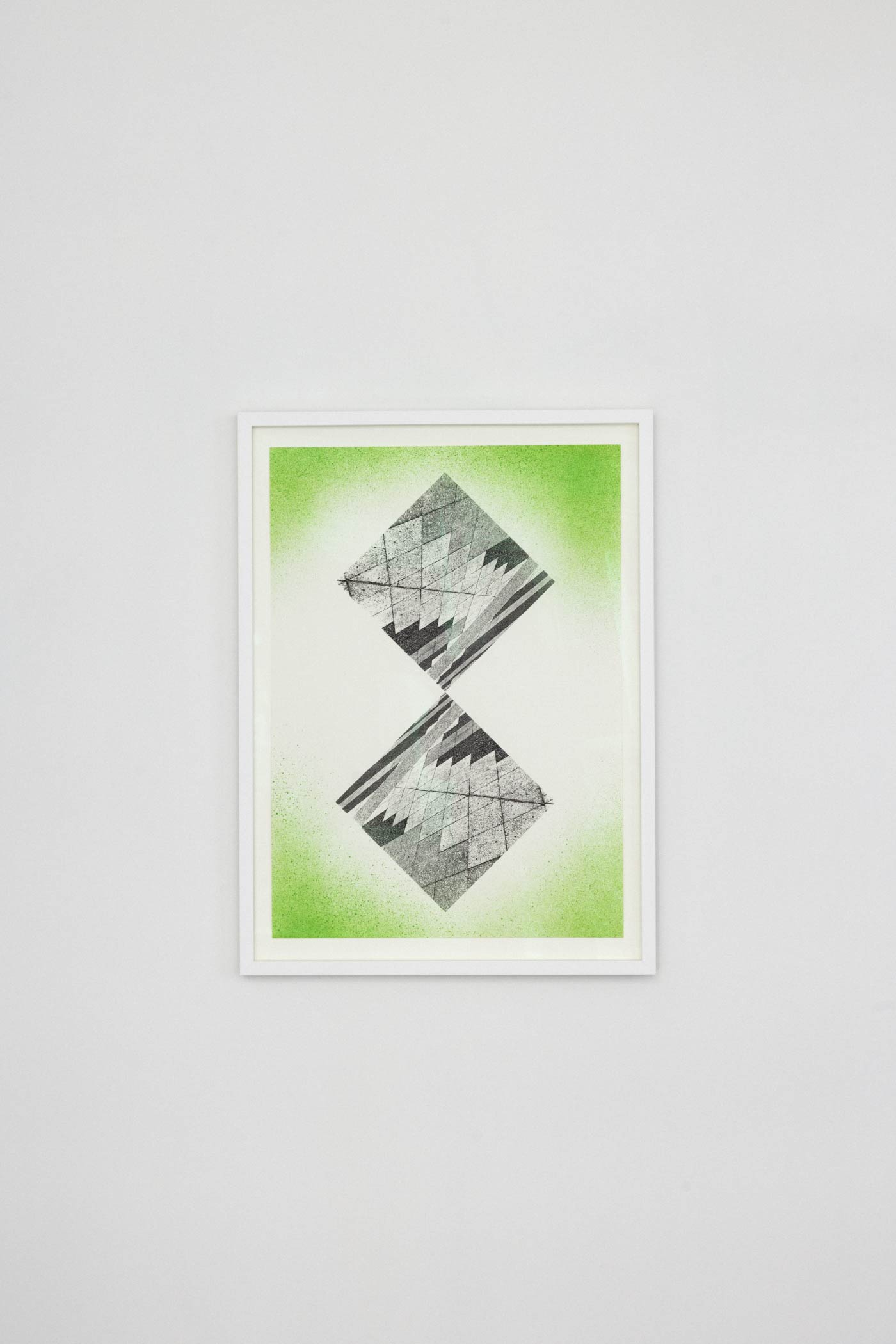

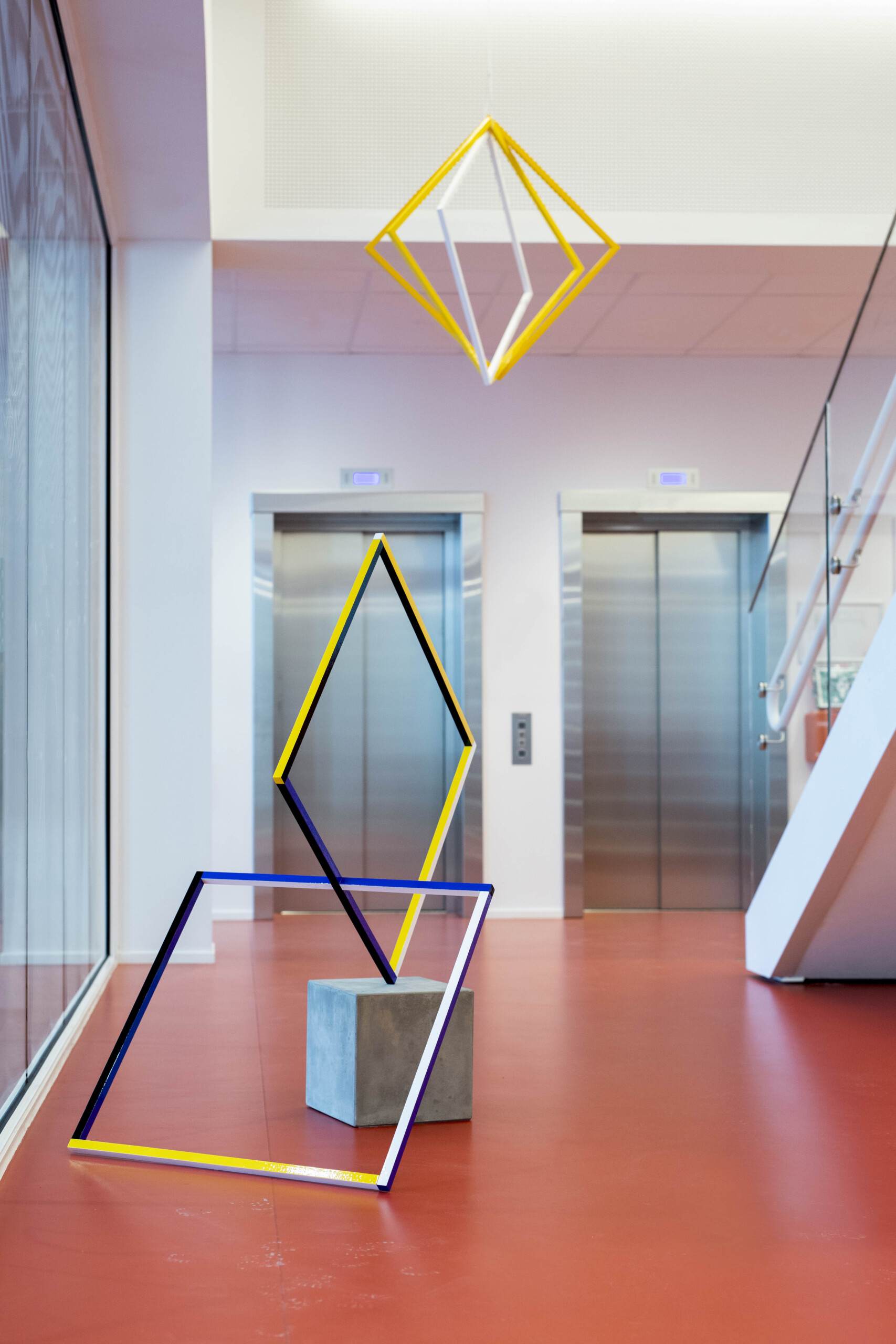
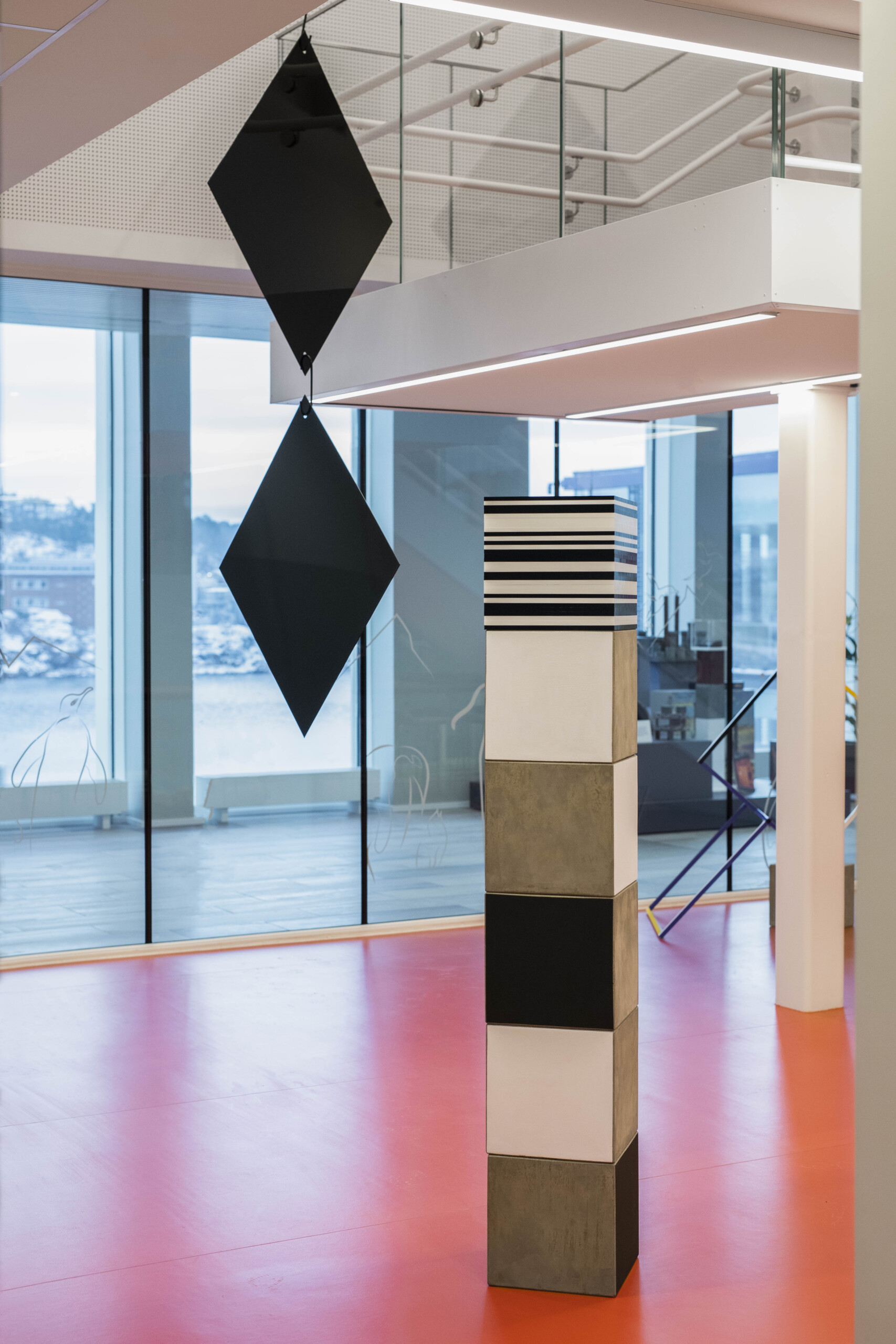


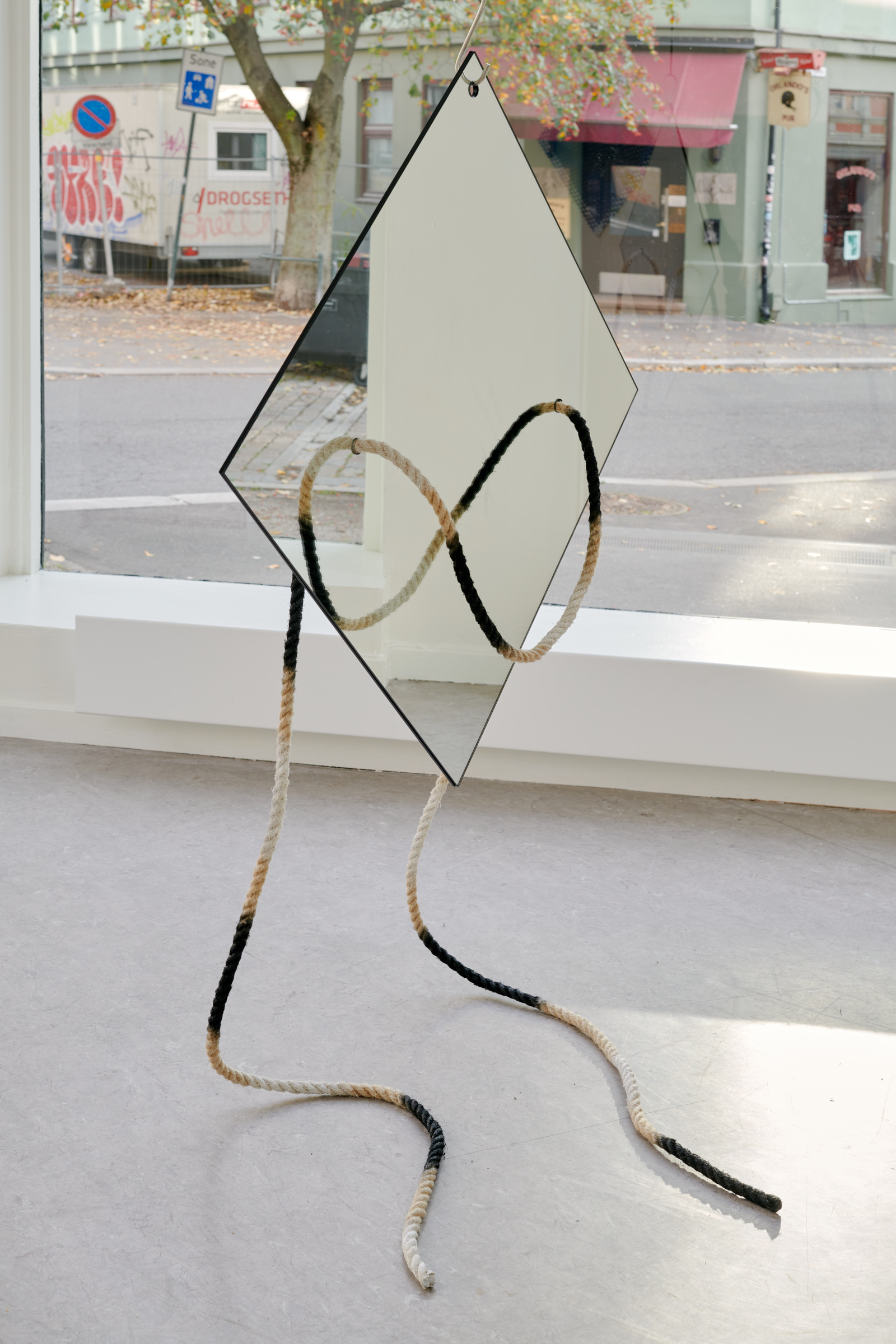

![Digital Delay [Black]](https://belmacz.com/wp-content/uploads/2023/03/2021.10.13-Isca_CL8412.jpg)
![Digital Delay [Red]](https://belmacz.com/wp-content/uploads/2023/03/2021.10.13-Isca_CL8418.jpg)
![Digital Delay [Blue]](https://belmacz.com/wp-content/uploads/2023/03/2021.10.13-Isca_CL8417.jpg)
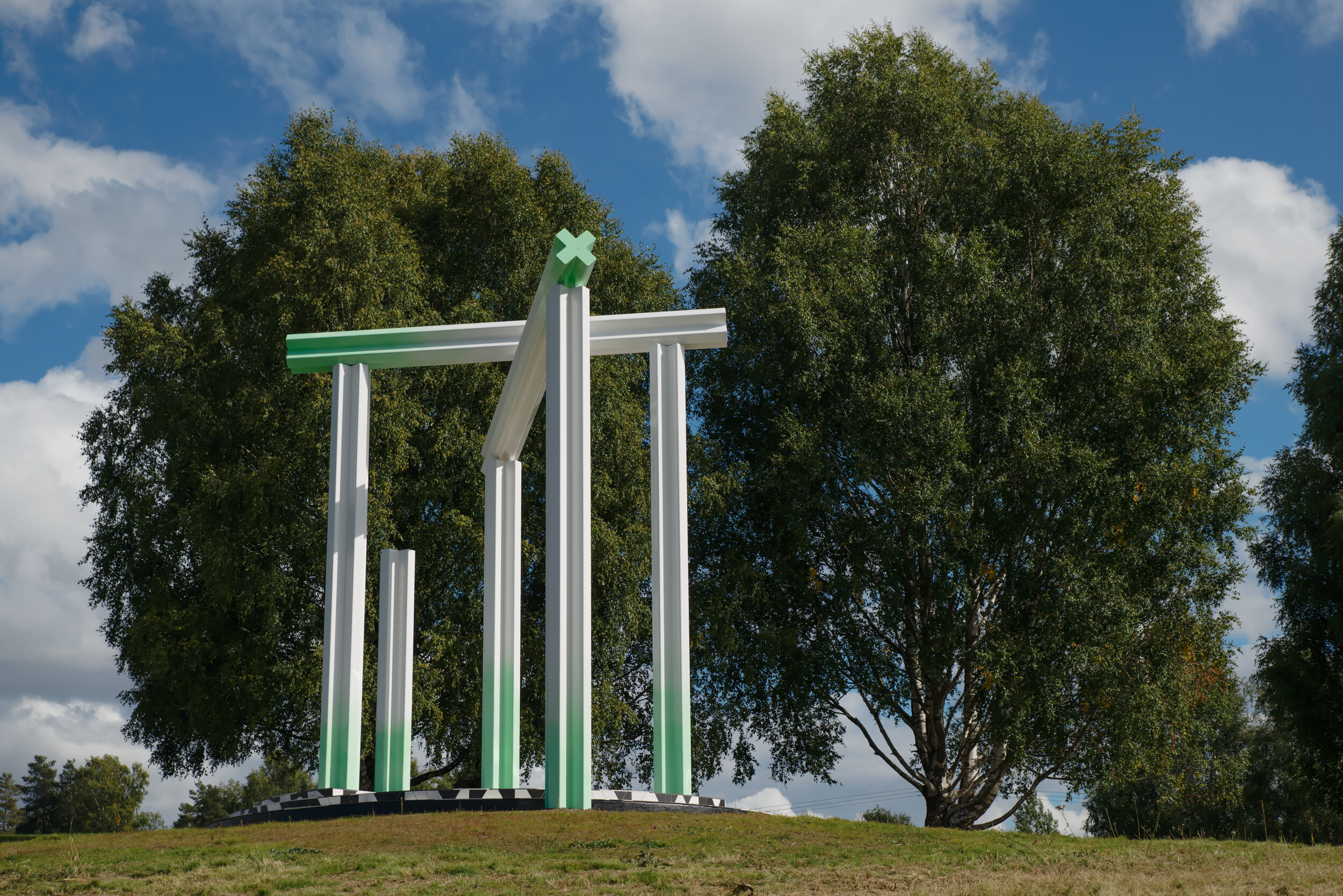
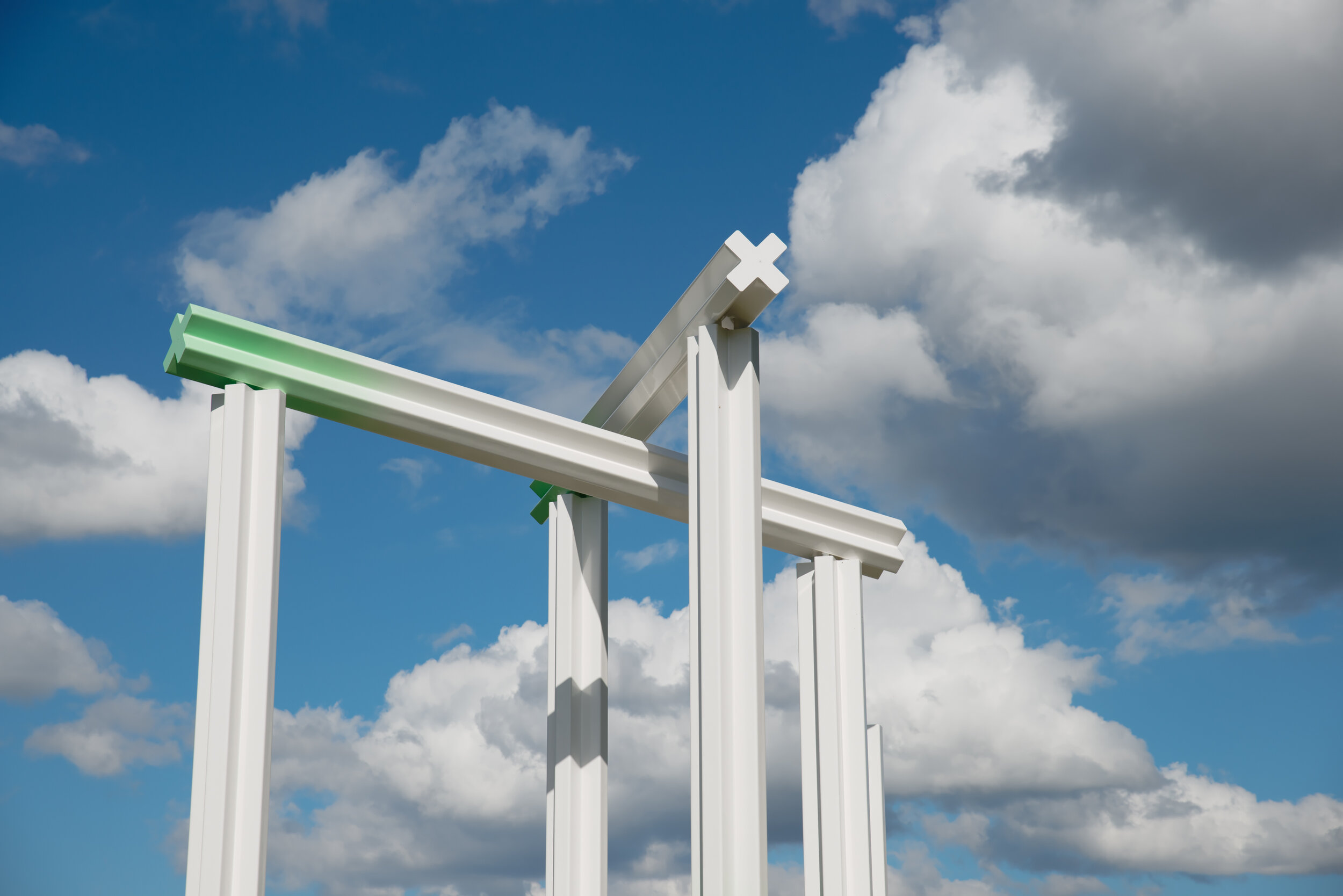


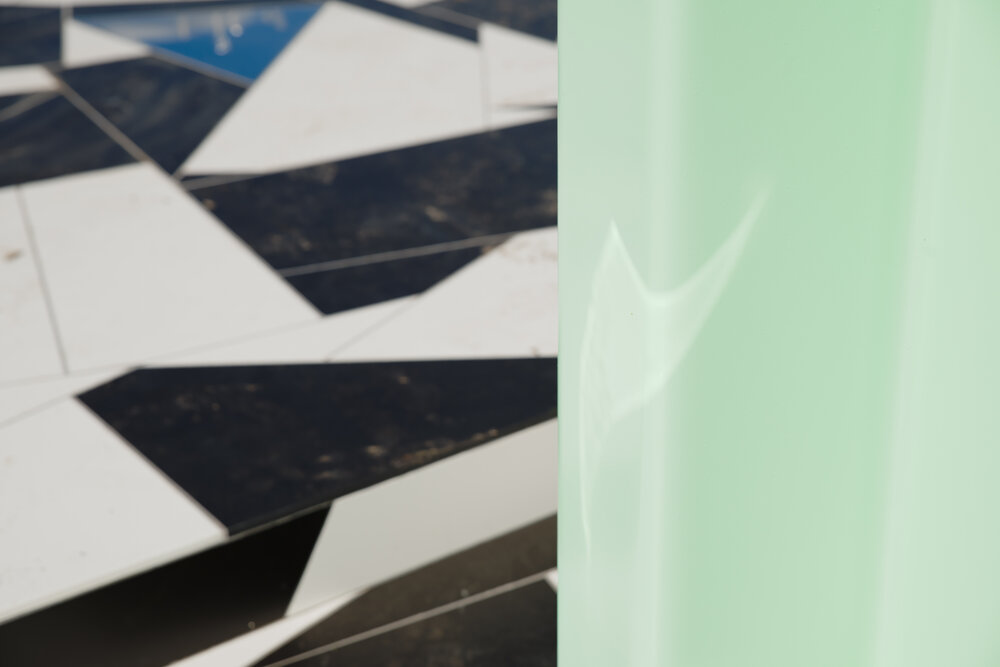

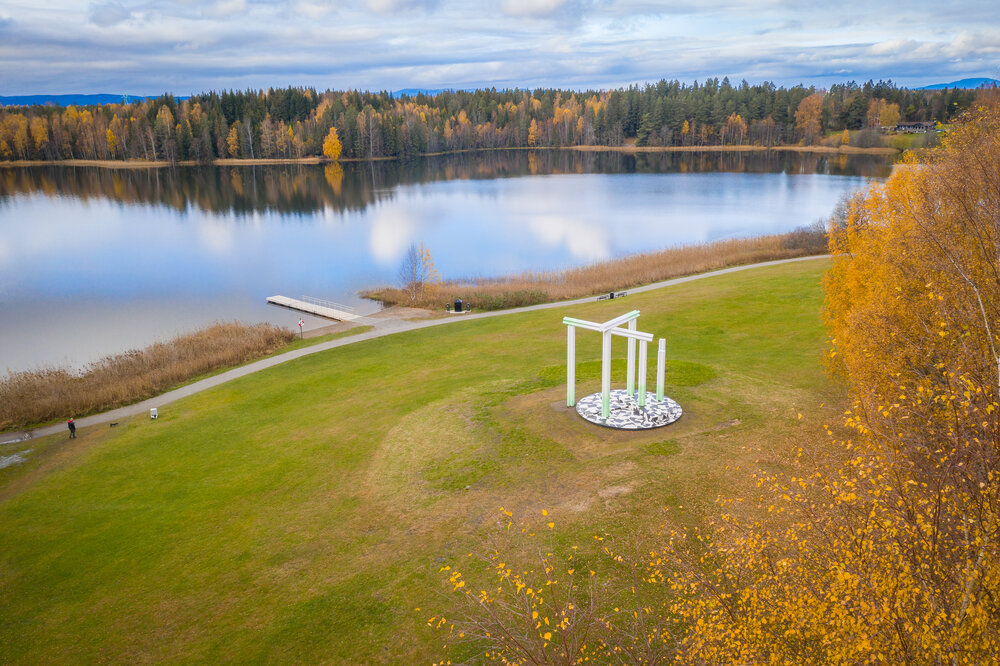
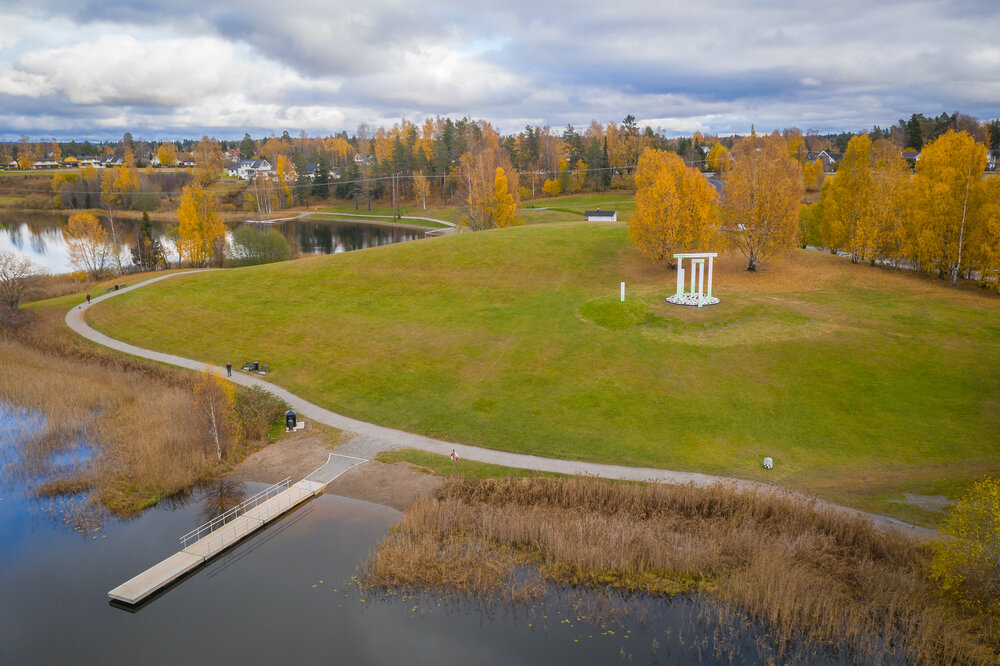
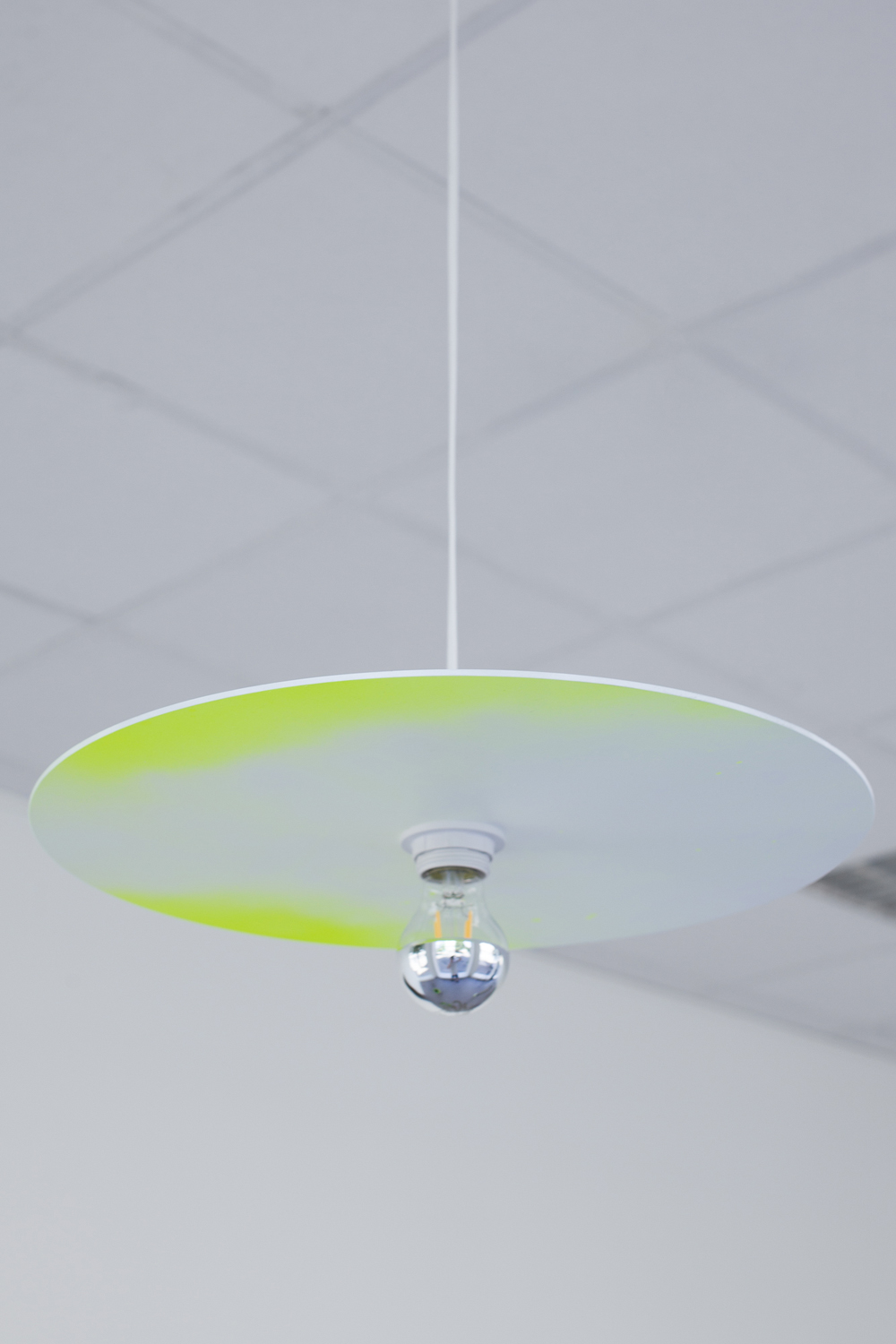

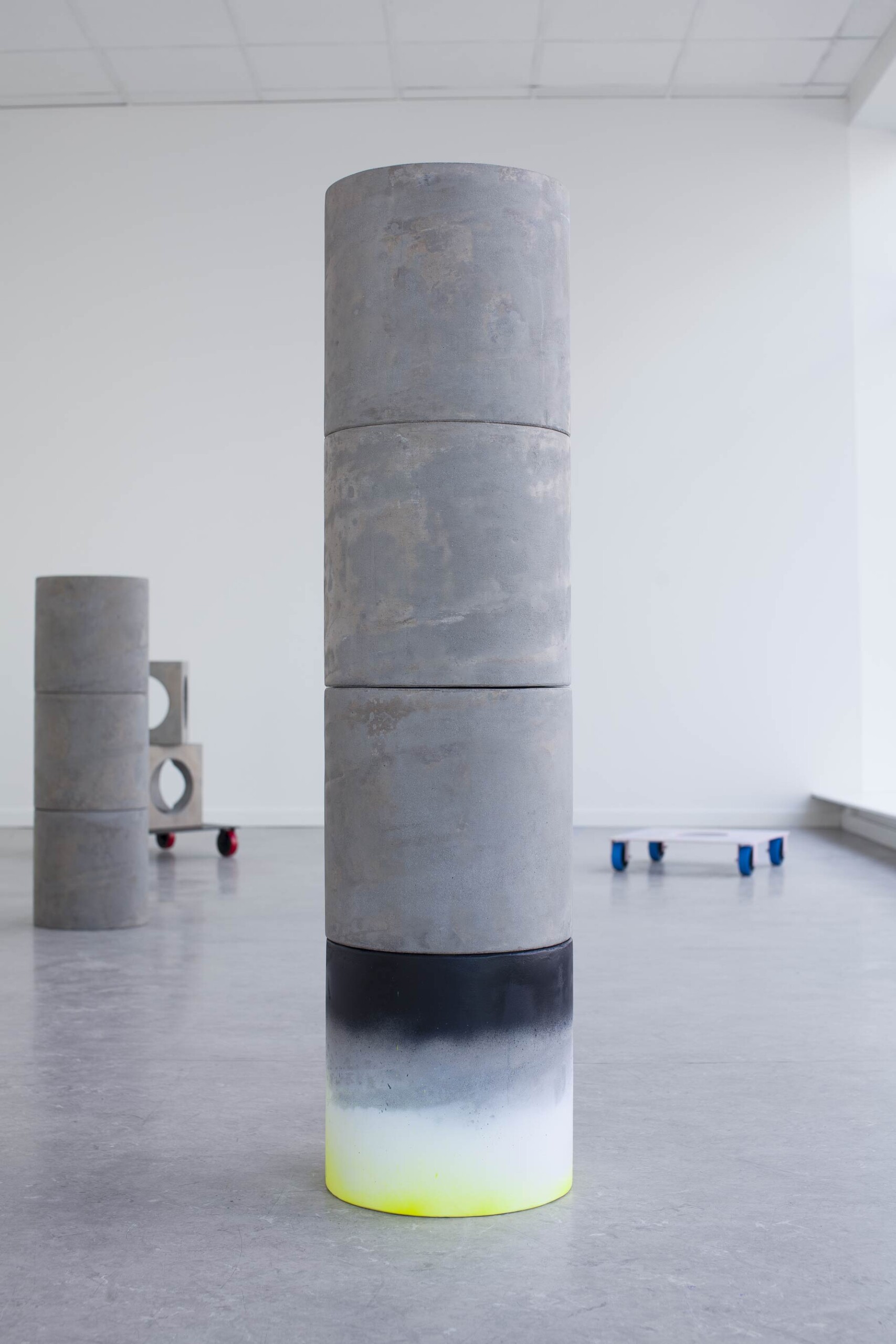

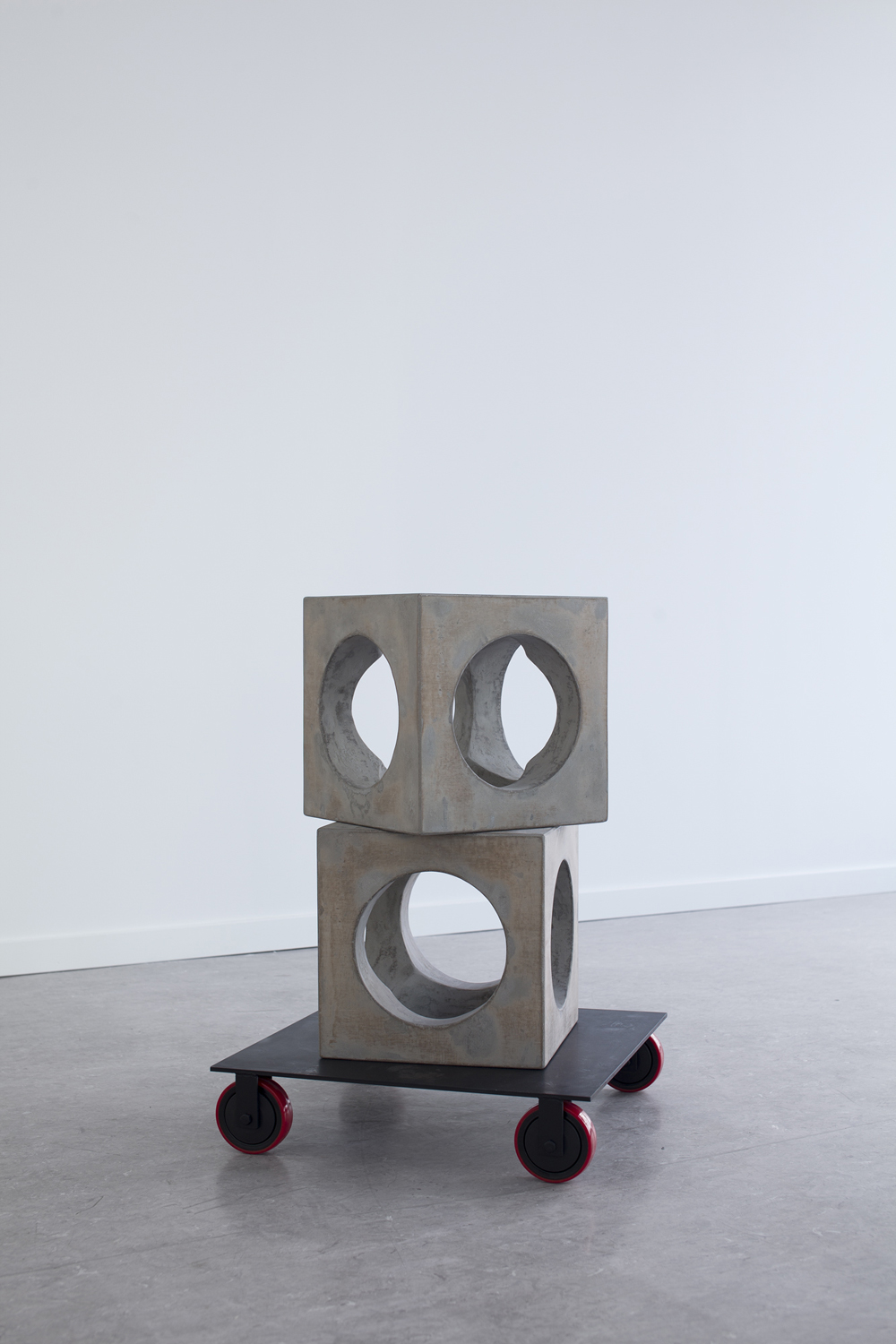
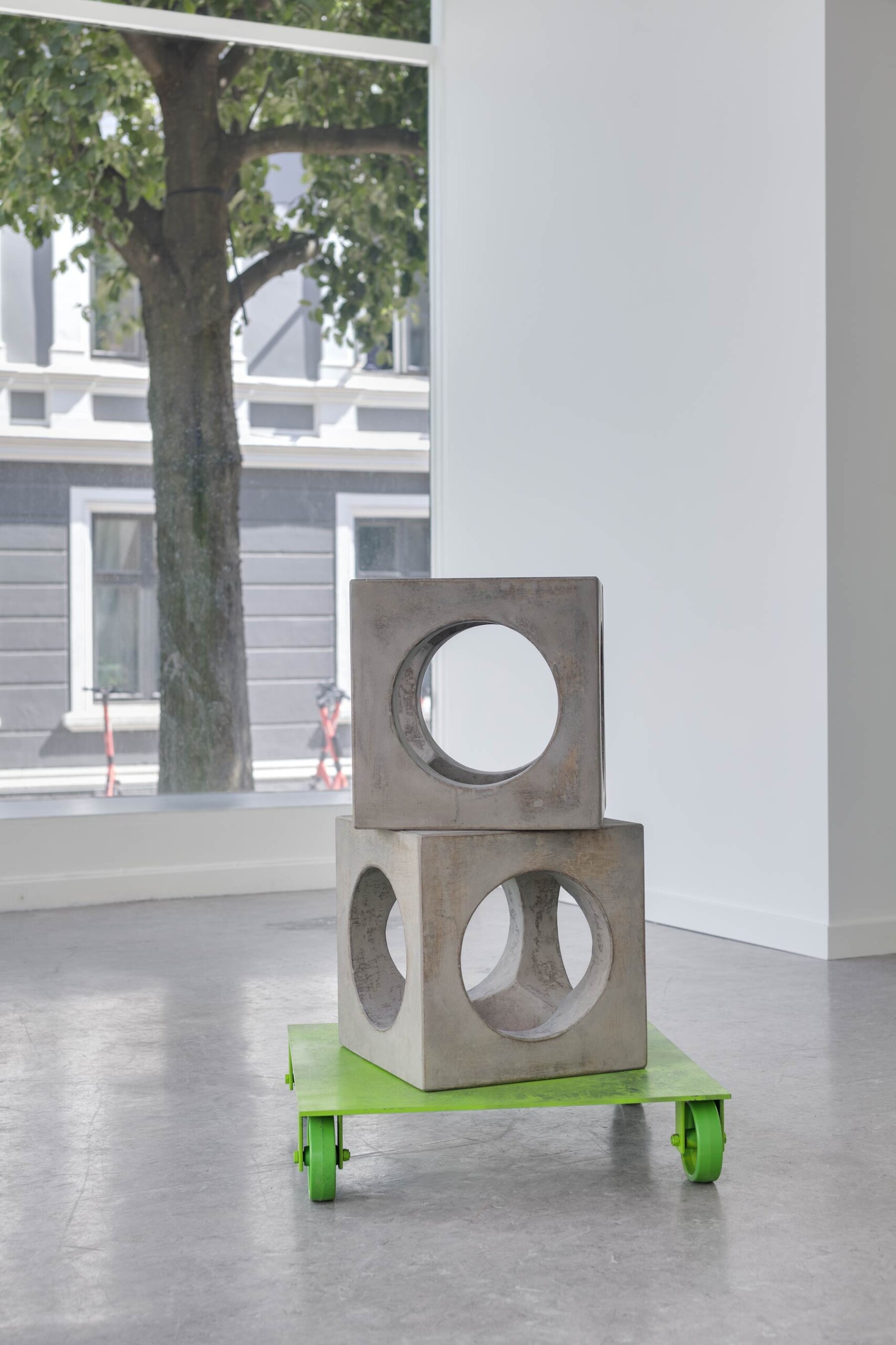
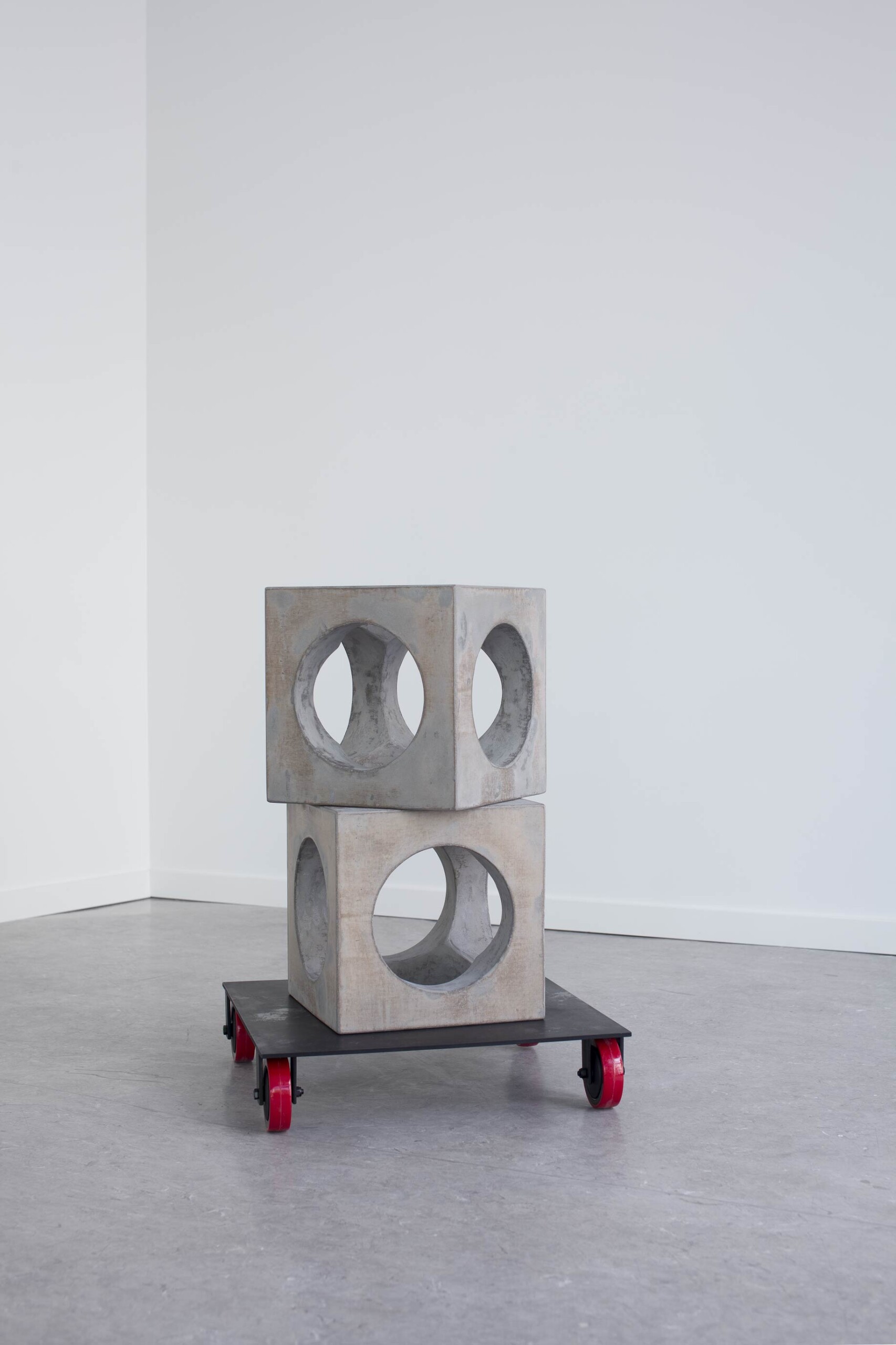


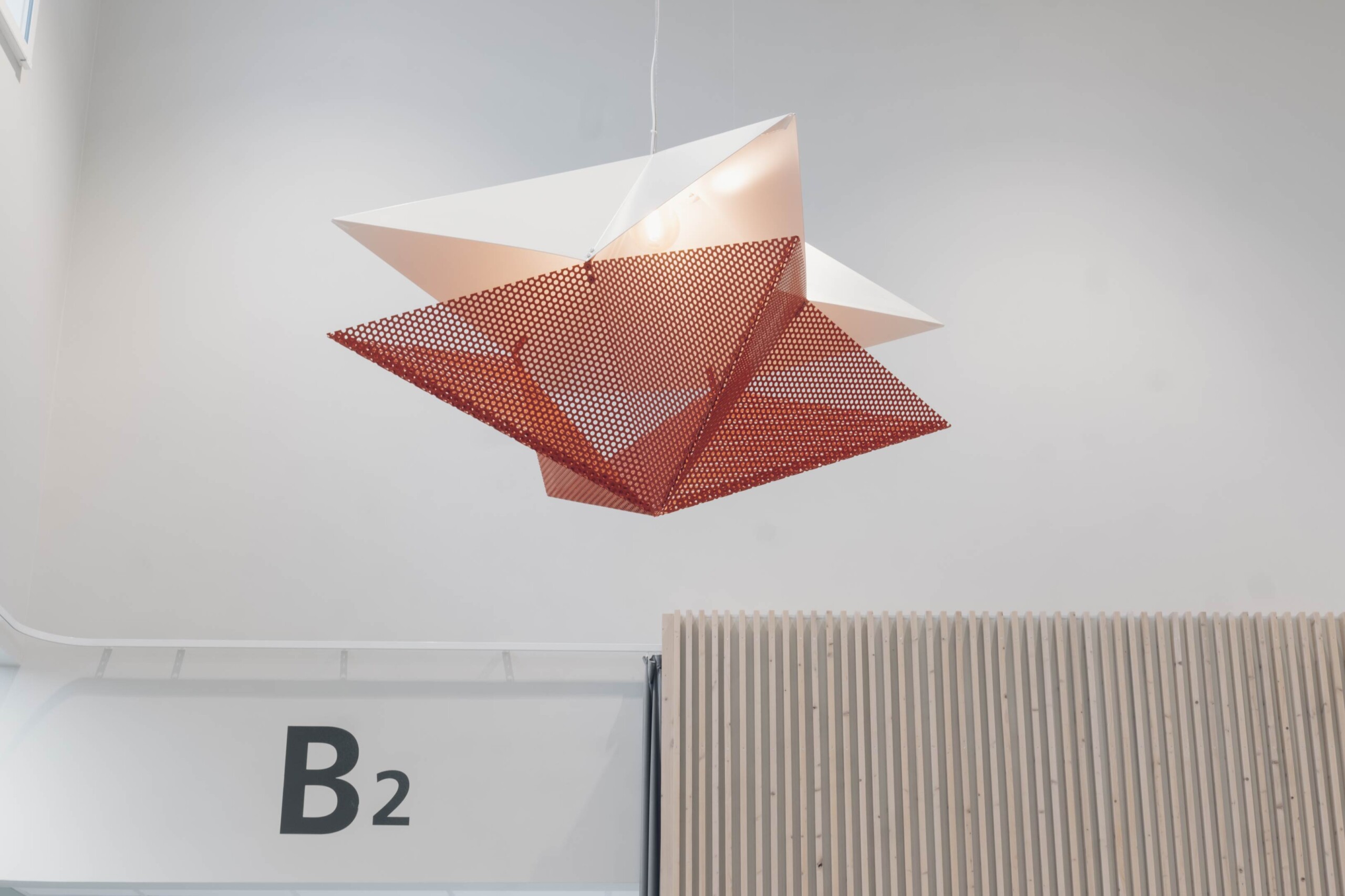

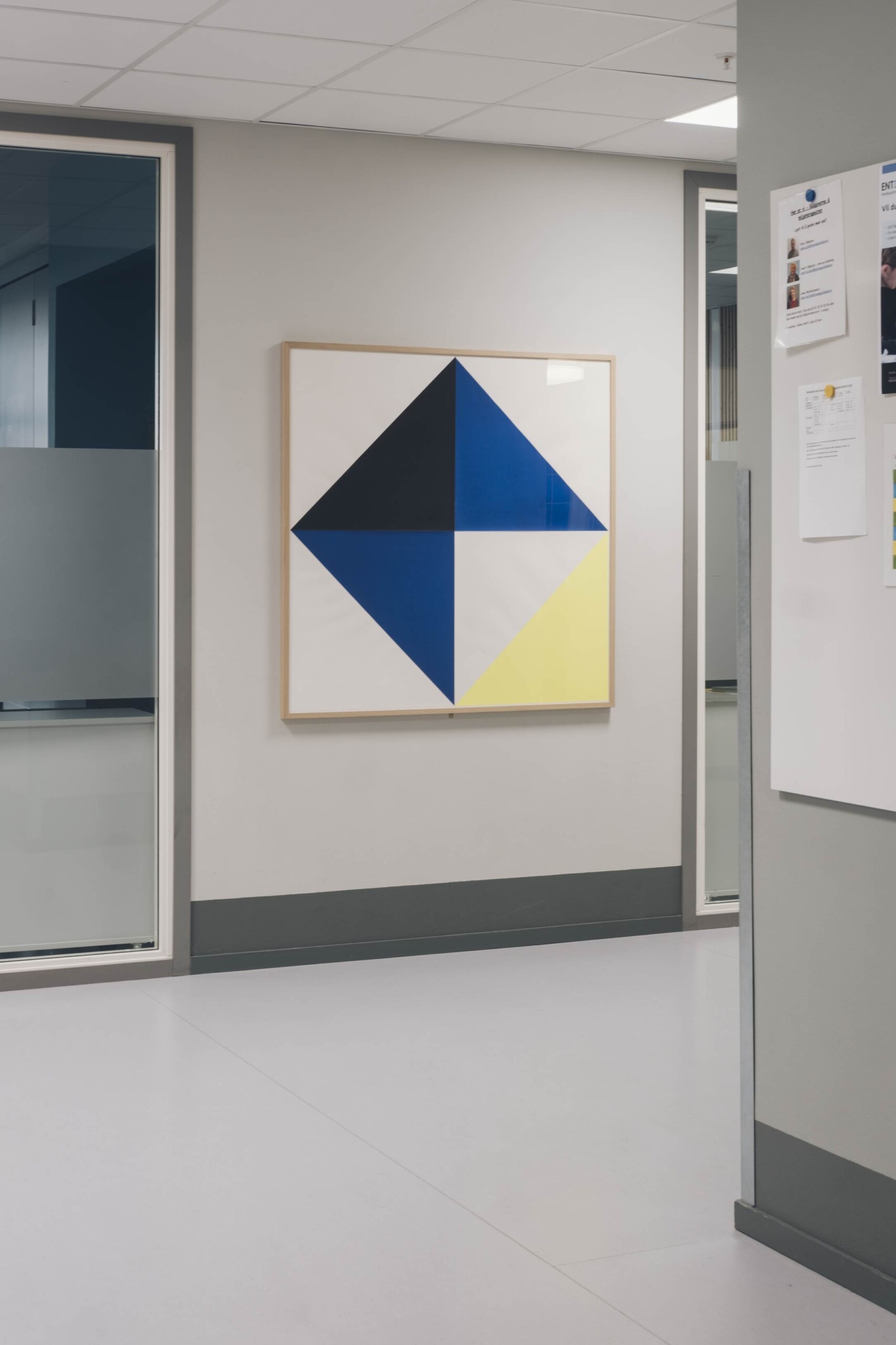


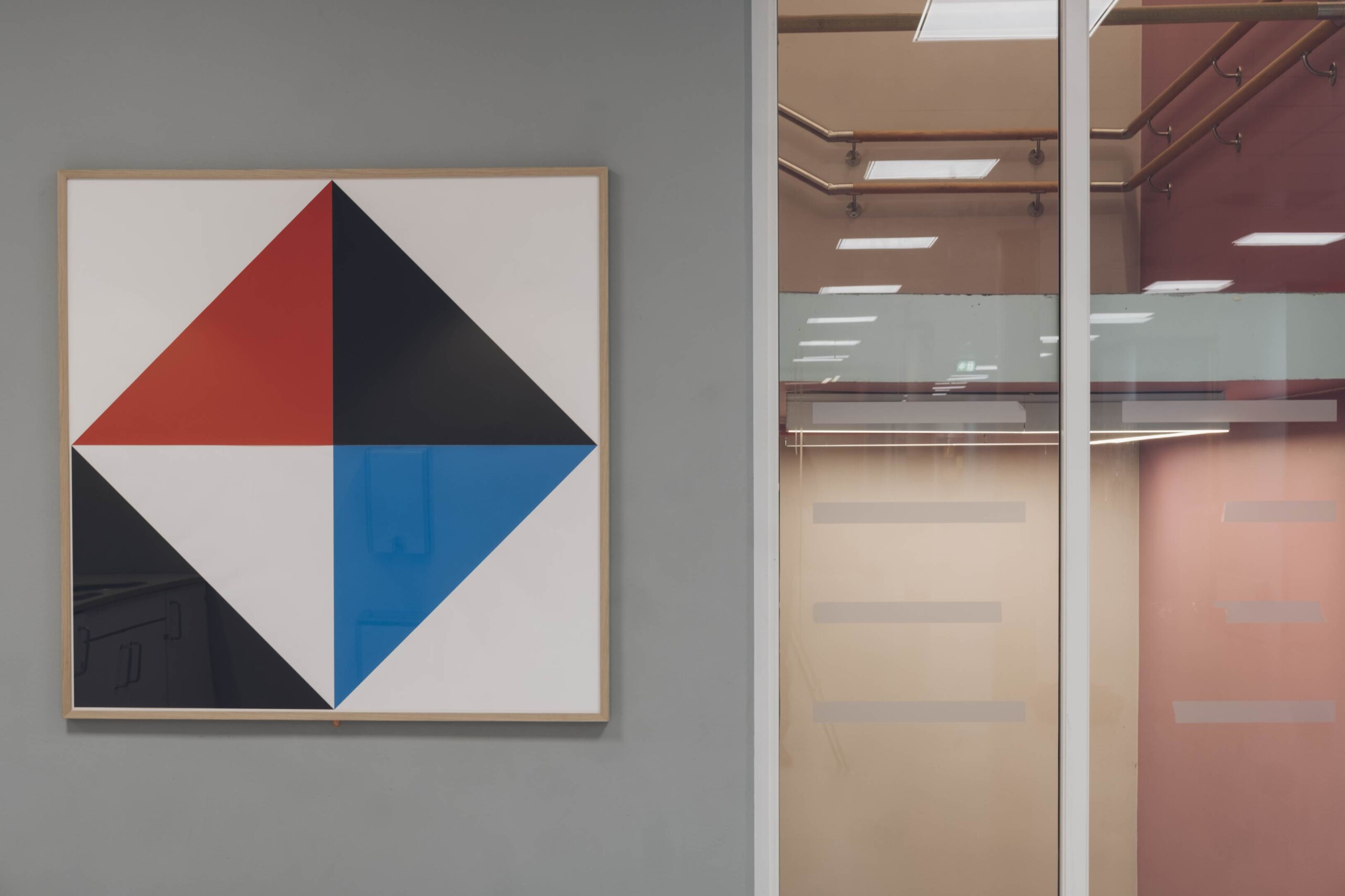
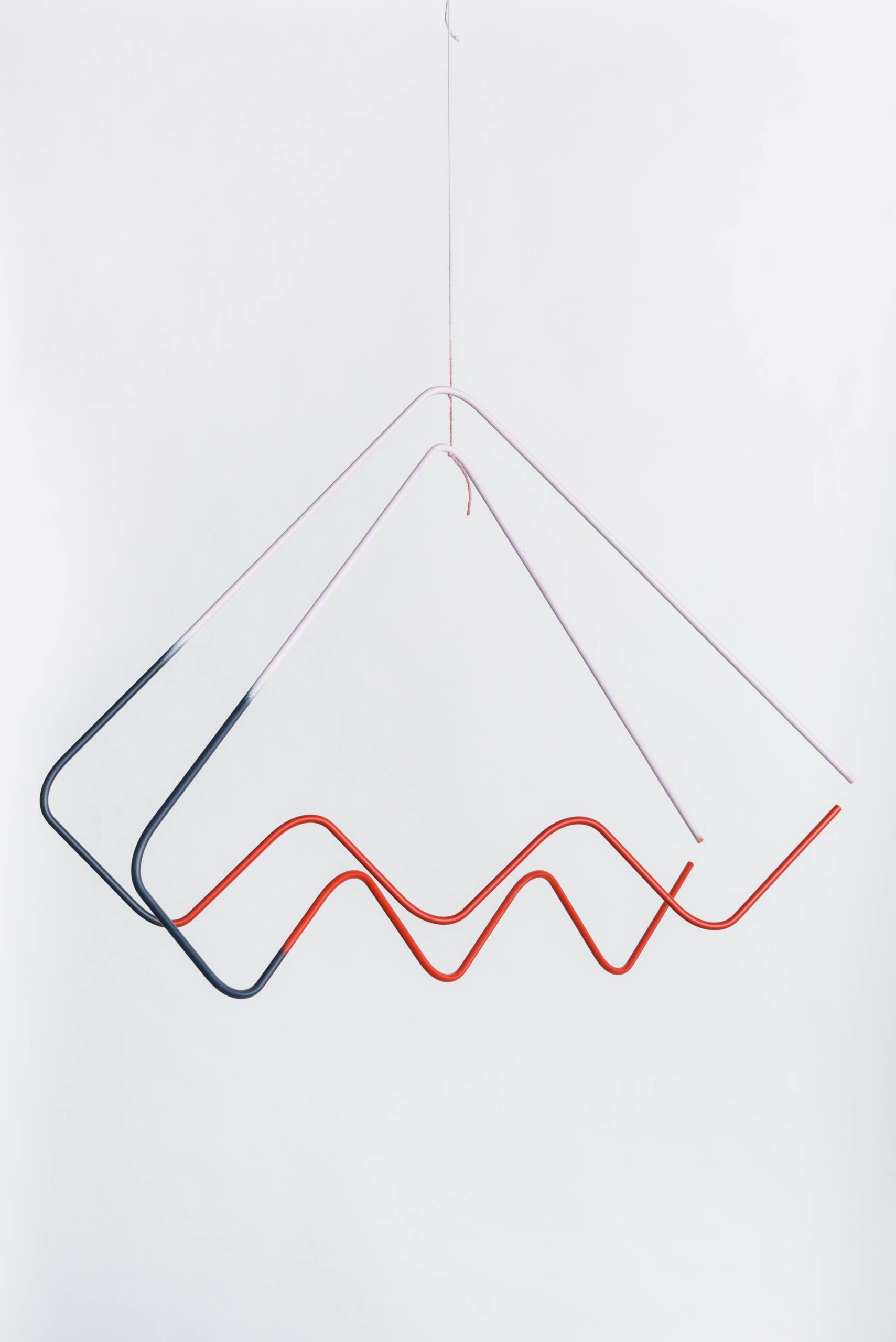
![Noir [right]; Systems Red [left]](https://belmacz.com/wp-content/uploads/2023/03/DSC4666-editedHR-scaled.jpg)
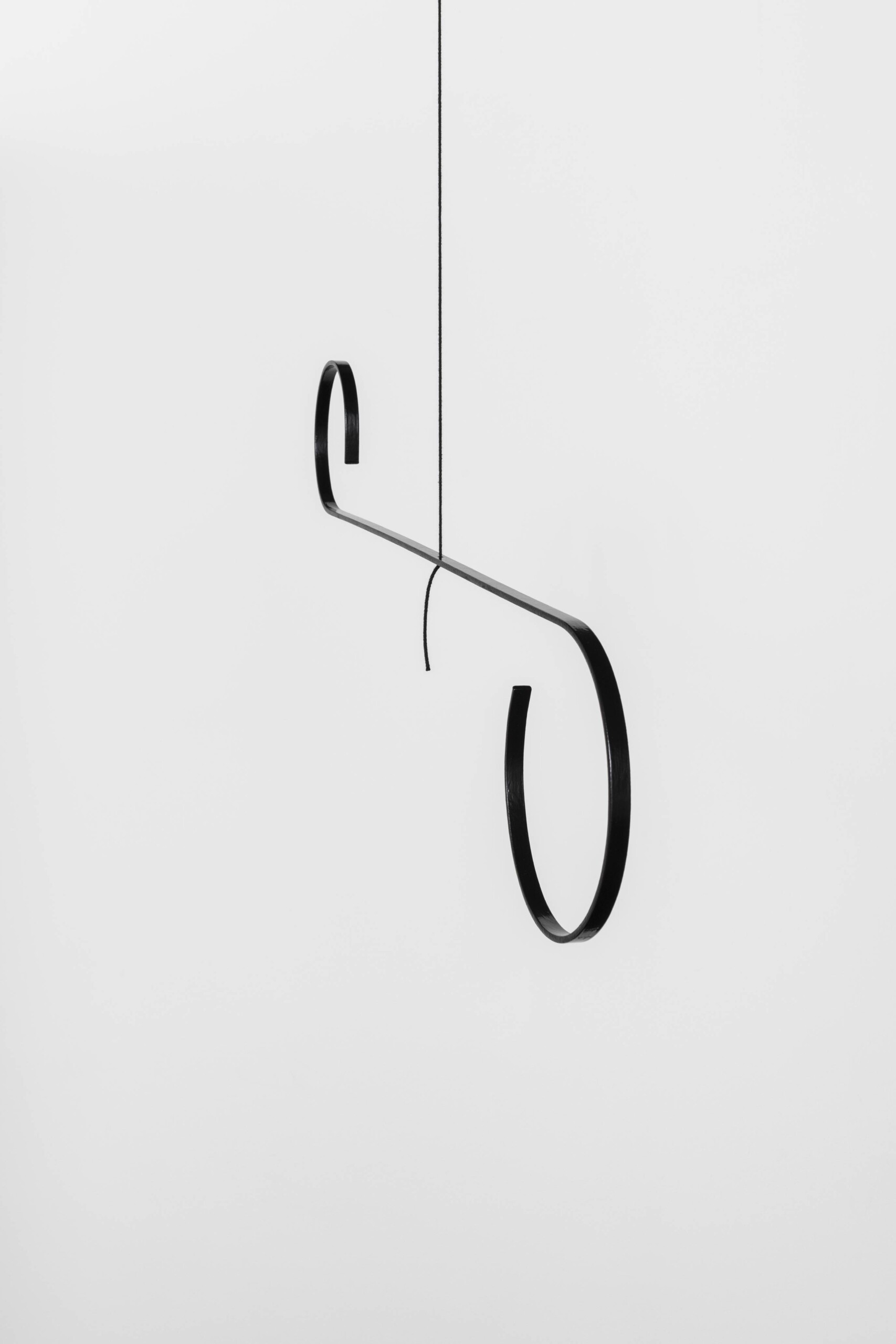

![Z [left]; Alpha [right]](https://belmacz.com/wp-content/uploads/2023/03/DSC4664HR-scaled.jpg)
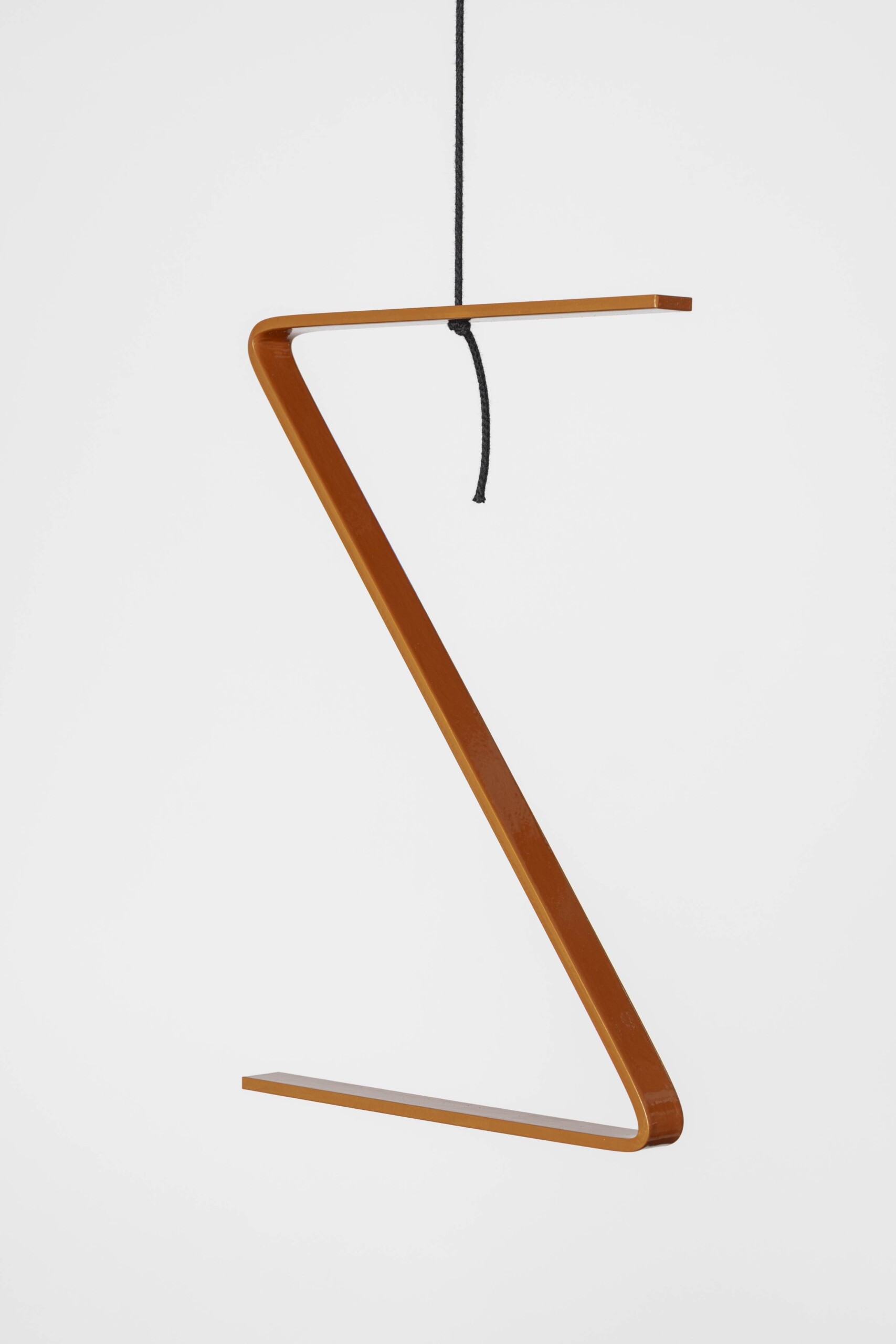
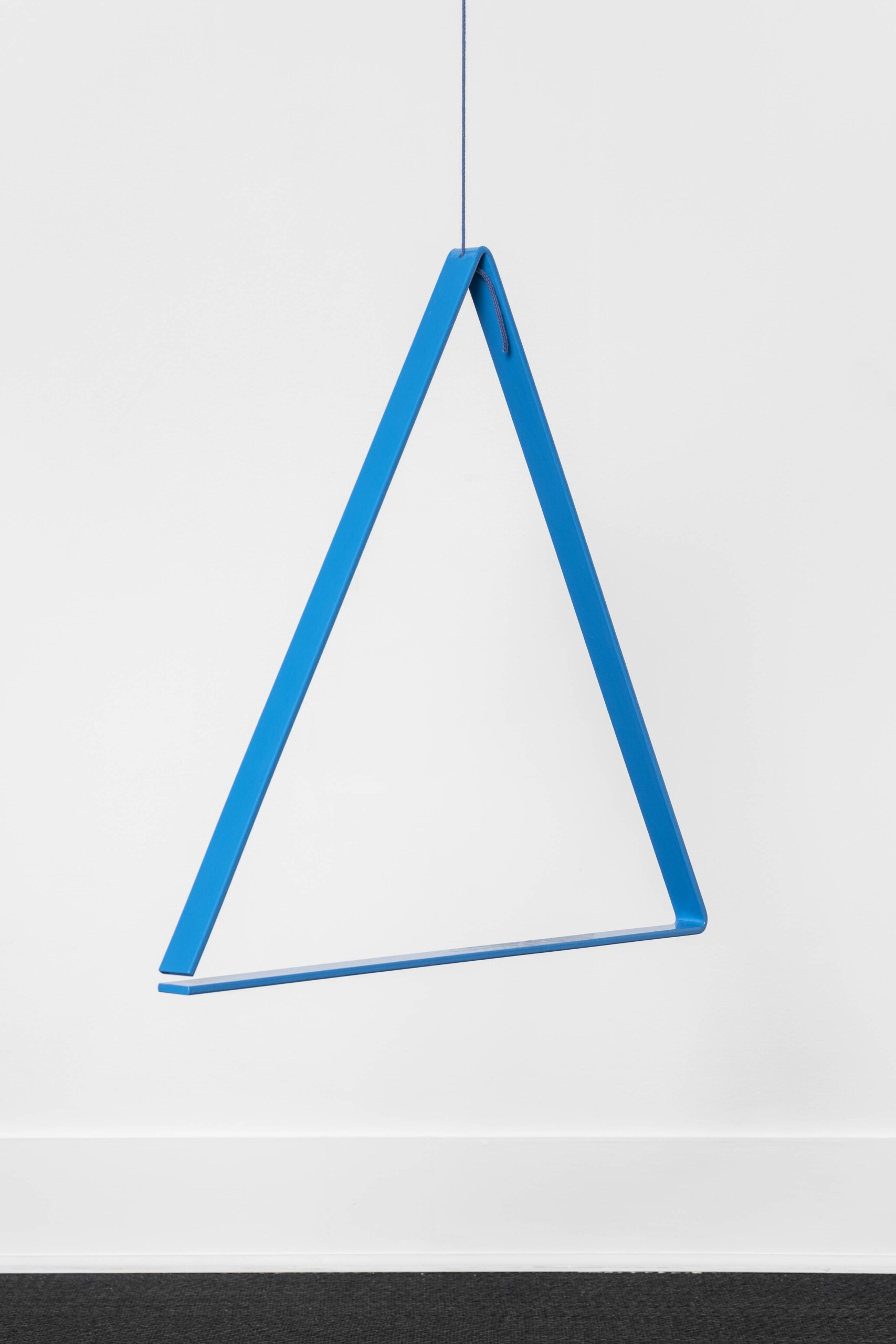

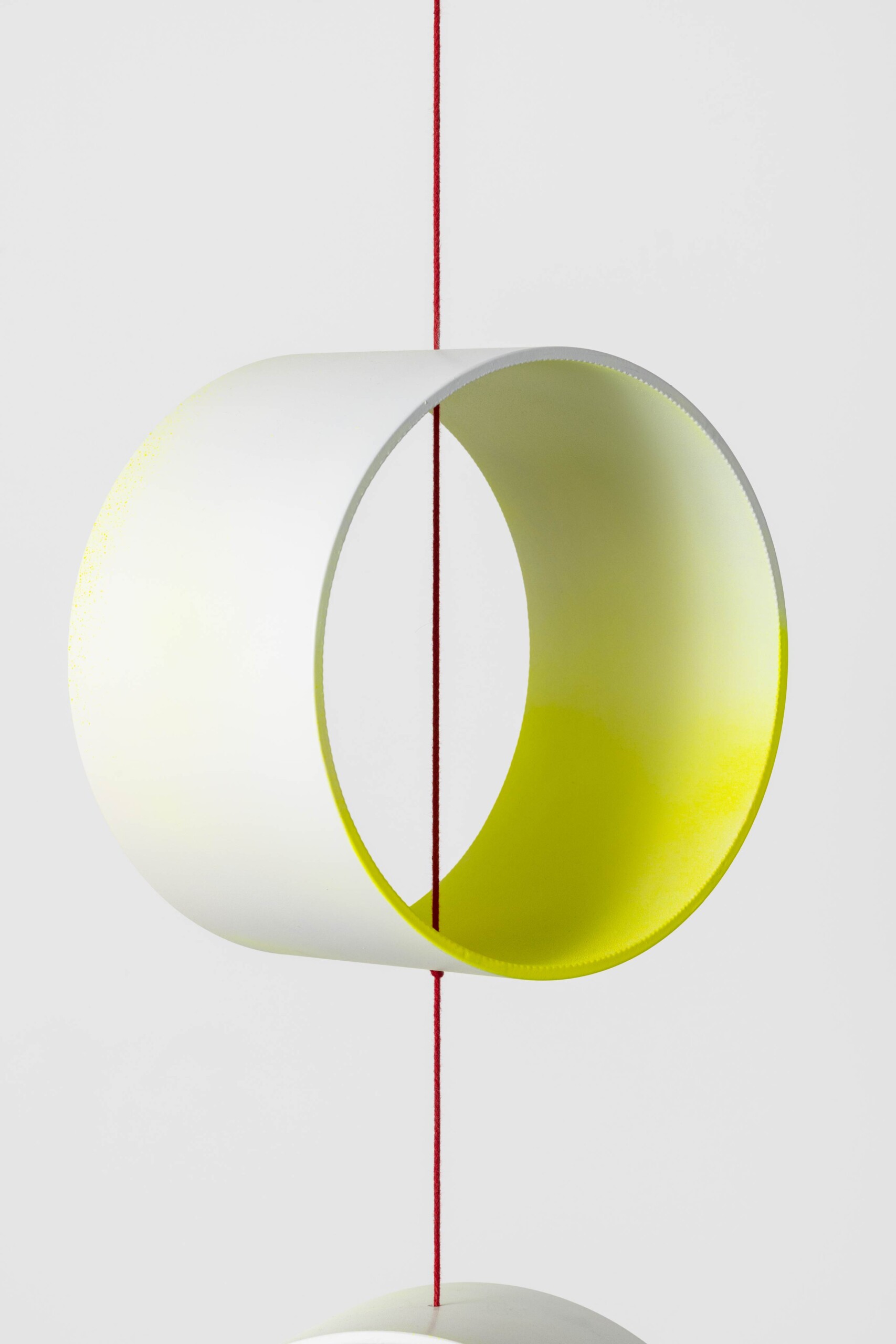





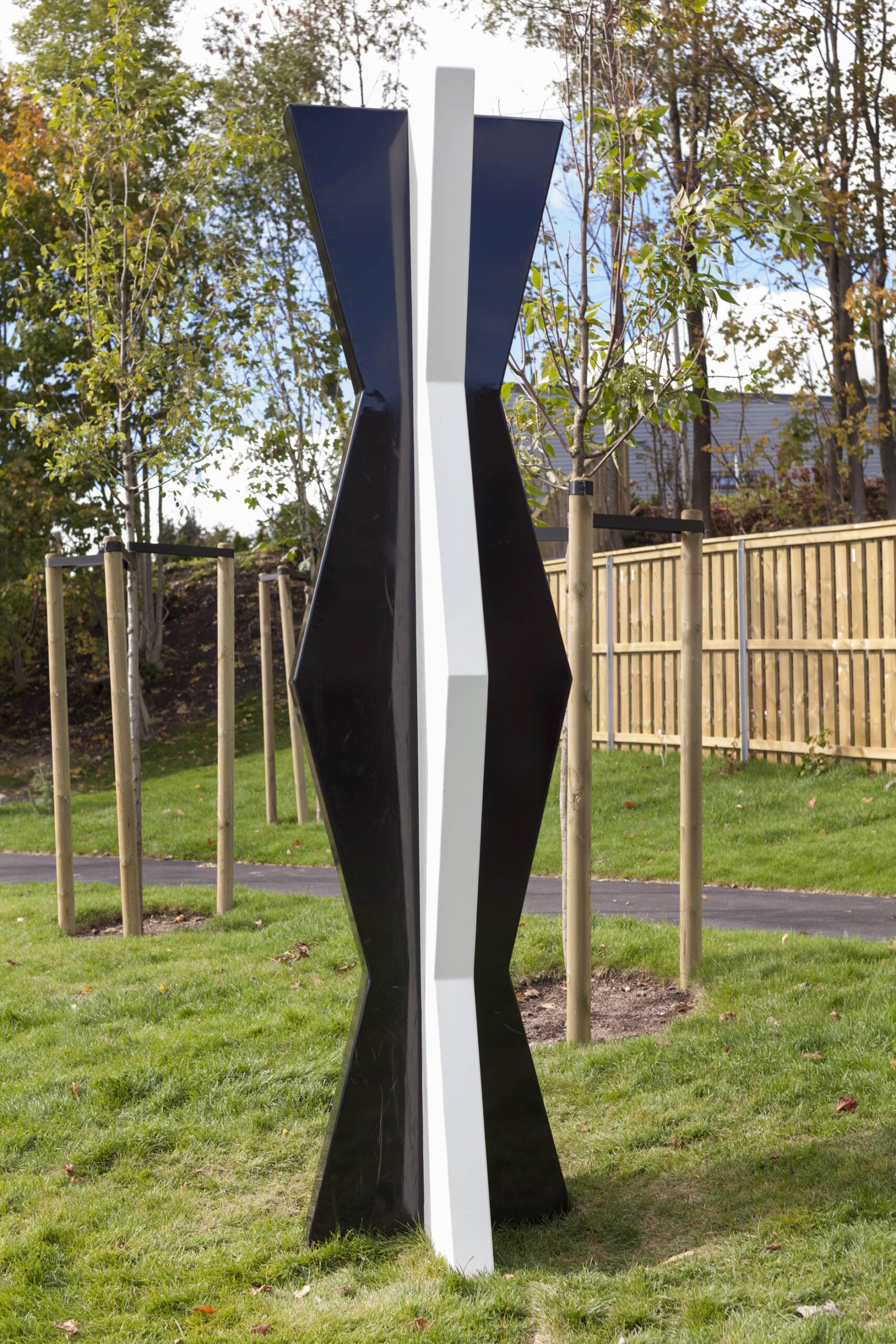
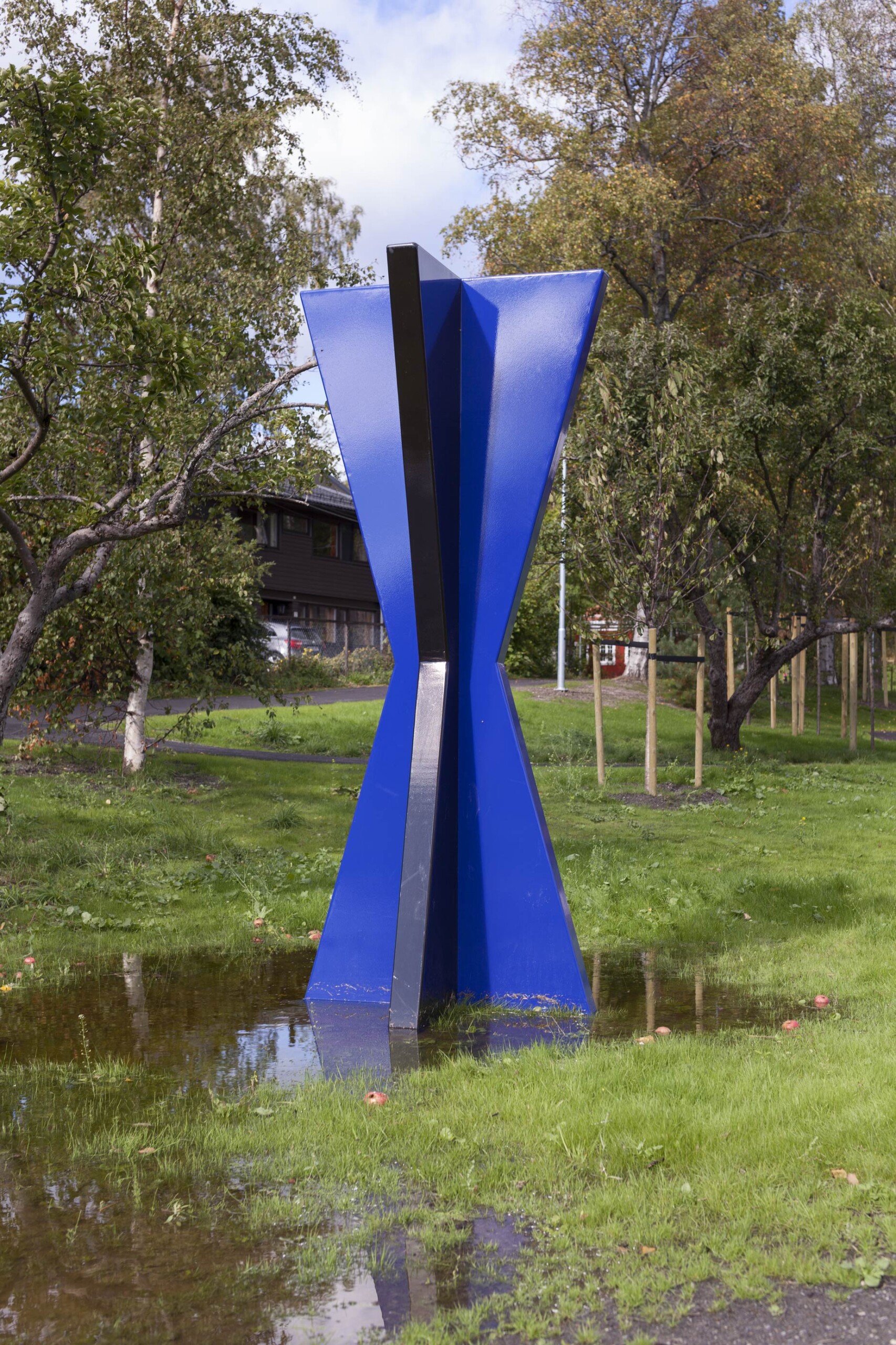



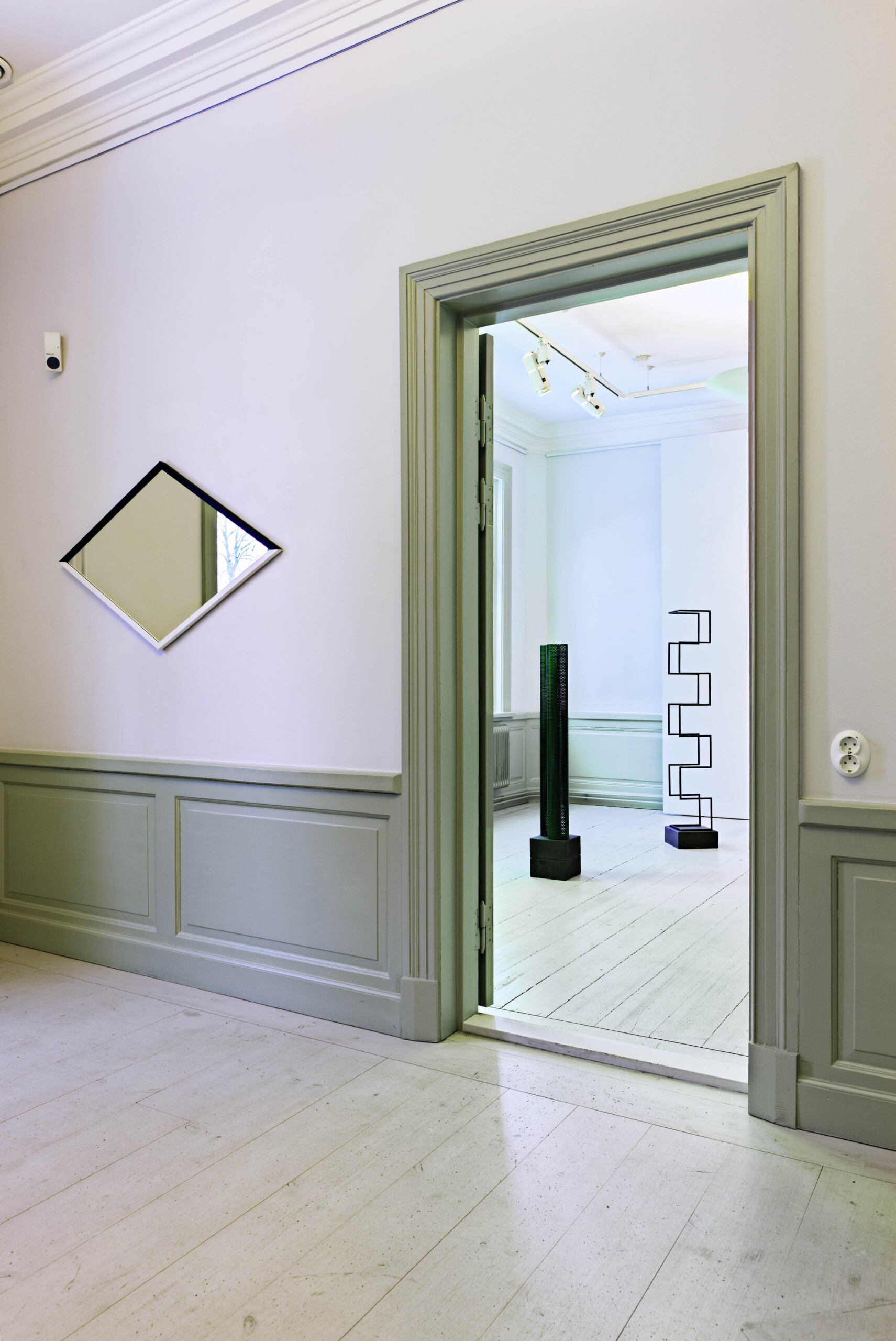
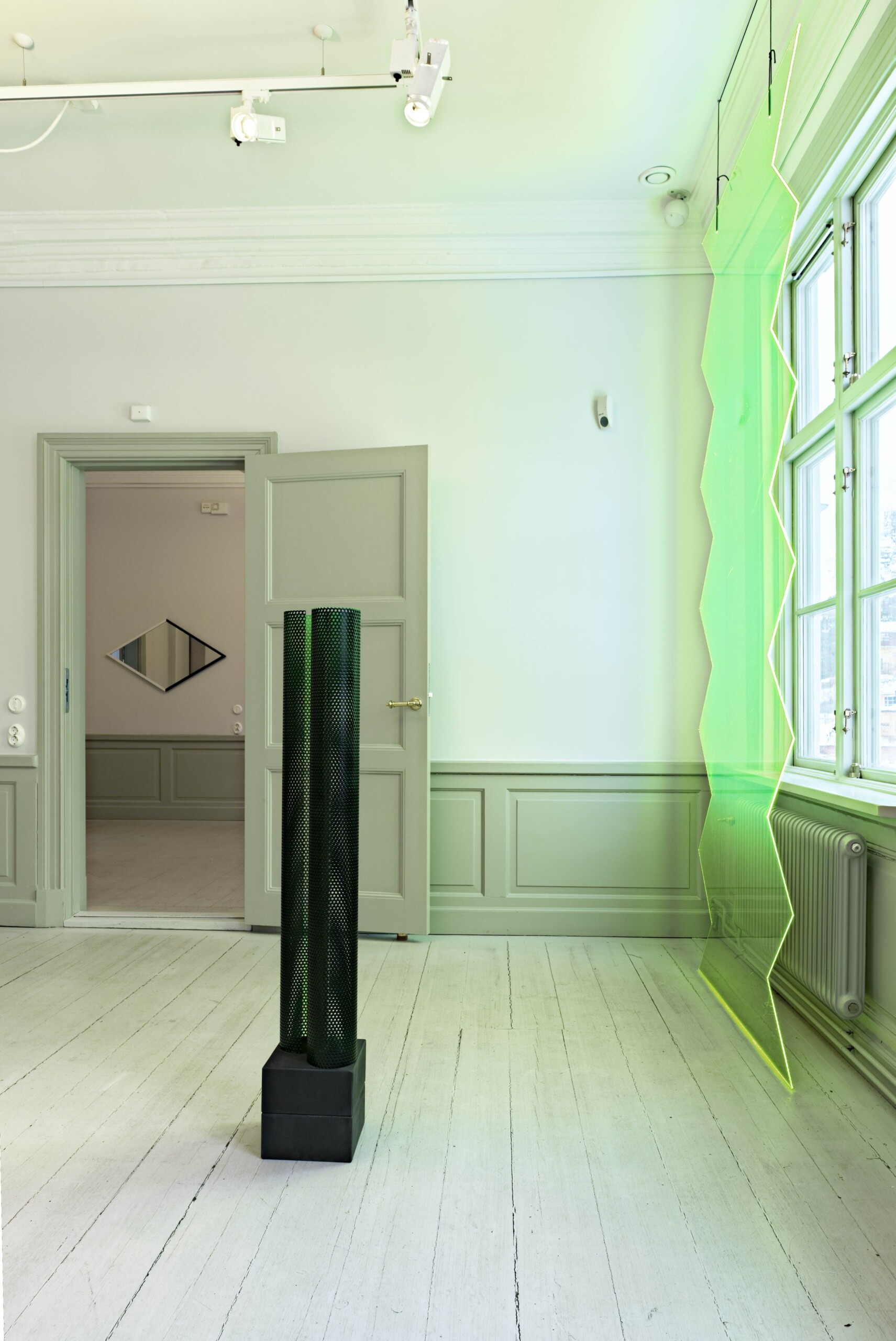

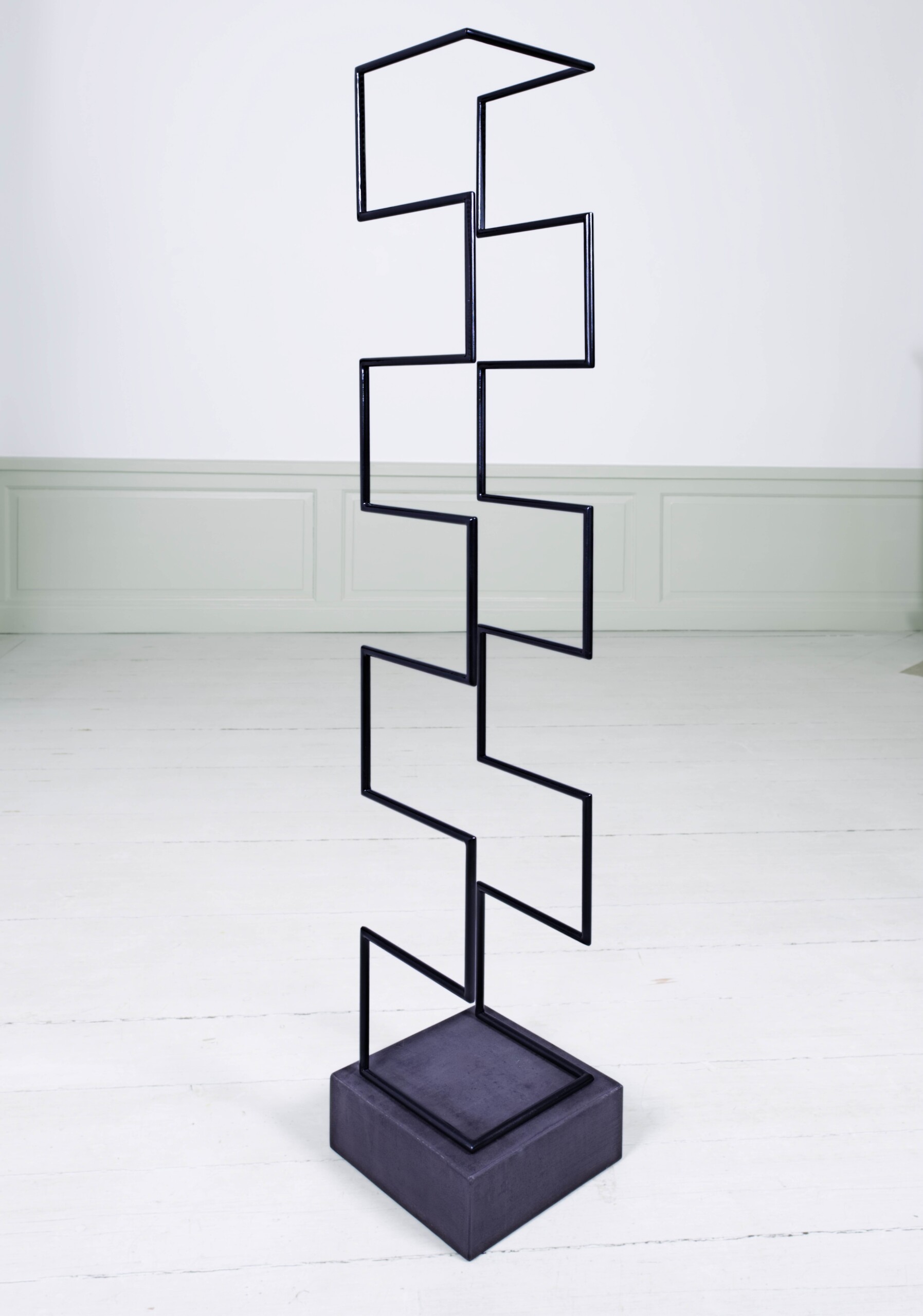
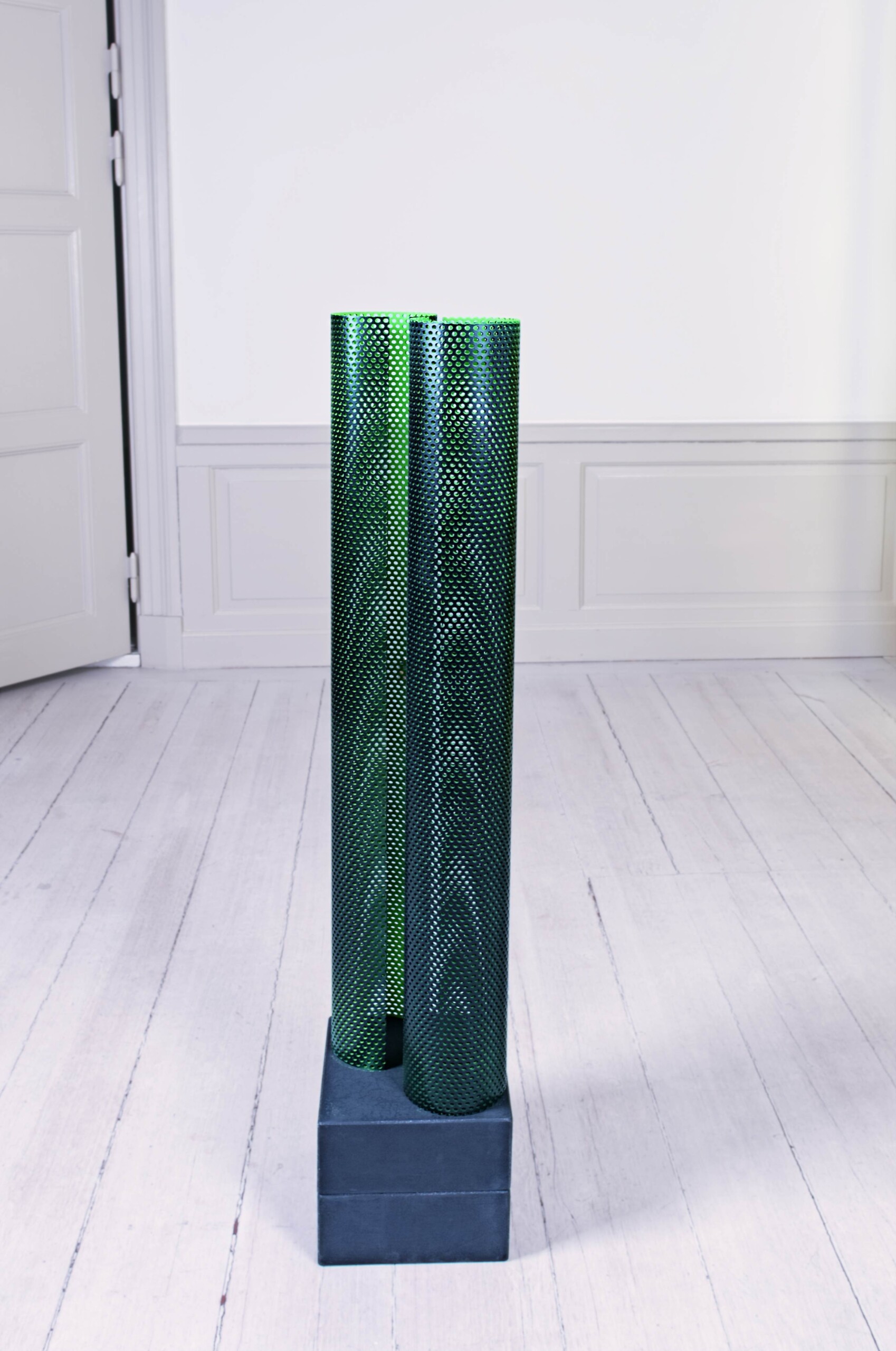
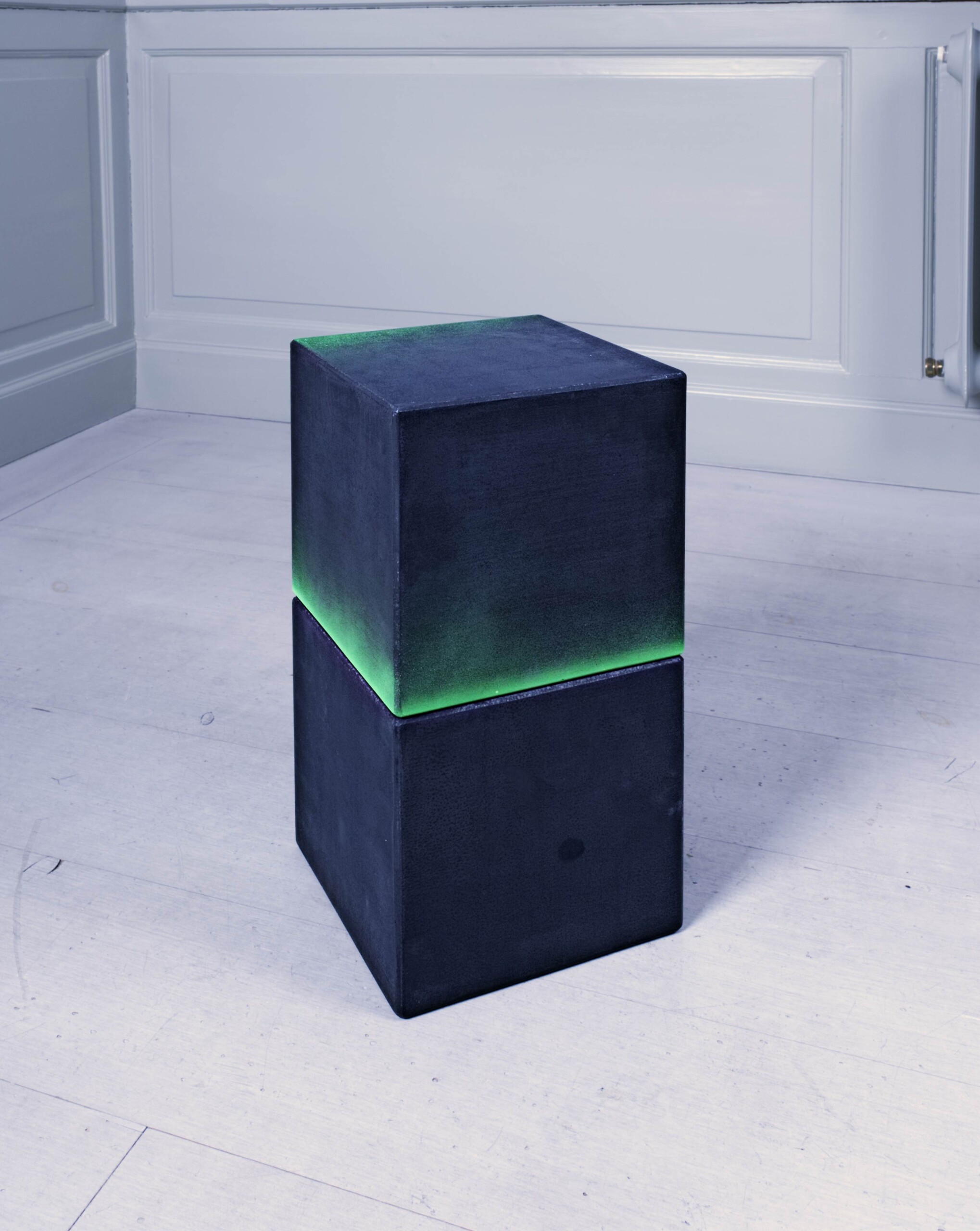
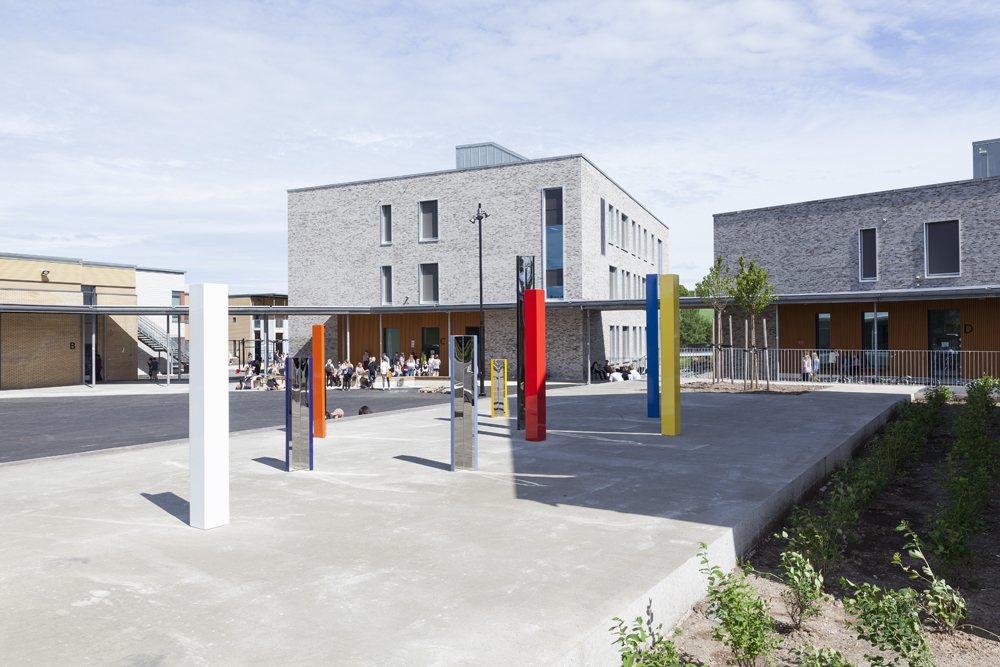
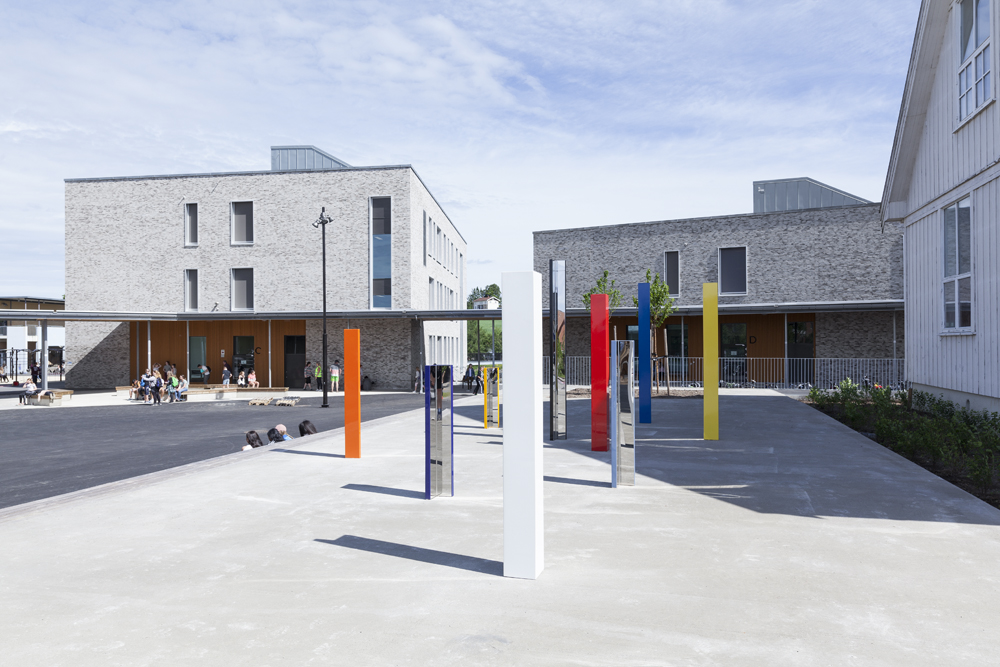

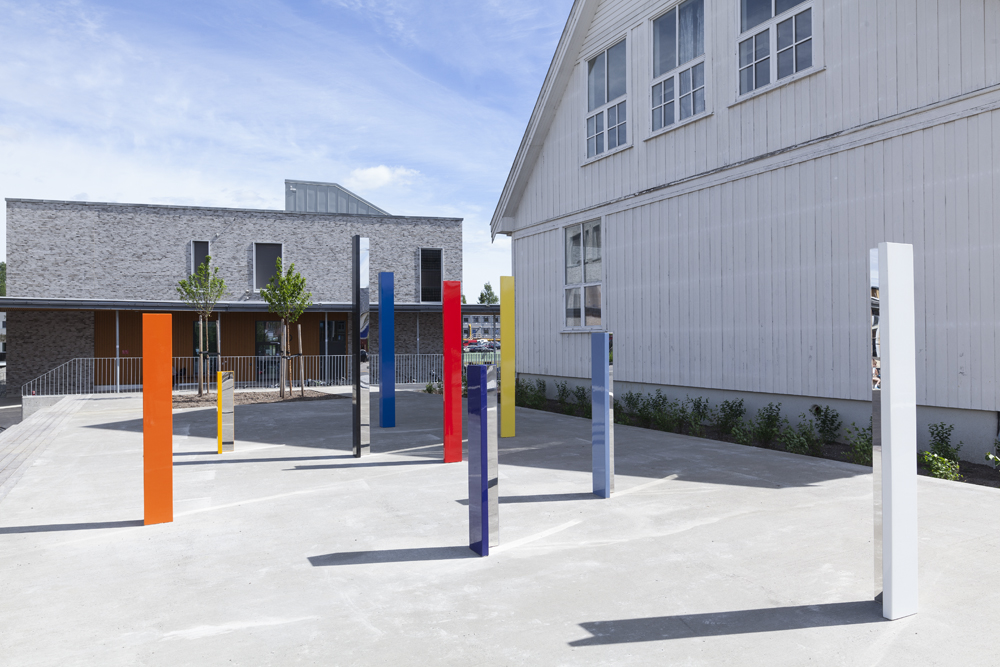
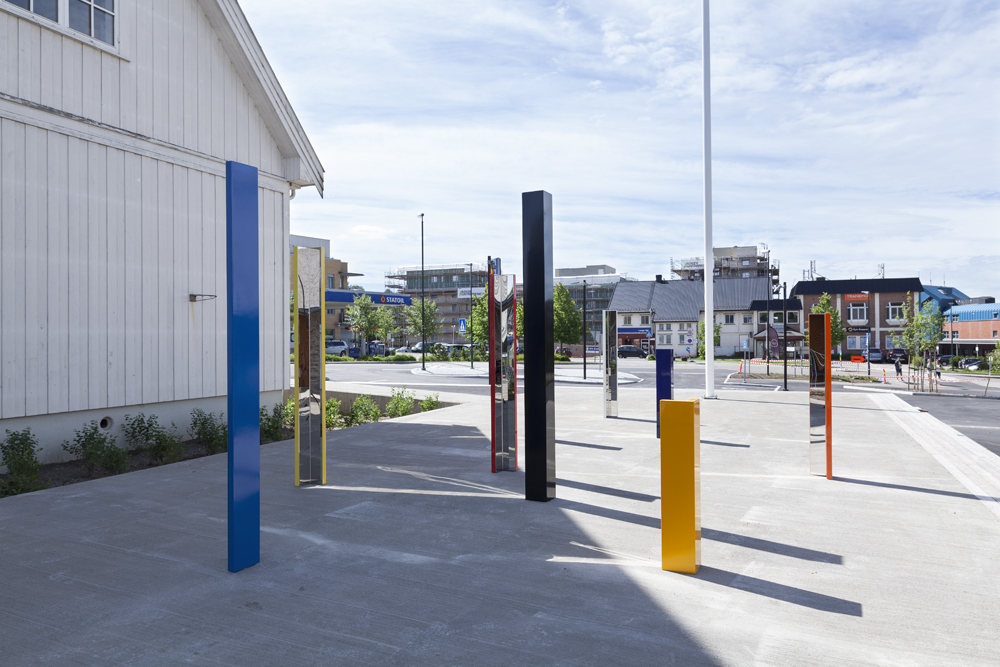
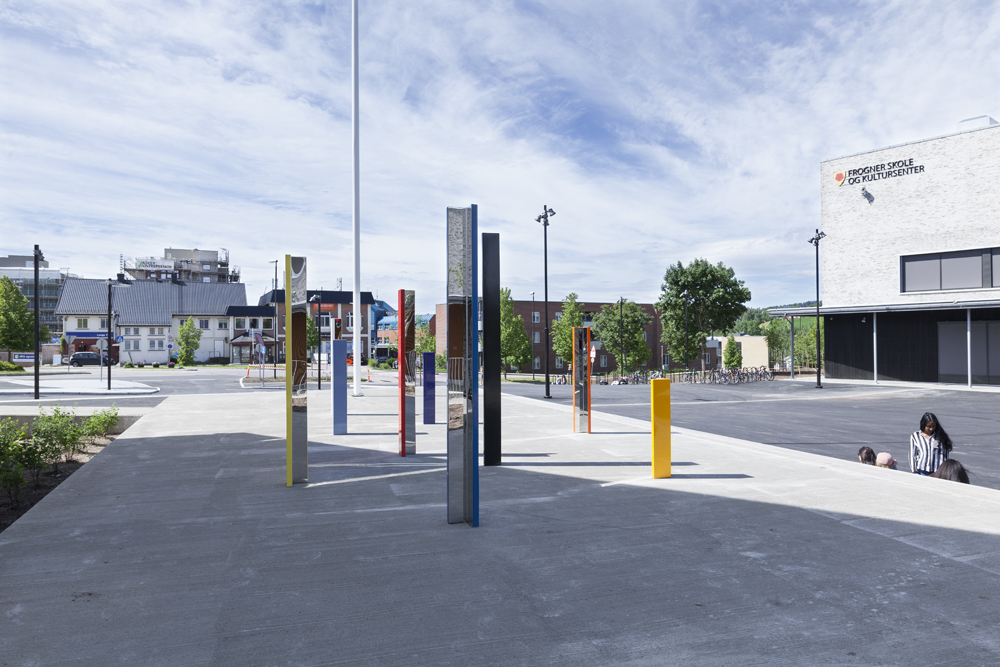
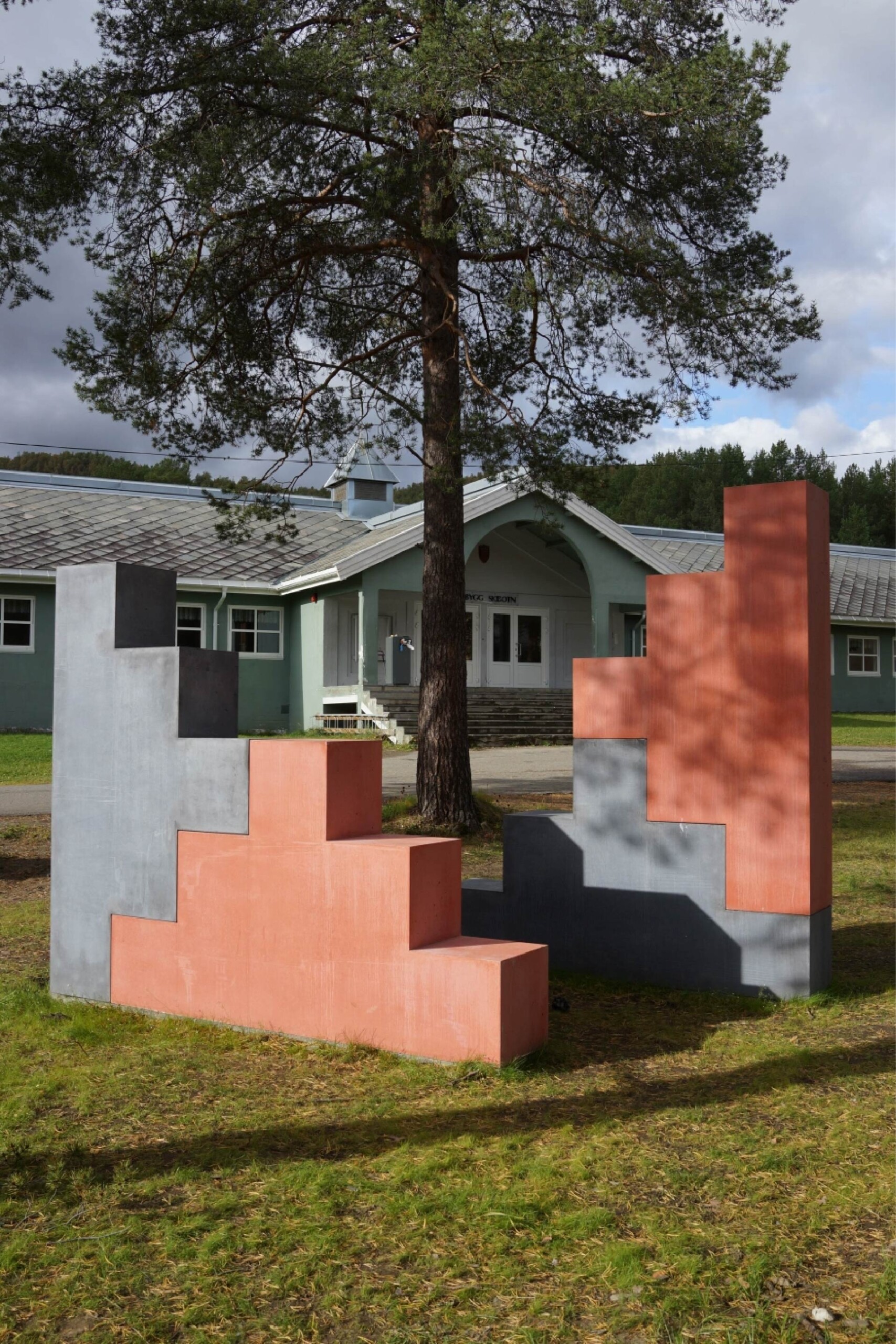

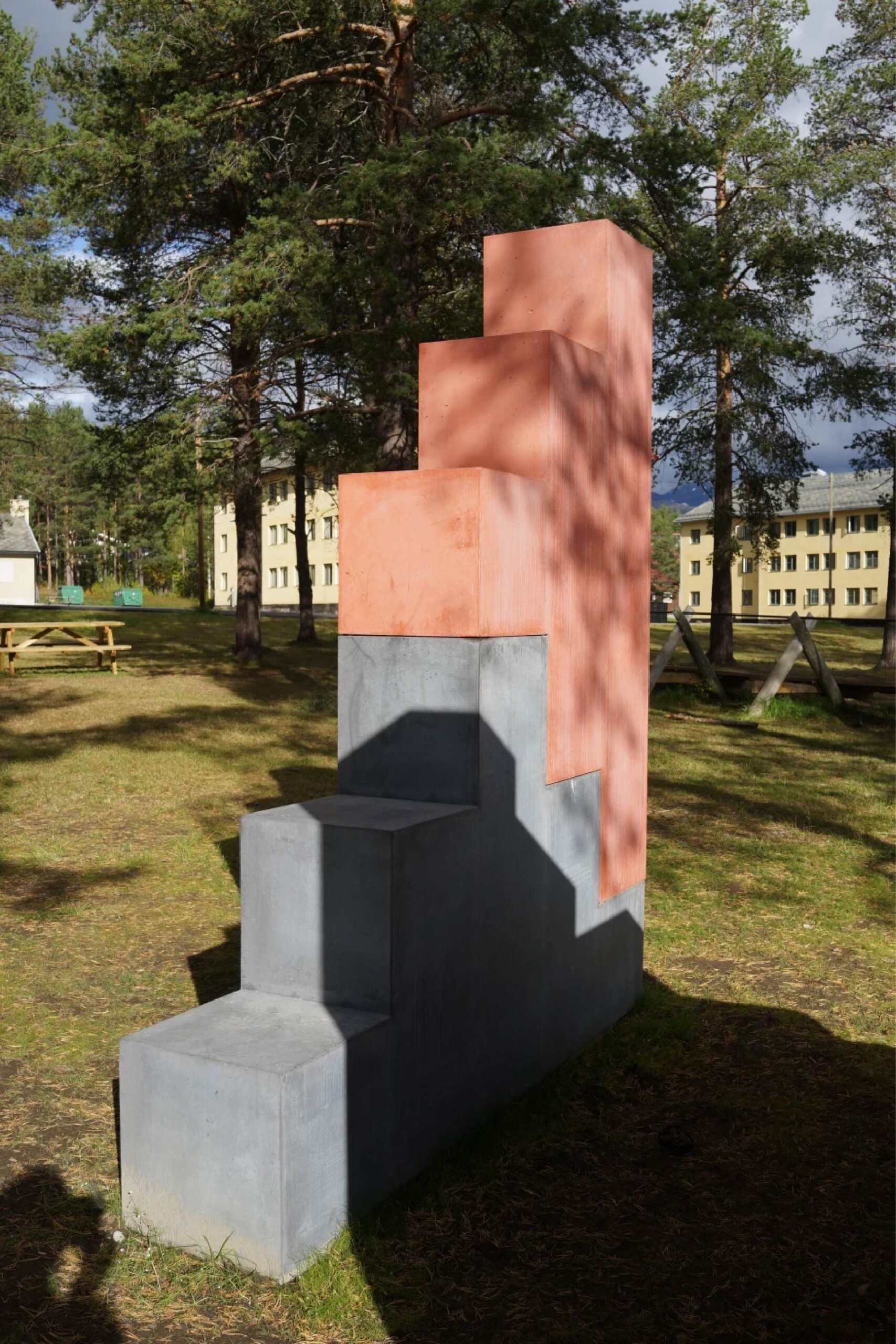
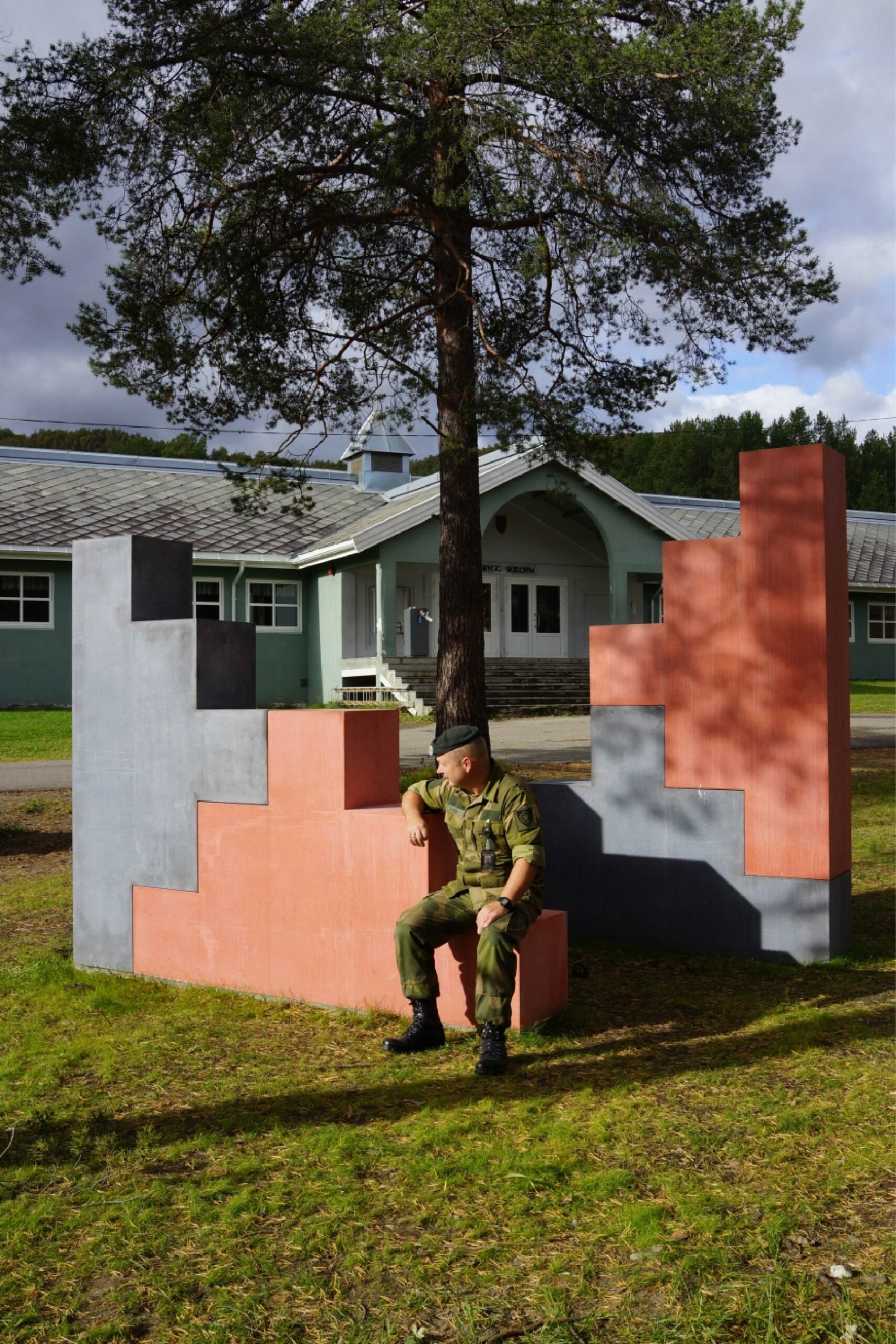
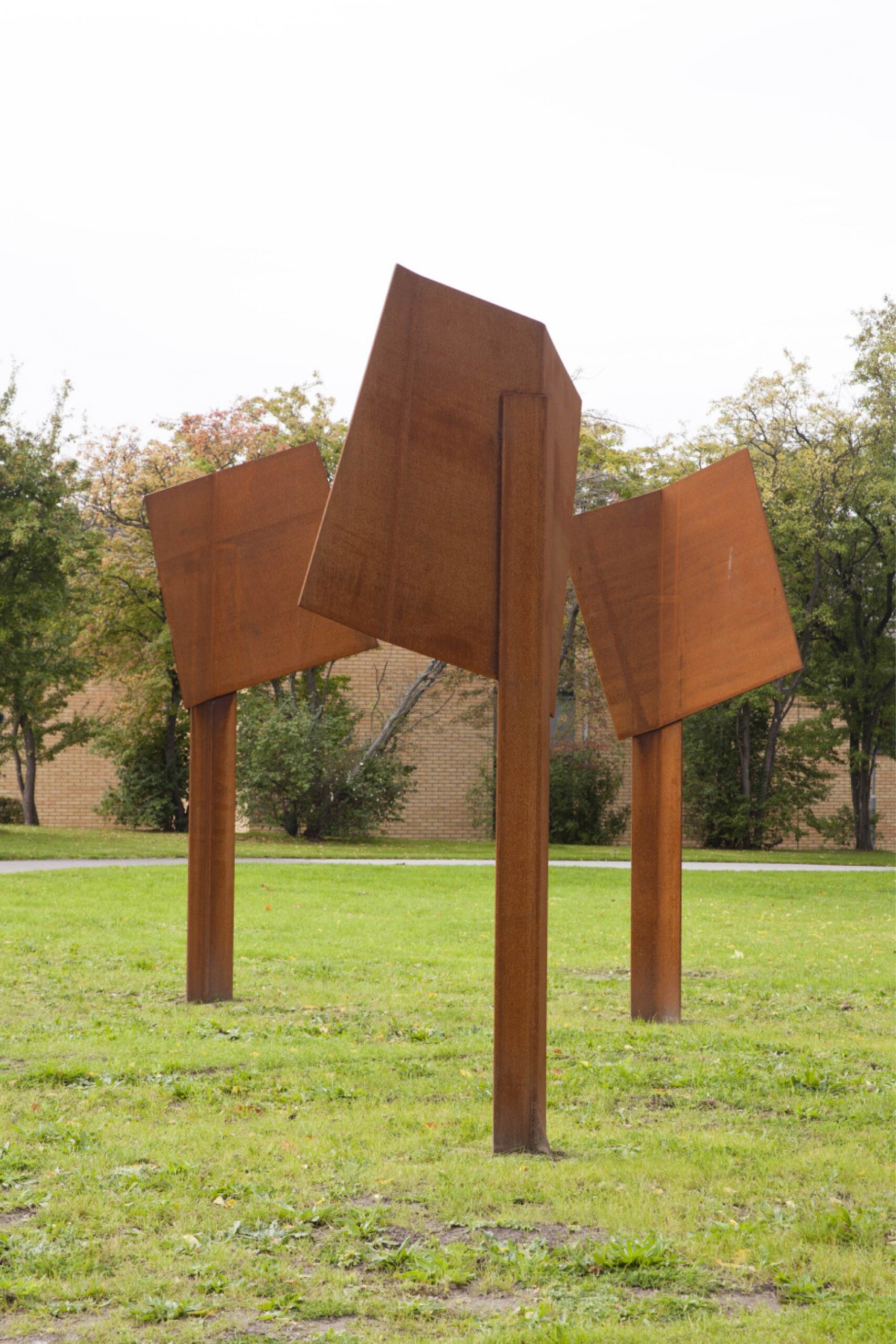

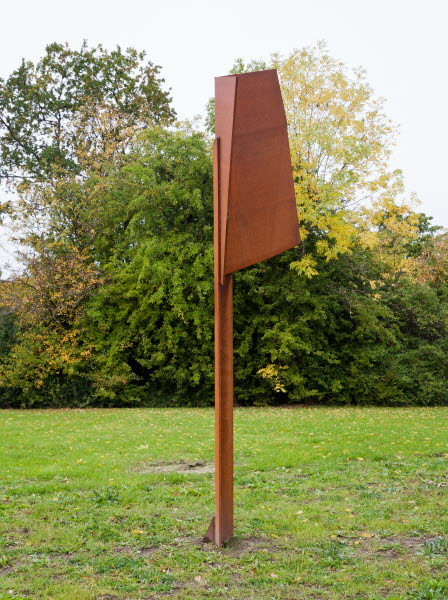
![Klang [detail]](https://belmacz.com/wp-content/uploads/2023/03/LOW_18_0016-Klang_3-2-scaled.jpg)
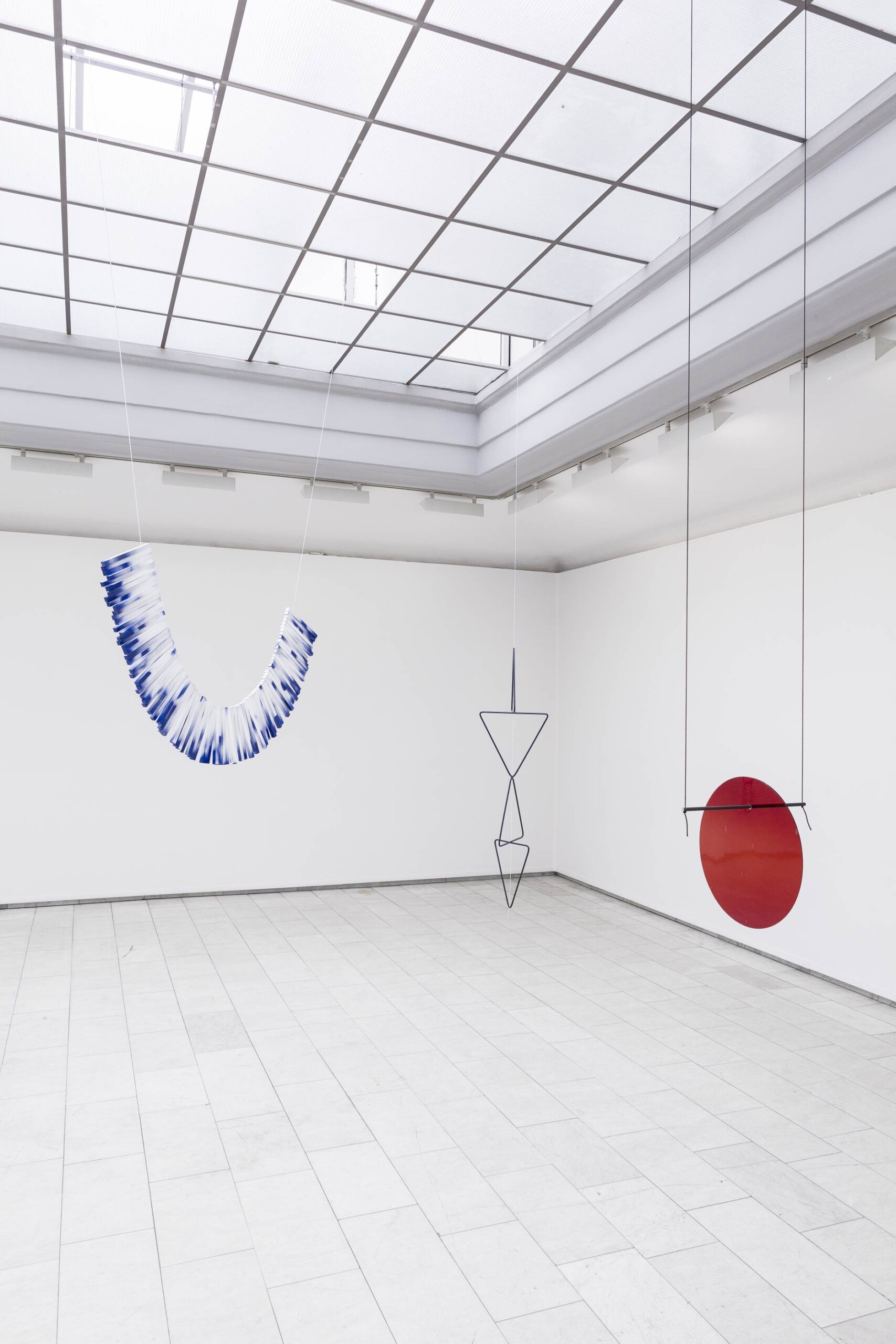
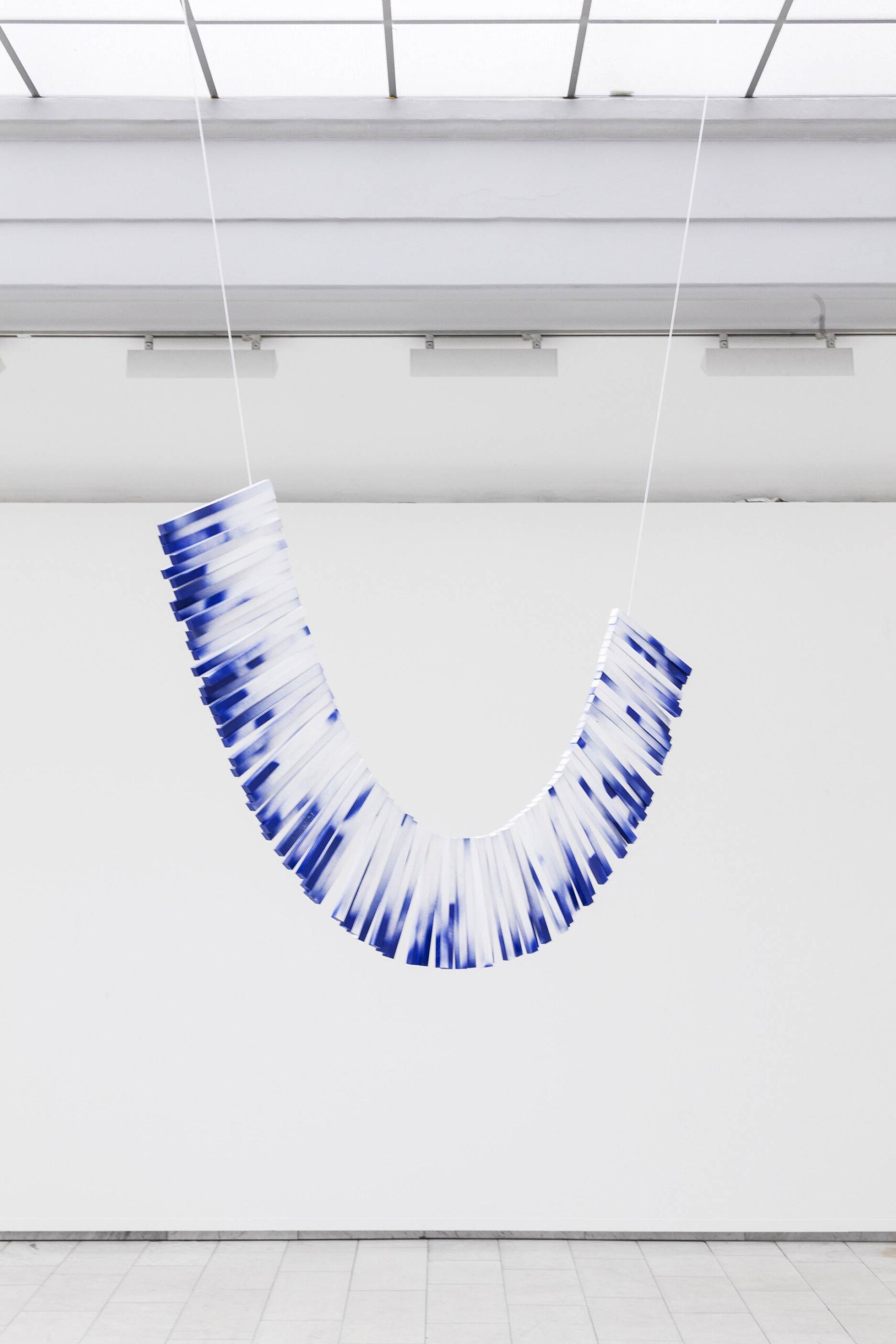
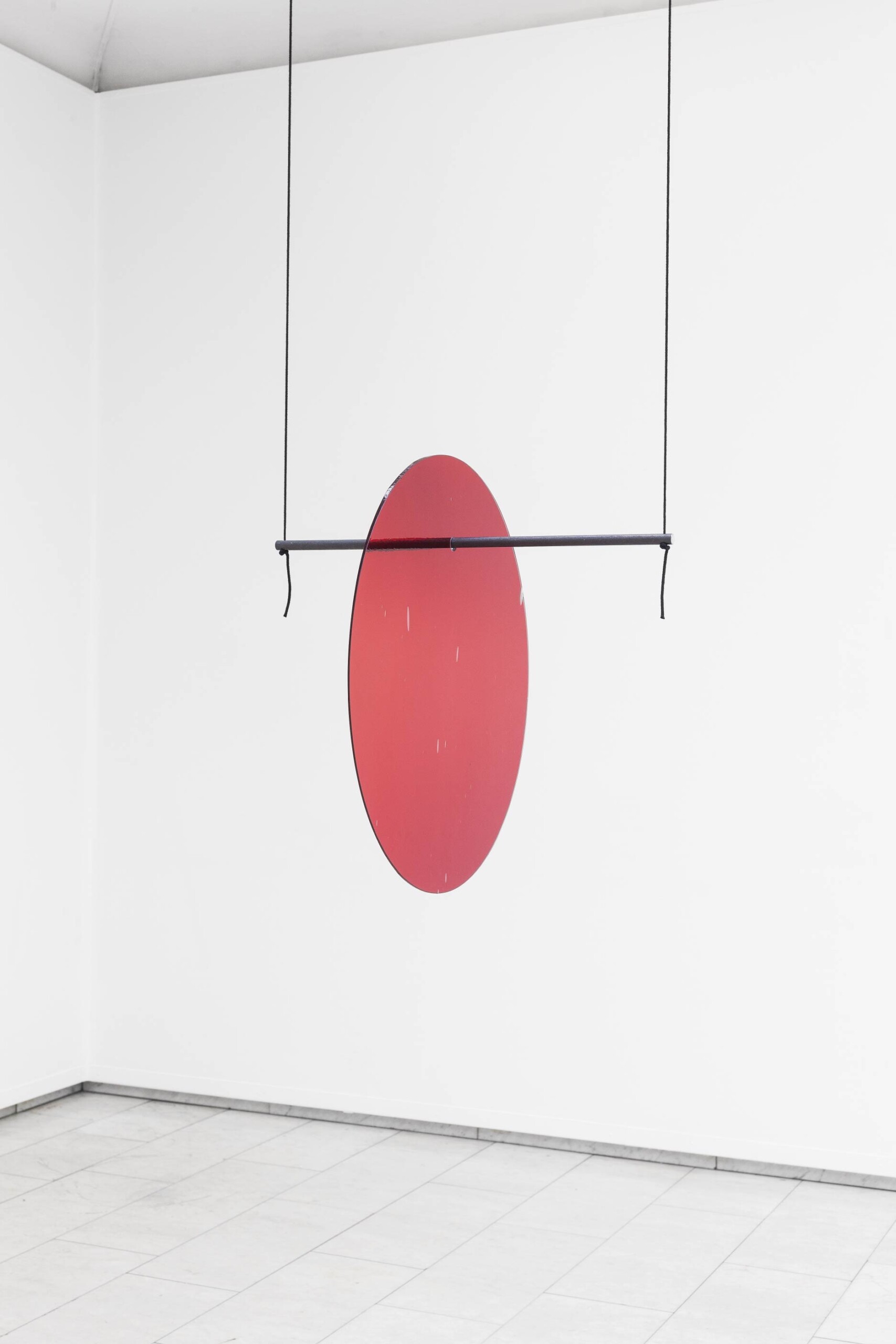


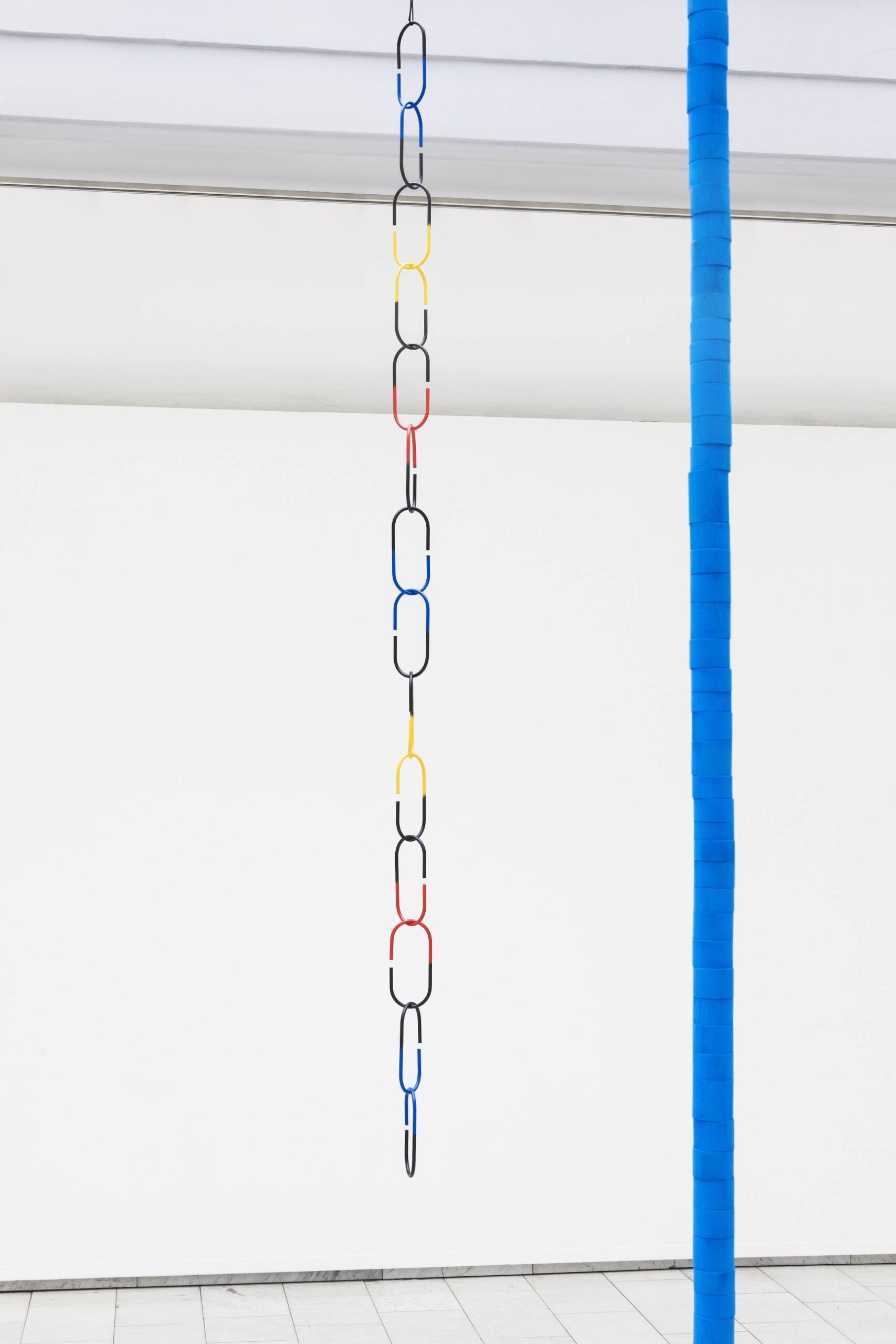
![Black Notes [detail]](https://belmacz.com/wp-content/uploads/2023/03/Black-Notes_detail_2016_Camilla-Low-scaled.jpg)
